
Artists
-
Haig AIVAZIAN
Born in 1980 in Beirut, Lebanon. Lives and works in Beirut.
Active as an artist and curator, Aivazian works with installation, video, drawing, sculpture and performance. He explores apparatuses of control and sovereignty at work in sports, museums and music. For this Triennale, Aivazian presents an installation consisting of floodlights and wall drawings made with fitness chalk balls. The work activates a history of mass surveillance, from public lighting to predictive policing. He has held solo and group exhibitions in KADIST in Paris in 2017, MAXXI, the National Museum of 21st Century Arts in Rome, Nottingham Contemporary in the UK in 2017, Wexner Center for the Arts in Ohio in 2018, Jameel Arts Centre in UAE and the San Francisco Museum of Modern Art in 2019.- Venue:
- PLOT48
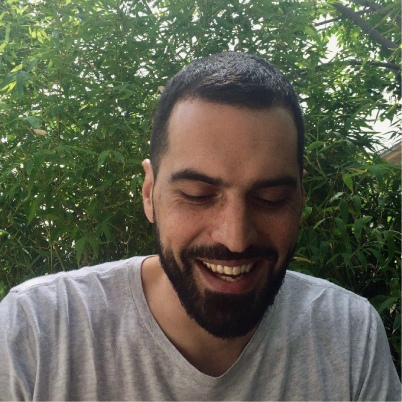
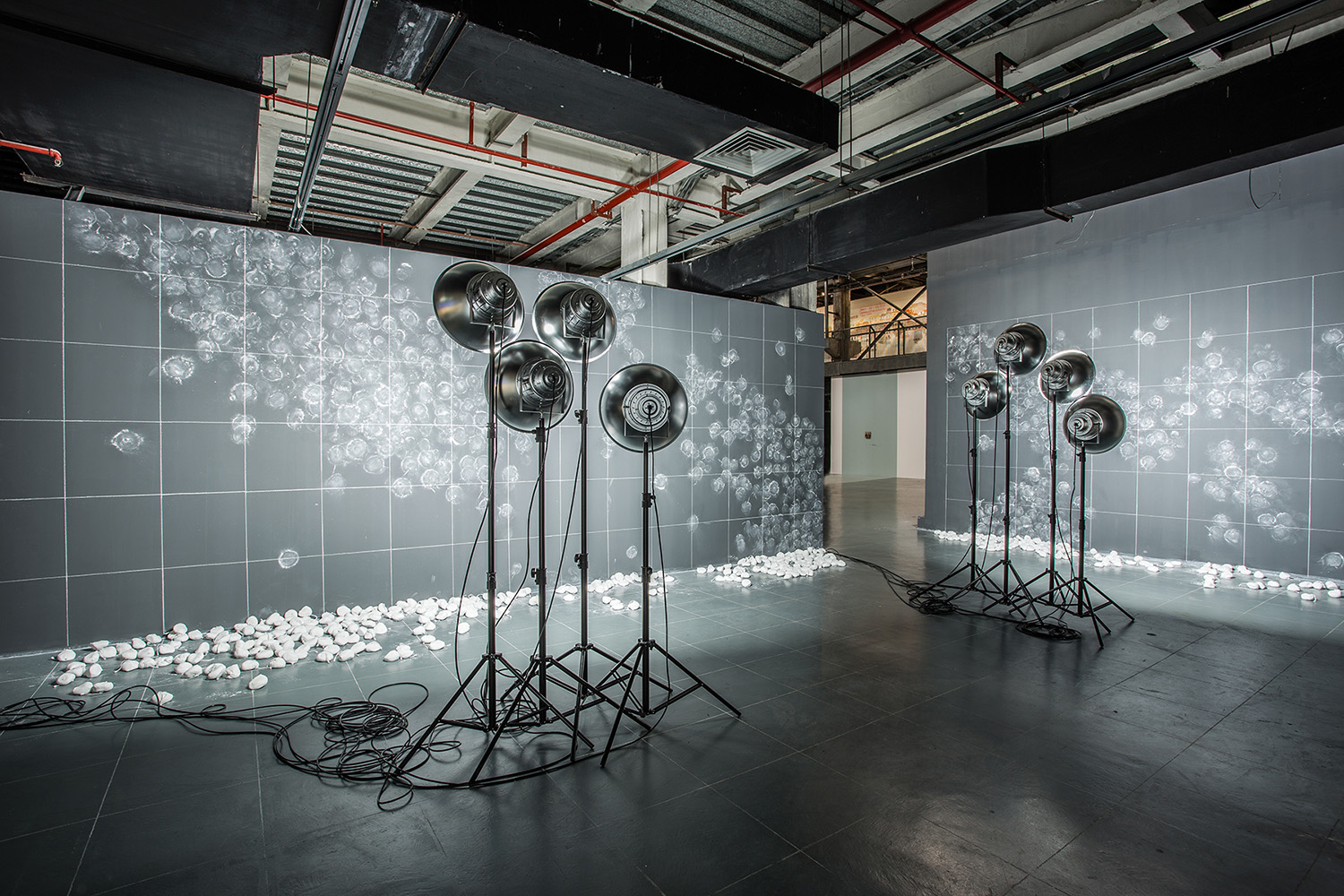
1440 SUNSETS PER 24 HOURS, 2017
© Haig Aivazian, Courtesy of the artist
-
Farah AL QASIMI
Born in 1991 in Abu Dhabi, UAE. Lives and works in New York and Dubai.
Al Qasimi works in photography, video and performance and examines postcolonial structures of power, gender and taste in the Gulf Arab states. Her recent commission with Public Art Fund “Back and Forth Disco” is on view around New York City through May 17, 2020. Her work has been featured in exhibitions at Jameel Arts Centre, Dubai; the CCS Bard Galleries at the Hessel Museum of Art, New York; Helena Anrather, New York; The Third Line, Dubai; the List Visual Arts Center at MIT, Cambridge; the Museum of Contemporary Art, Toronto; and the Houston Center for Photography. Al Qasimi has participated in residencies at the Delfina Foundation, London and the Skowhegan School of Painting and Sculpture, Maine.
- Venue:
- PLOT48
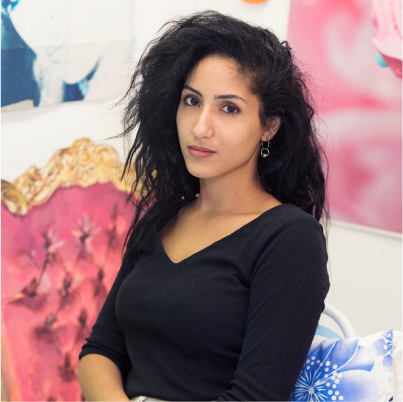
Photo by Matthe Leifheit
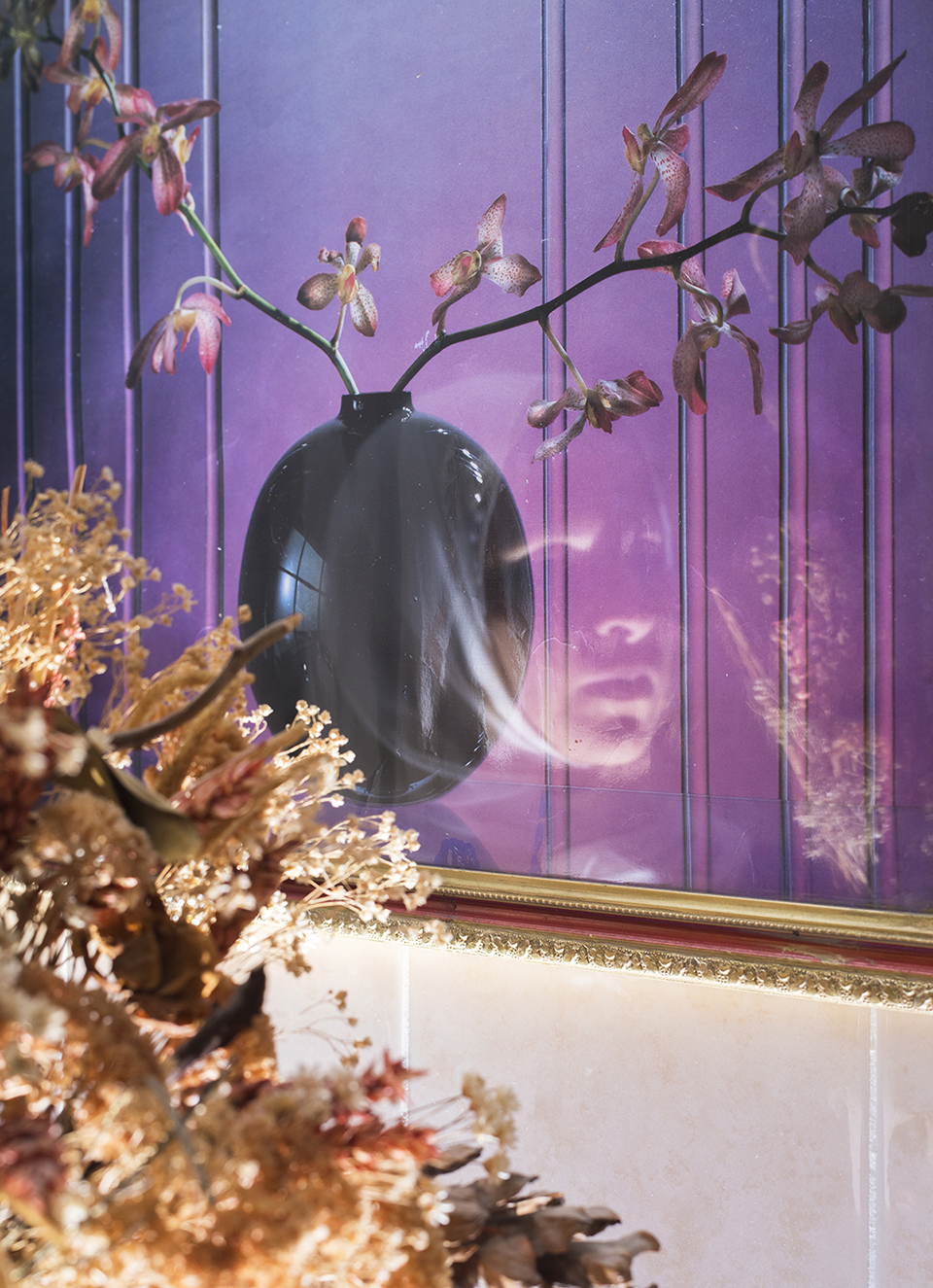
A's Reflection, 2019
Courtesy of The Third Line and Helena Anrather
-
Morehshin ALLAHYARI
Born in 1985 in Tehran, Iran. Lives and works in New York.
Allahyari employs digital technologies such as computer modeling and explores the intersection of technology and art activism. Exhibited in this Triennale is her VR installation She Who Sees The Unknown: Ya’jooj, retelling the stories of Ya’jooj and Ma’jooj, whom according to the Qur’an, spread great mischief on earth and represent chaos, so an iron wall was built to detain them, separating them from humans.According to the prophecy, the wall would crumble one day and their release would precede ‘the end of the days’. Allahyari uses the images of monstrous female and queer figures portrayed in Islamic cultures as points of departure to tell new stories in relationship to catastrophes of our time. She is the recipient of the leading global thinkers of 2016 award by Foreign Policy magazine, The Joan Mitchell Foundation Painters & Sculptors Grant, and The Sundance Institute New Frontier International Fellowship in 2019.- Venue:
- Yokohama Museum of Art
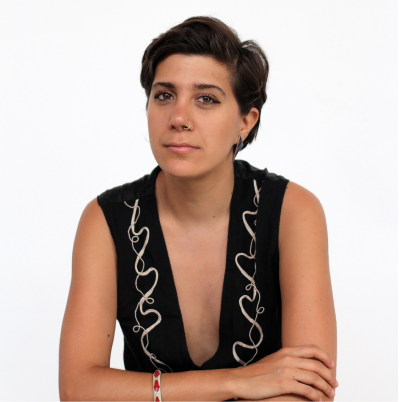
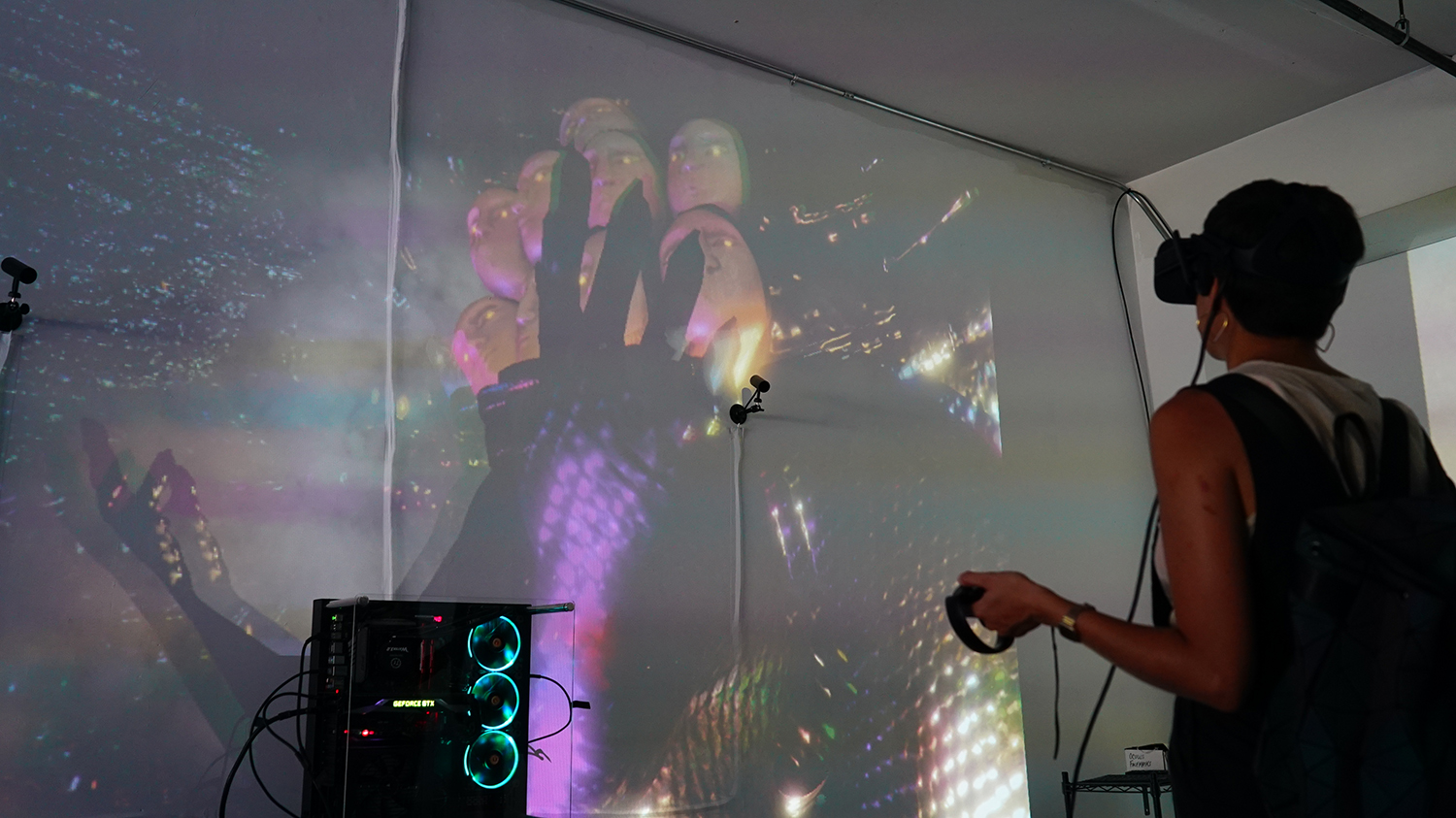
She Who Sees The Unknown: Ya'jooj Ma’jooj, 2017
Courtesy of Morehshin Allahyari
Photo by Artist
-
Robert ANDREW
Born in 1965 in Perth, Australia. Lives and works in Brisbane.
Andrew is a descendant of the Yawuru people whose Country is the lands and waters of the Broome area in the Kimberley Region, Western Australia. His work investigates the personal and family histories that have been denied or forgotten. Andrew’s work speaks to the past yet articulates a contemporary relationship to his Country―using technology to make visible the interconnecting spiritual, cultural, physical, and historical relationships with the land, waters, sky, and all living things. Programmable machinery is combined with earth pigments, ochres, rocks and soil to mine historical, cultural and personal events that have been buried and distanced by the dominant paradigms of western culture. He participated in Ars Electronica in Austria in 2017 and “The National 2019: New Australian Art” in 2019.- Venue:
- Yokohama Museum of Art
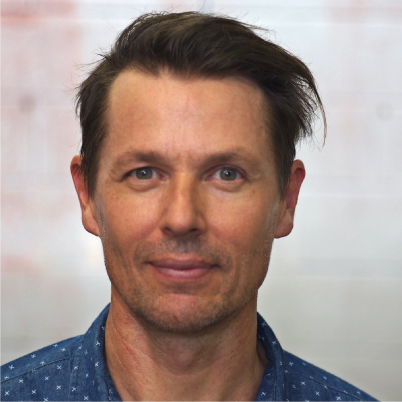
Courtesy of the artist
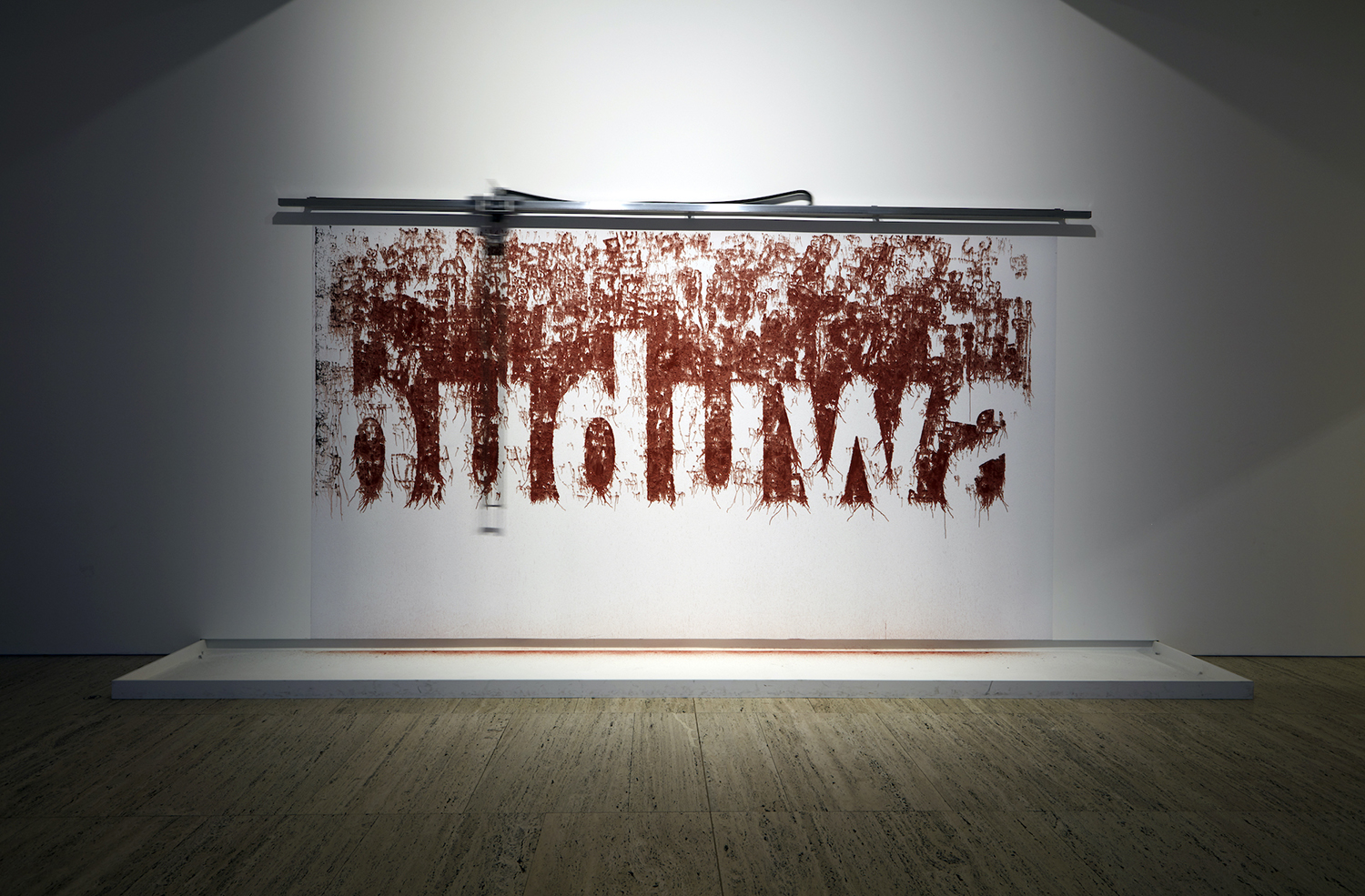
A Connective Reveal ̶ Language, 2019
© Robert Andrew, Courtesy of the artist and Milani Gallery, Brisbane
Photo by AGNSW, Diana Panuccio
-
AONO Fumiaki
Born in 1968 in Miyagi, Japan. Lives and works in Miyagi.
Aono has consistently explored the act of ‘repairing’ in his sculptural works since the 1990s. He works with objects such as worn-out furniture and articles washed ashore and engages in creative mending, using his imagination to combine their missing parts with different objects. For this Triennale, Aono exhibits a group of sculptures including a new large-scaled, site-specific work. He participated in the Aichi Triennale in 2013 and “Roppongi Crossing” at the Mori Art Museum in Tokyo in 2019. He also held a solo exhibition “AONO FUMIAKI―Mono, sleeping, Koejiyama, voice-over” at the sendai mediatheque in 2019.- Venue:
- Yokohama Museum of Art
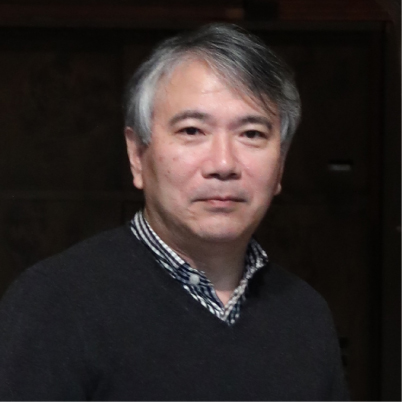
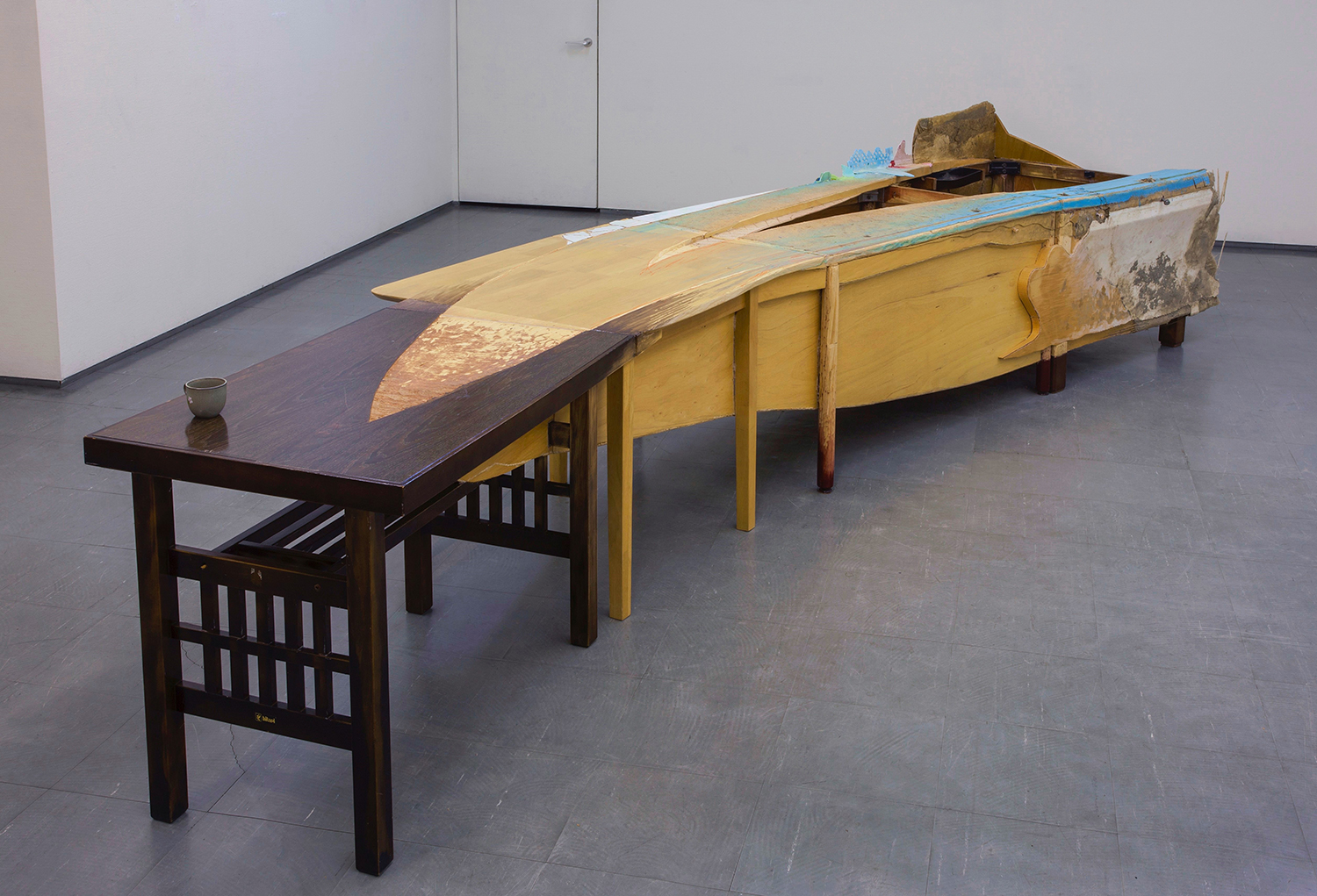
Mending, Substitution, Consolidation, Incursion, Serial Arrangement,
“Restoration of a Scrapped Vessel Salvaged from Ishinomaki
after the Great East Japan Earthquake and Tsunami -2,” 2016, 2016 -
ARAI Takashi
Born in 1978 in Kanagawa, Japan. Lives and works in Kanagawa.
Arai uses daguerreotypes, one of the first photographic process, to create works including the series reflecting his interest in nuclear issues. For this Triennale, Arai presents a new work on the theme of senninbari (one-thousand knots) that were stitched to pray for the safe return of soldiers on their way to war. Arai received the Kimura Ihei Award in 2016 and the Yokohama Cultural Awards: Incentive Prize in 2017. His works were exhibited in “Japanese Photography from Postwar to Now” at the San Francisco Museum of Modern Art and in the Shanghai Biennale in 2016.
- Venue:
- Yokohama Museum of Art
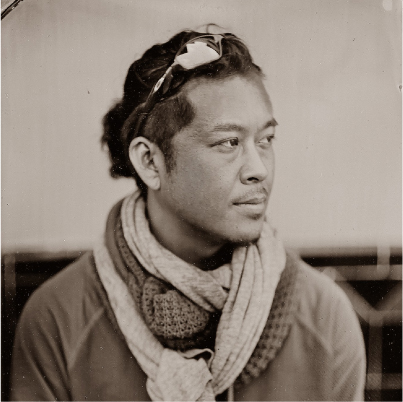
Photo by Anton Orlov
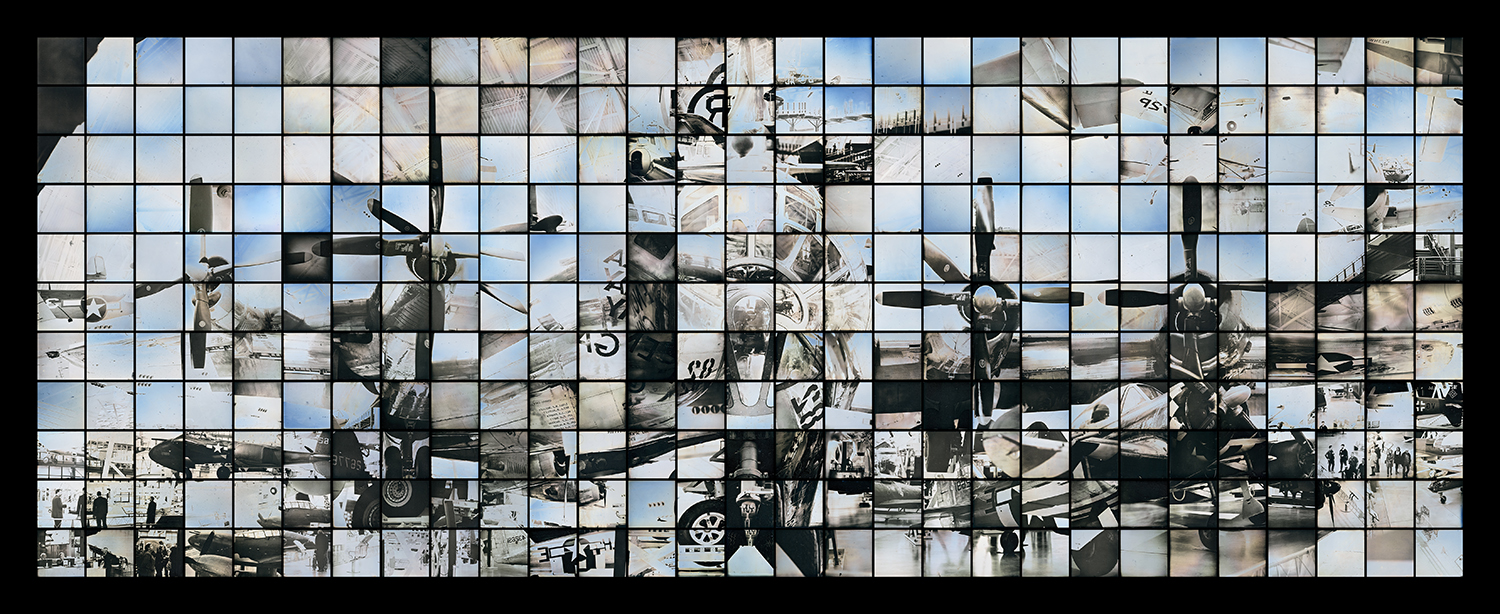
A Maquette for a Multiple Monument for B29: Enola Gay, 2016
© Takashi Arai, Courtesy of PGI
-
Korakrit ARUNANONDCHAI
Born in 1986 in Bangkok, Thailand. Lives and works in New York.
Arunanondchai makes films, performances, and installations to explore the influences of globalization on present-day Thailand. As seen in his film that combines pop-culture symbols, such as denim and hip-hop, with traditional Thai values, he examines the issues of identity, power structure, and mythmaking that take place in and between different cultures. He participated in the Biennale of Sydney in 2016 and the Venice Biennale, the Istanbul Biennial, the Asian Art Biennial in Taiwan, and the Singapore Biennale in 2019.
- Venue:
- PLOT48
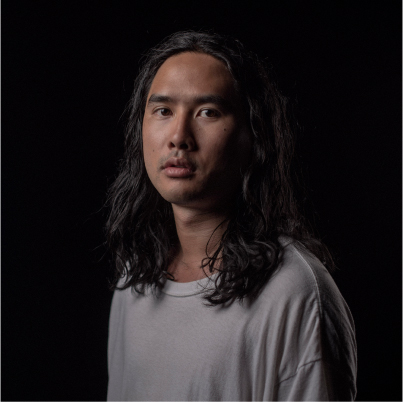
© Korakrit Arunanondchai 2019; courtesy of the artist; Carlos / Ishikawa, London; Clearing, New York; Bangkok CityCity Gallery, Bangkok; Photographer Benjamin Bechet (J1, Marseille)
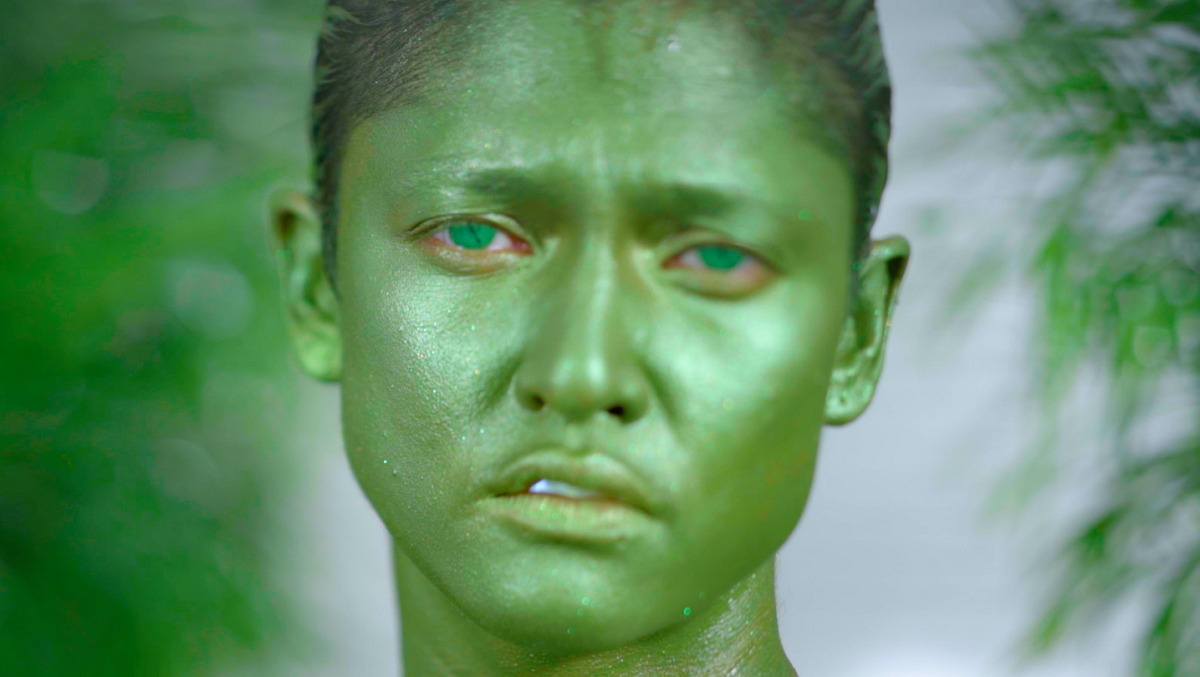
No history in a room filled with people with funny names 5 (still), 2018
© Korakrit Arunanondchai 2019, Courtesy of the artist; Carlos / Ishikawa, London;
Clearing, New York; Bangkok CityCity Gallery, Bangkok
-
Rosa BARBA
Born in 1972 in Agrigento, Italy. Lives and works in Berlin.
Barba is an artist with a sculptural approach to film and the ways it articulates space, placing the work and the viewer in a new relationship. Her works encompass films, sculptures, installations, text pieces, and publications grounded in the material and conceptual qualities of cinema. Barba interrogates the industry of cinema with respect to various forms of staging, such as gesture, genre, information and documents, taking them out of the context in which they are normally seen and reshaping and representing them anew. For this Triennale, Barba will present a 35 mm film work, Bending to Earth (2015). Barba has exhibited in internationally acclaimed institutions and took part in recent biennales in Berlin (2014), Venice (2009, 2015) and São Paulo (2016).- Venue:
- Yokohama Museum of Art
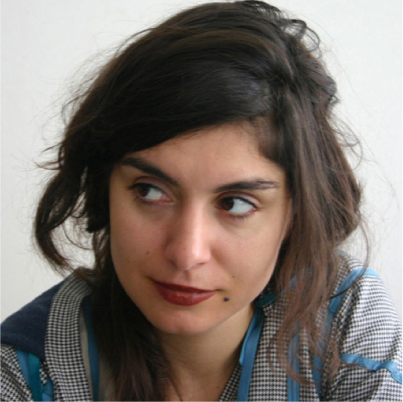
Photo by Sara Masüger
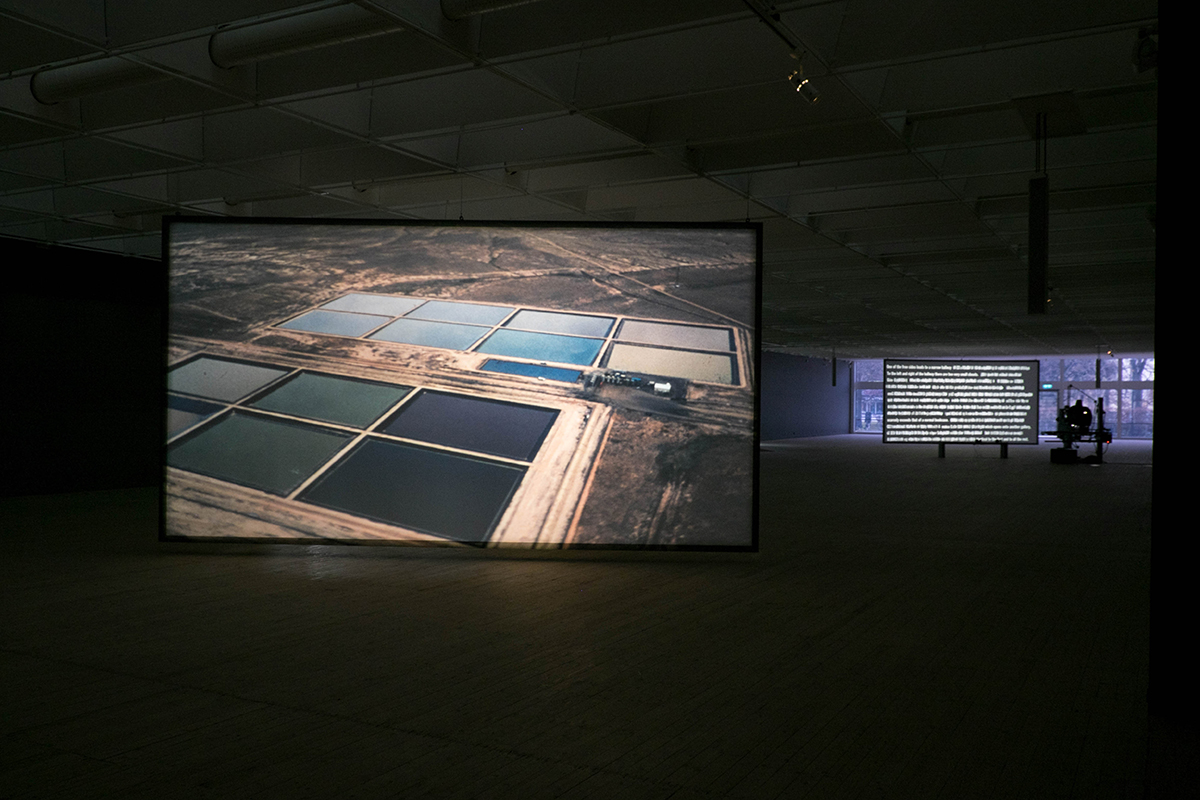
Bending to Earth (installation view), 2015
© Rosa Barba, Courtesy of the artist
Photo by Studio Mizuki Tachibana
-
Taysir BATNIJI
Born in 1966 in Gaza, Palestine. Lives and works in Paris and Gaza.
Moving between two countries and cultures, Batniji has developed a multimedia practice, including photography, video, drawing, installation and performance. His work focuses on moving, wandering, impermanence and fragility, reflecting the artist’s personal experience, the history and the present status of his home country. For this Triennale, Batniji shows two works made of glass, portraying keys from his house in Gaza and an hourglass titled Suspended Time, both of which have been produced as part of the project he started in June 2006 when he left Gaza without being able to return. He participated in the Venice Biennale in 2003, 2009 and 2011. His solo exhibitions are scheduled at the Musée d’Art Contemporain du Val-de-Marne in France and Jameel Arts Centre in UAE.
- Venue:
- Yokohama Museum of Art
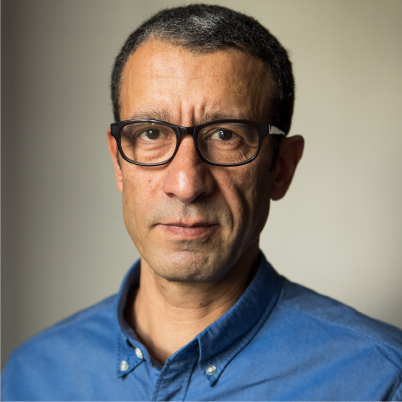
Photo by Sophie Jaulmes
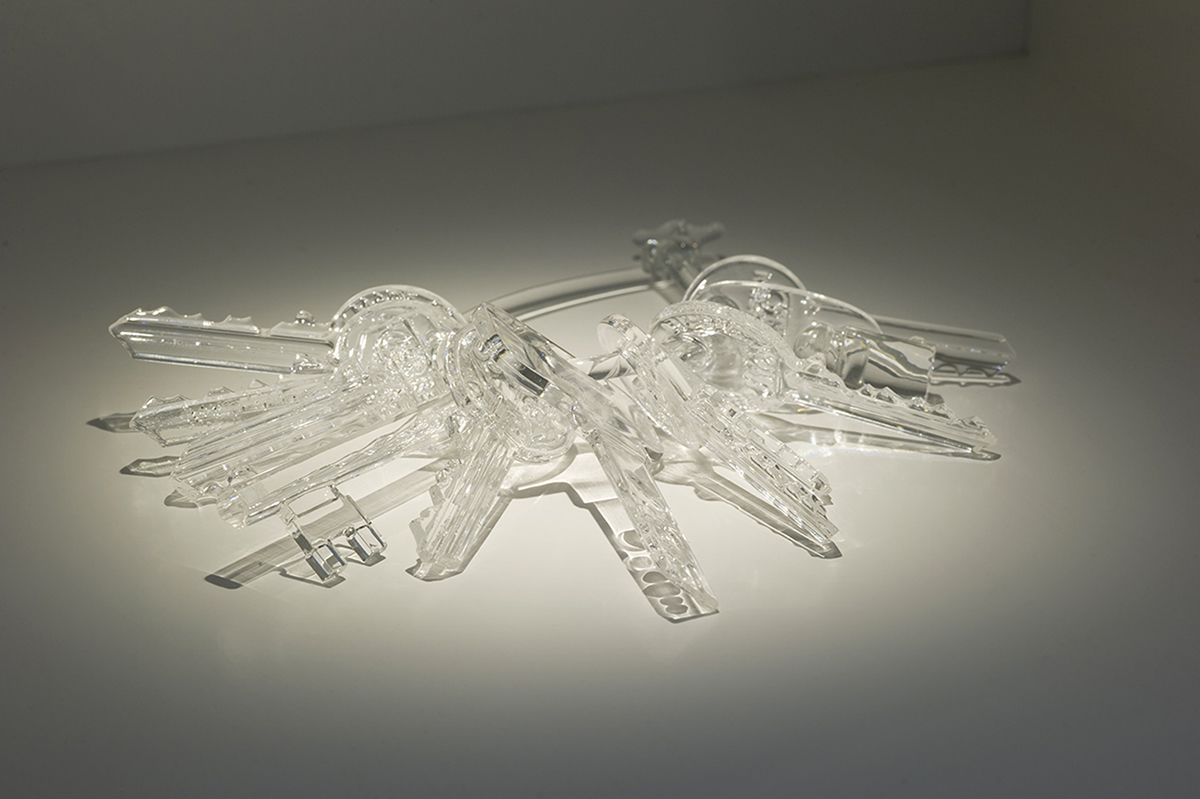
Untitled, 2014
© Sfeir-Semler Gallery (Beirut / Hamburg), Courtesy of the artist and Sfeir-Semler Gallery
Photo by Sfeir-Semler Gallery
-
Hicham BERRADA
Born in 1986 in Casablanca, Morocco. Lives and works in Roubaix.
Nurtured by a dual artistic and scientific background, Berrada explores visual images of chemical reaction using substances like minerals and metals and presents its process and resulting phenomena in his sculpture, video, installation and performance. He had participated in La Biennale de Lyon, France in 2015, the Biennale of Moving Image, Switzerland and the Yinchuan Biennale, China in 2016 and held solo exhibitions at Louvre Lens and at Hayward Gallery in London in 2019.
- Venue:
- PLOT48
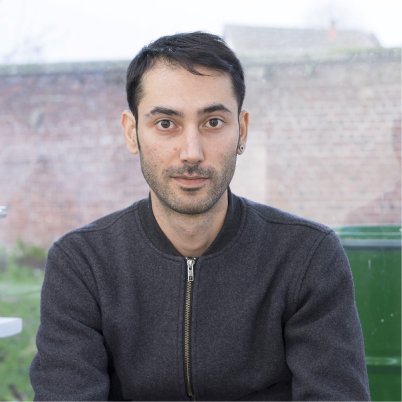
Photo by Aude Wyart
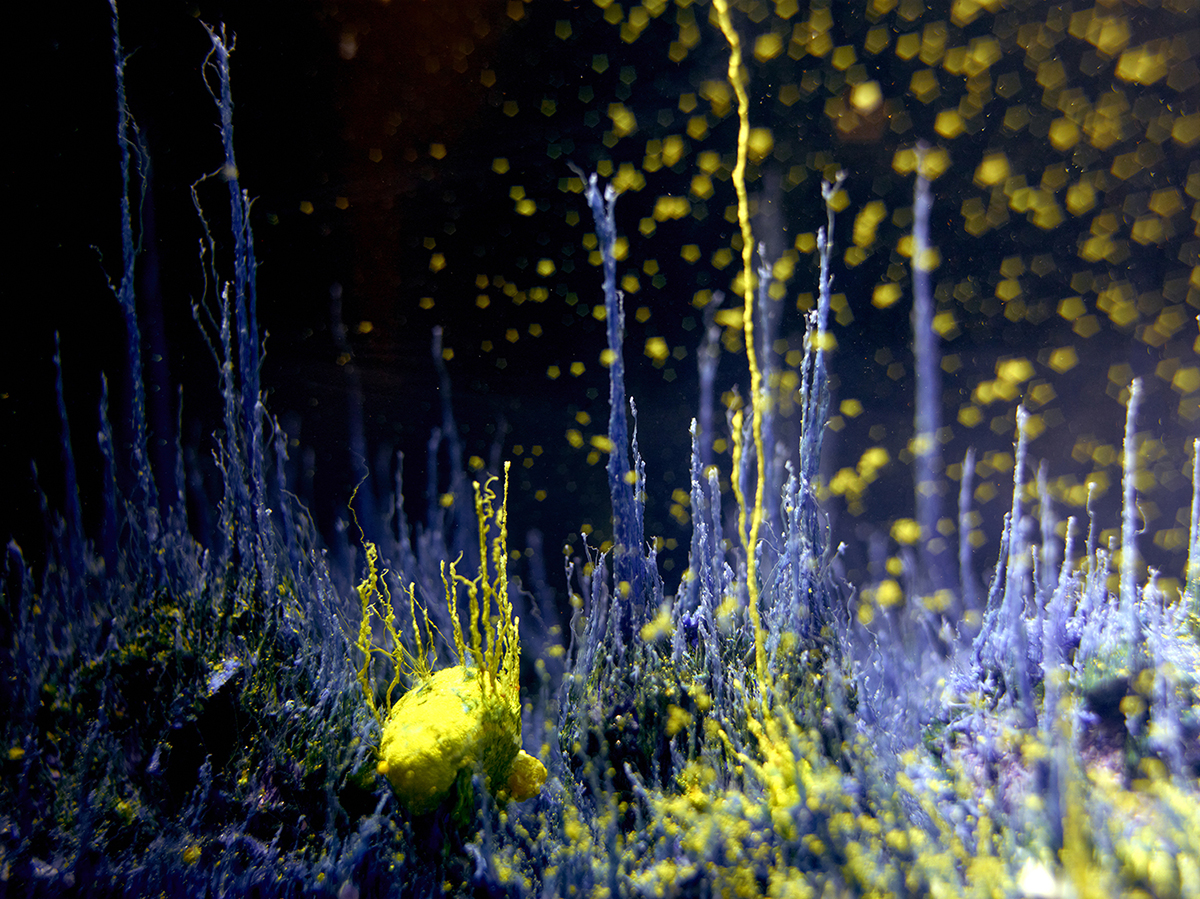
Présage (still), 2007-
© Hicham Berrada, © ADAGP Hicham Berrada, Courtesy of the artist and kamel mennour, Paris/London
Photo by Hicham Berrada -
Nick CAVE
Born in 1959 in Fulton, Missouri, USA. Lives and works in Chicago.
Cave first became known for his Soundsuits, which is a series of wearable sculptures that he first created in response to the incident of Rodney King beating in 1991. His colorful and visually rich works continue to touch on the issues of race, gender, and class in society. For this Triennale, Cave creates a new version of Kinetic Spinner Forest, a large-scale installation which was exhibited as part of his solo exhibition “Until,” in which he sees as too-often-ignored maxim, “innocent until proven guilty.” “Until” has been traveling around the world, starting at the Massachusetts Museum of Contemporary Art in 2016.
- Venue:
- Yokohama Museum of Art
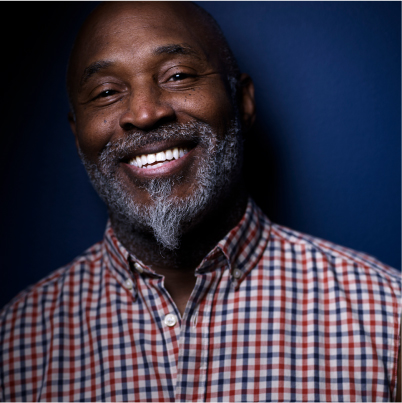
Photo by Sandro
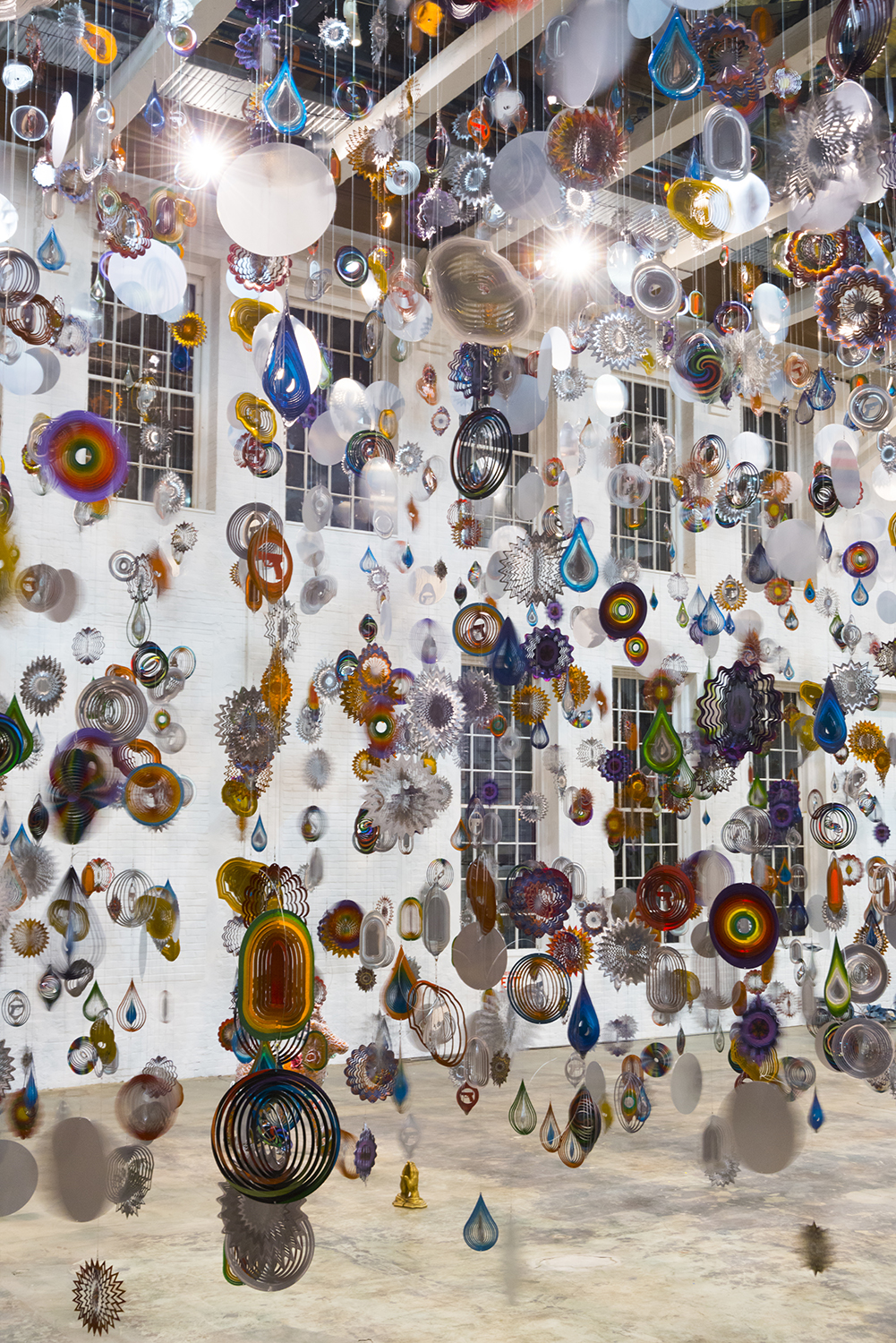
Kinetic Spinner Forest, 2016
© Nick Cave, Courtesy of the artist and Jack Shainman Gallery
Photo by James Prinz
-
CHEN Zhe
Born in 1989 in Beijing, China. Lives and works in Beijing.
Chen is recognized with her autobiographical photographs addressing the relation of physical and psychological aspects of self-harm. Her recent project “Towards Evenings: Six Chapters” is her long-term investigation of visual and linguistic representations of dusk. A new subchapter from the project is presented at this Triennale. Chen has participated in the Shanghai Biennale in 2016 and the Asia Pacific Triennial of Contemporary Art in Australia in 2018 and “I know something about love, asian contemporary photography” at the Tokyo Photographic Art Museum in 2018.- Venue:
- Yokohama Museum of Art

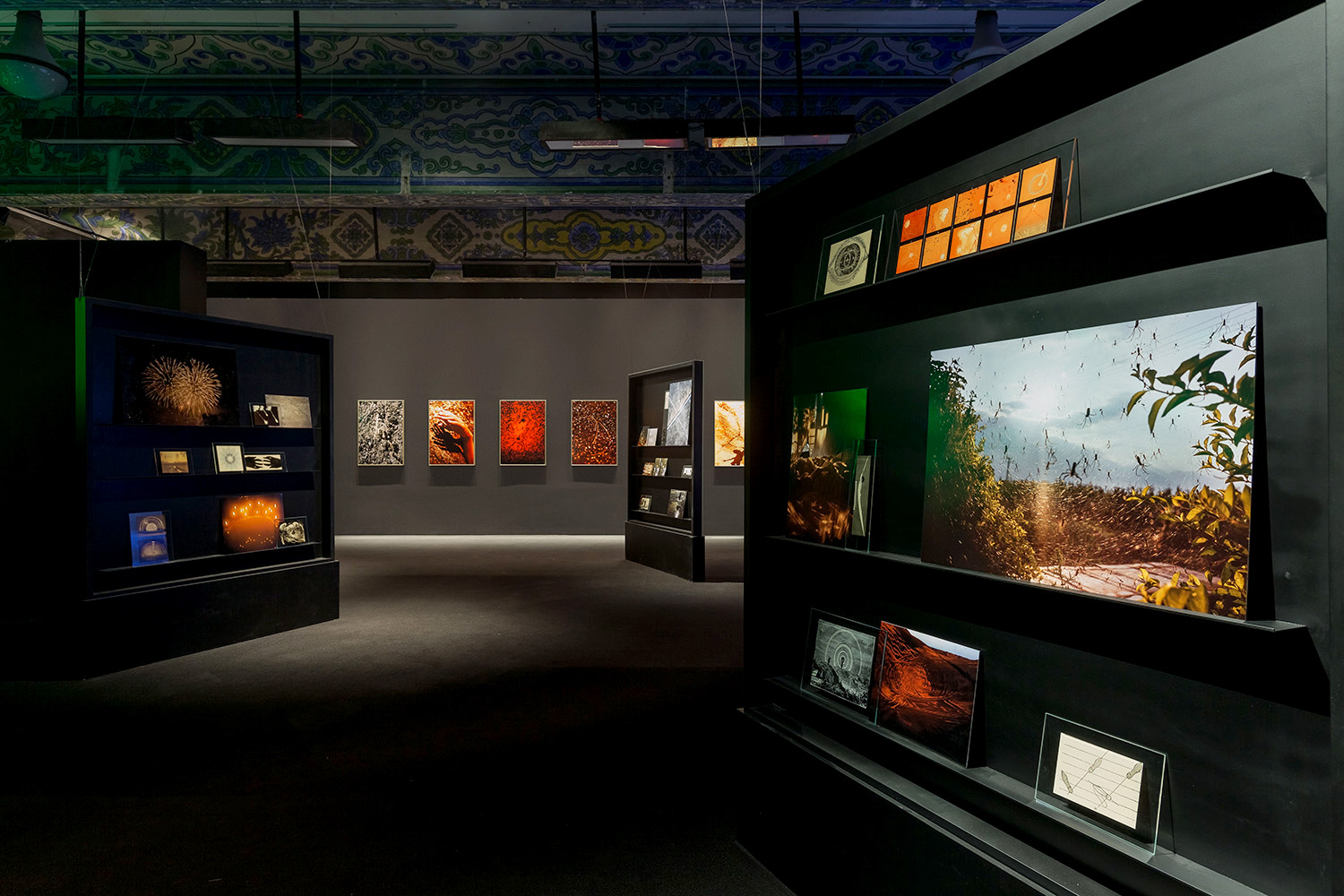
The Only Question Is How to Endure, 2017/2020
© Chen Zhe
-
Jesse DARLING
Born in 1981 in Oxford, UK. Lives and works in London and Berlin.
Darling works across sculpture, installation, video, drawing, text, sound and performance. Their work addresses the mythology of modernity and the condition of being a body caught in the structures of the social and material world. Darling’s works were exhibited at Tate Britain, London, Les Ateliers de Rennes—Contemporary Art Biennale in 2018 and in the Venice Biennale in 2019.
- Venue:
- Yokohama Museum of Art
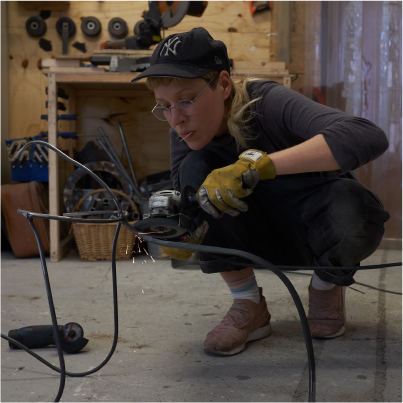
Photo by Annabel Elston
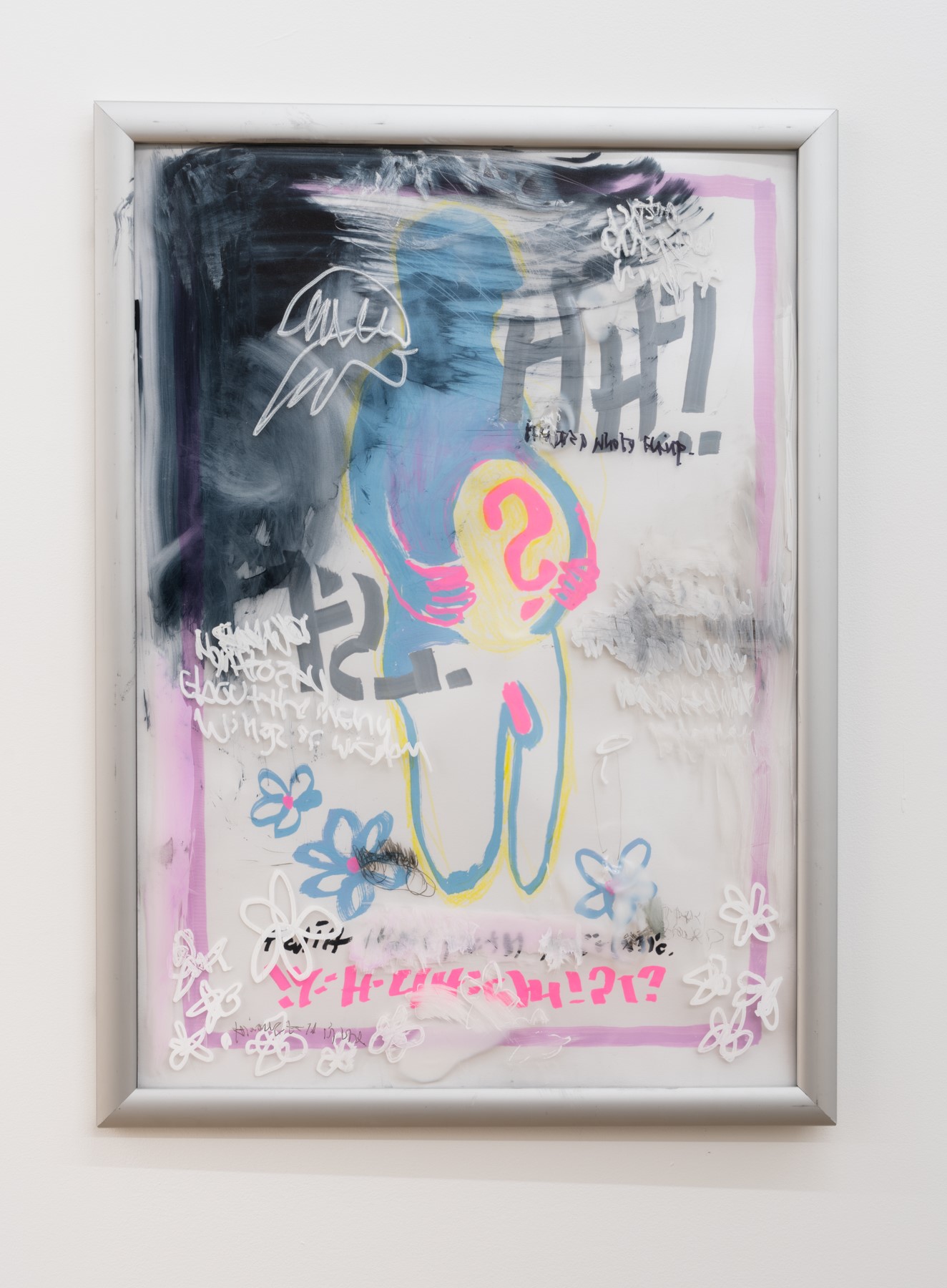
Untitled (waiting room poster/municipal hospital series), 2017
Courtesy of Jesse Darling
-
Max DE ESTEBAN
Born in 1959 in Barcelona, Spain. Lives and works in Barcelona.
De Esteban works mostly in photography and video that examine the human condition under a technological regime. He has been working on the project “Infrastructures” since 2016, focusing on the key infrastructures that define the future of human life and their concealed ideological nature. For this Triennale, De Esteban exhibits a series of photographs from Twenty Red Lights, the first work of the project, which analyzes financial capitalism as the dominant contemporary infrastructure for the allocation of economic resources. He participated in a number of international exhibitions including the Cairo Biennale and the Havana Biennial in 2019 and held a solo exhibition at the Galician Centre of Contemporary Art in Spain in 2019.
- Venue:
- Yokohama Museum of Art
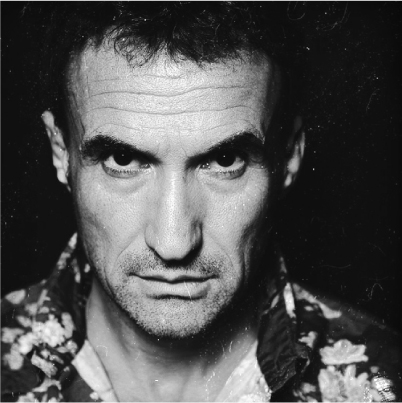
Courtesy of Max de Esteban
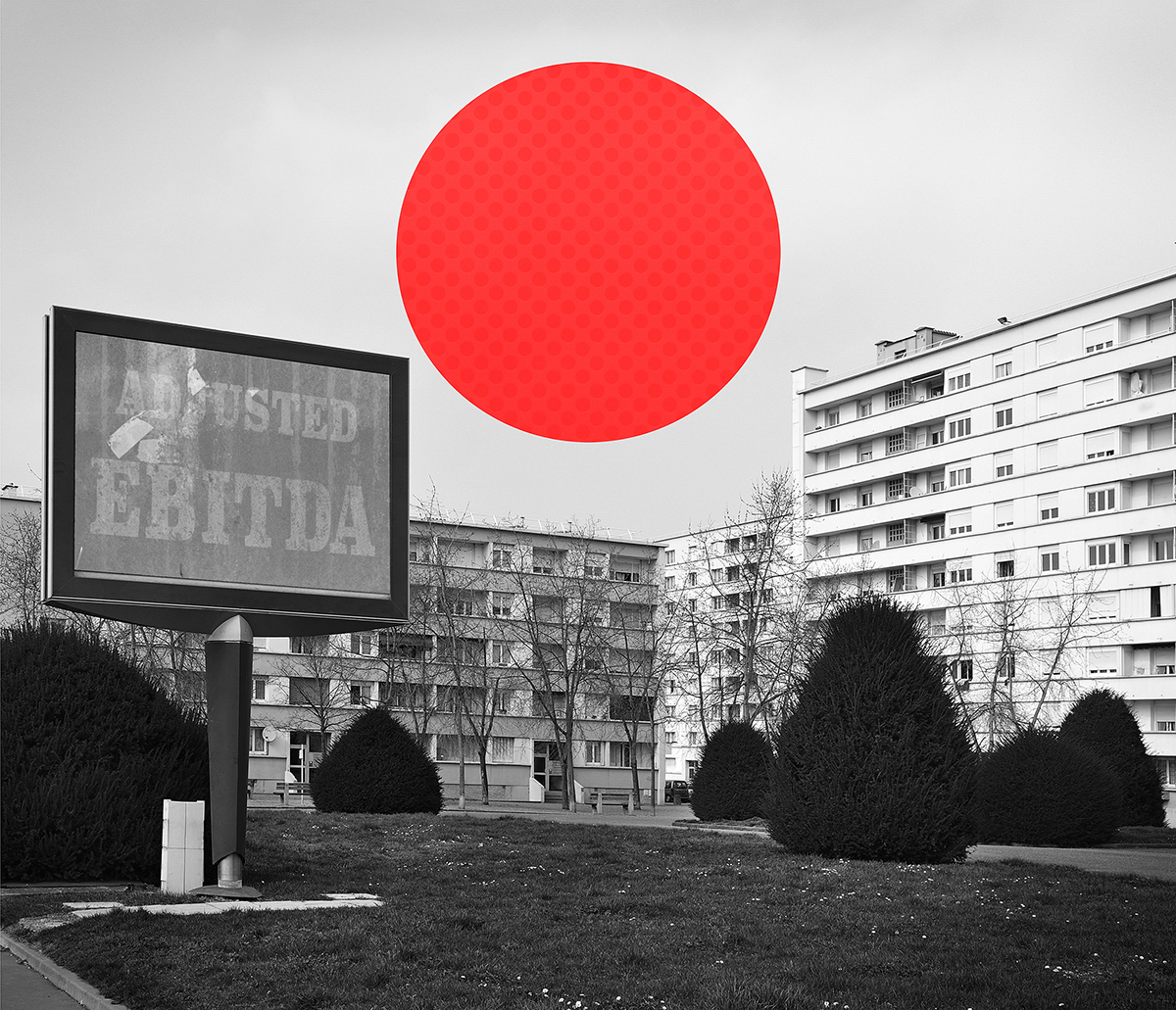
Red-Dot Prints from "Twenty Red Lights", 2017
-
Eva FÀBREGAS
Born in 1988 in Barcelona, Spain. Lives and works in London.
Fàbregas works with large-scale soft sculptures, sounds and immersive installations and investigates the realm of the somatic and the sensorial experience, questioning how our bodies, desires and affects are reshaped through the politics of industrial design. She held her solo shows at the Fundació Joan Miró in Barcelona in 2017, CentroCentro in Madrid in 2019 and the Kunstverein München in 2019.
- Venue:
- Yokohama Museum of Art
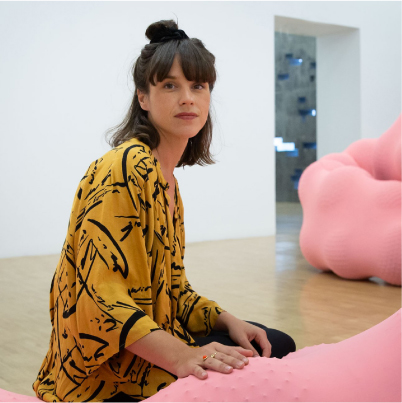
Photo by Migue Barreto, TEA Tenerife Espacio de las Artes
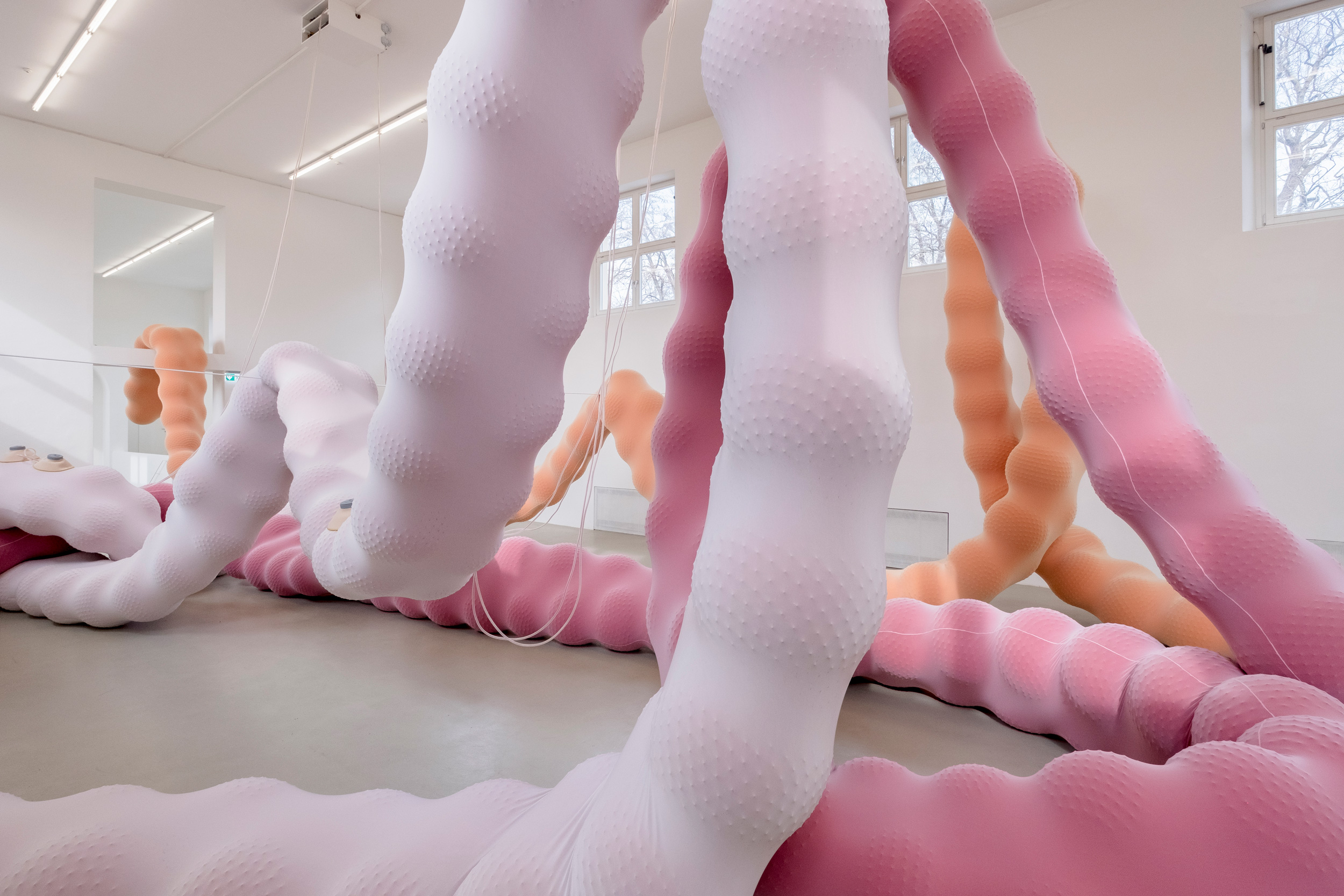
Pumping, 2019
-
Marianne FAHMY
Born in 1992 in Alexandria, Egypt. Lives and works in Alexandria.
Fahmy focuses on the histories related to people, architecture and language and works with installation and film. Her current work revolves around the history of water, where she finds possibilities for creative additions that transform prescribed conventional narratives into a boundless account incorporating time into art works. For this Triennale, Fahmy exhibits a new work in the NYK Maritime Museum. She was part of the Havana Biennale in 2019, Dakar Biennale in 2018 and Manifesta 13 in 2020. Her films were screened at the Kino der Kunst film festival in Munich, Neues Museum Nürnberg, Germany, Contemporary Image Collective, Cairo, and Postmasters Gallery, New York.- Venue:
- NYK MARITIME MUSEUM
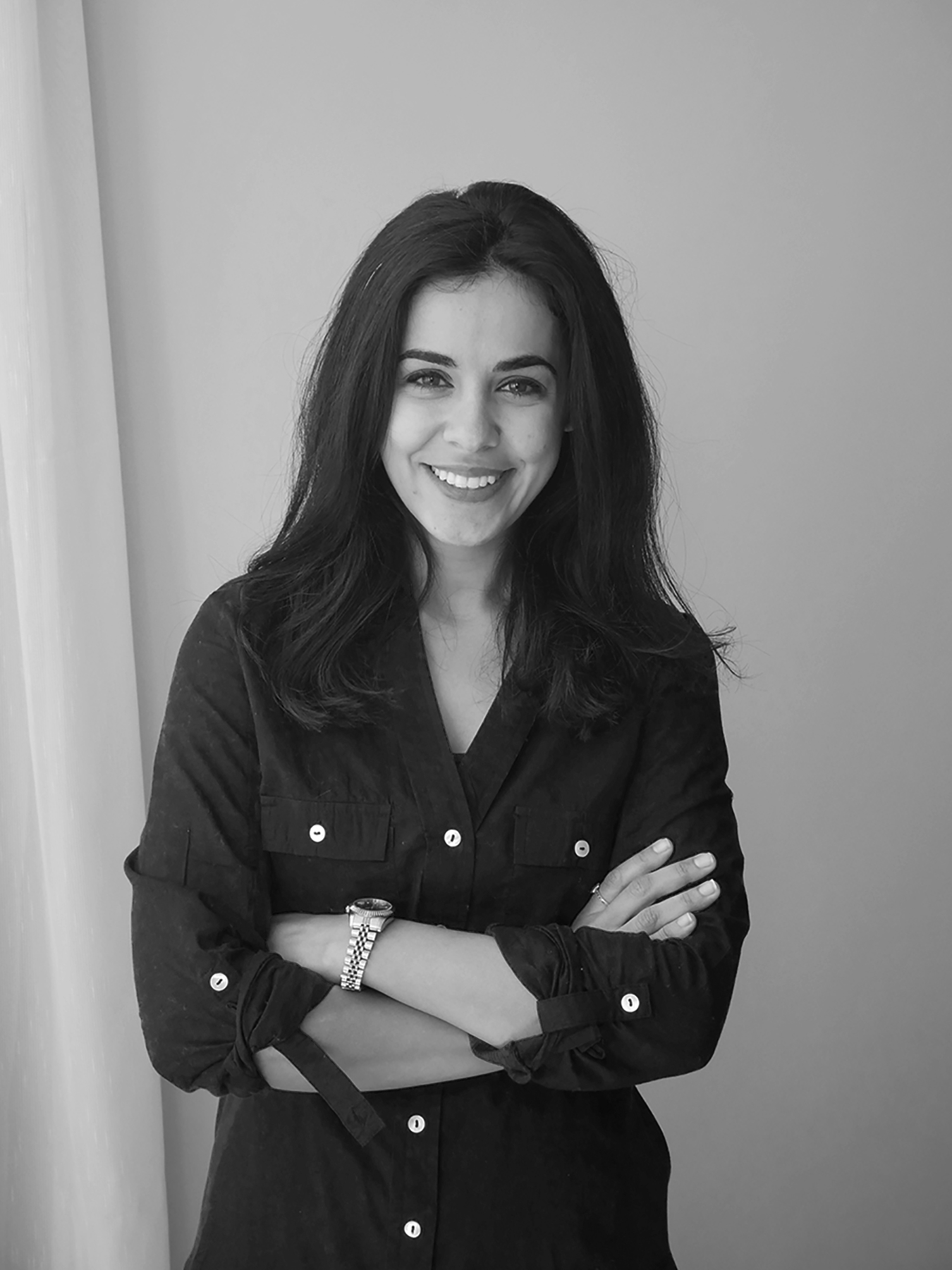
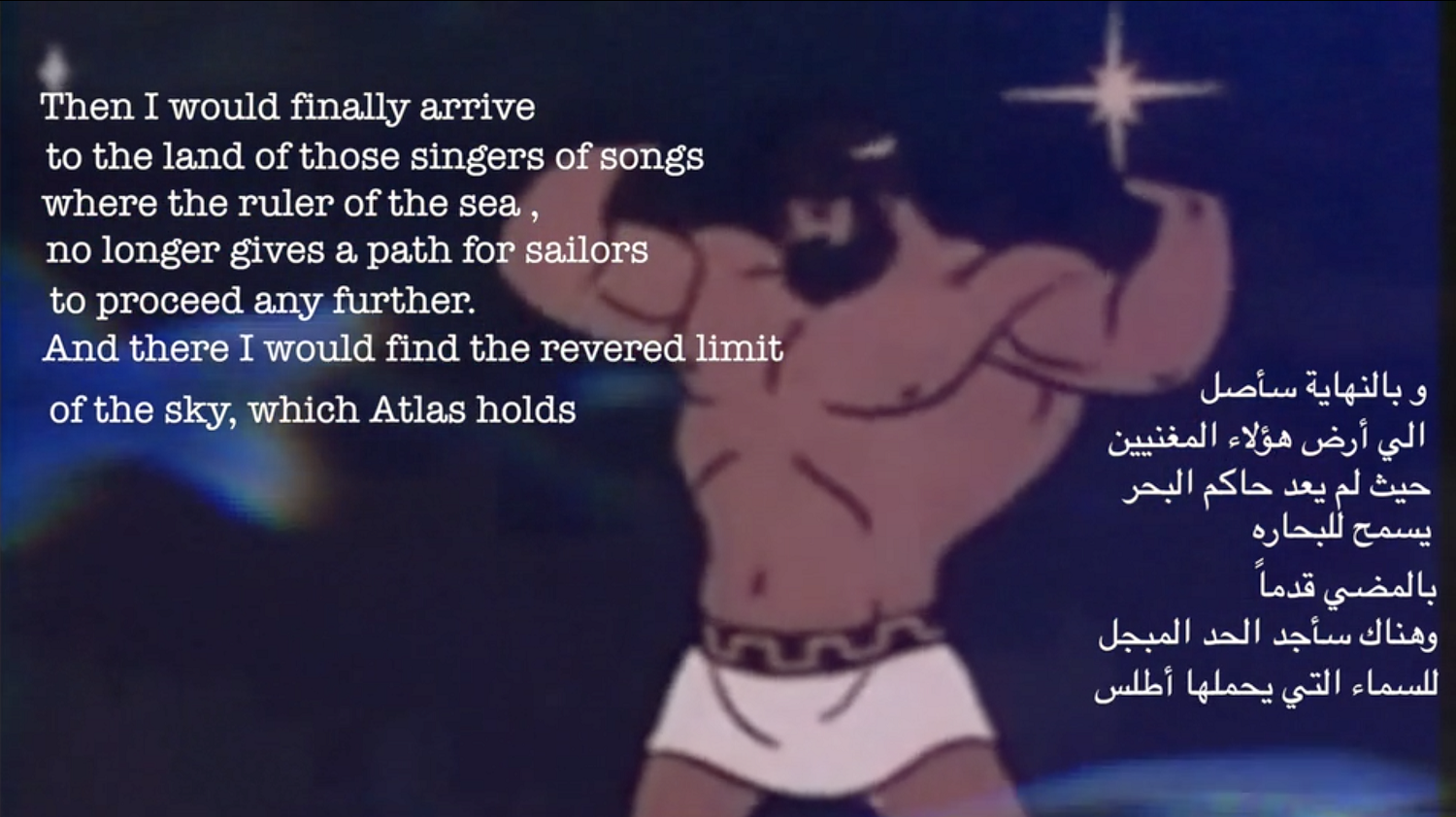
Atlas Ⅱ (still), 2019
© Marianne Fahmy, Courtesy of Marianne Fahmy
Photo by Kareem Hosem
-
Alia FARID
Born in 1985 in Kuwait City, Kuwait. Lives and works in Kuwait City and San Juan.
Farid’s work concerns many-faceted themes firmly enmeshed in the fabric of contemporary life. Lately, she's drawn on her background―her family fled to Puerto Rico during the Iraqi invasion of Kuwait in the early 1990s―while also privileging conceptual rigor and ambition over personal biography. For this Triennale, Farid shows her film work At the Time of the Ebb. Farid has participated in the Bienal de São Paulo in 2016, the Gwangju Biennale in 2018, the Sharjah Biennial in 2019, and the Lahore Biennale in 2020. She has had solo exhibitions in contemporary art intuitions including Portikus, Germany and Witte de With in the Netherlands.
- Venue:
- Yokohama Museum of Art
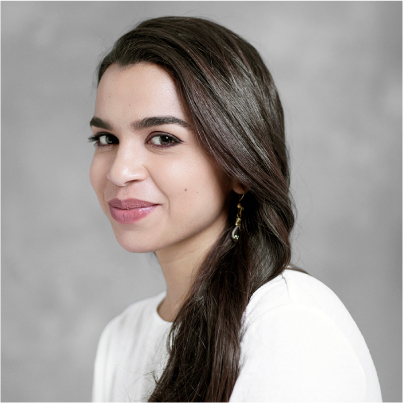
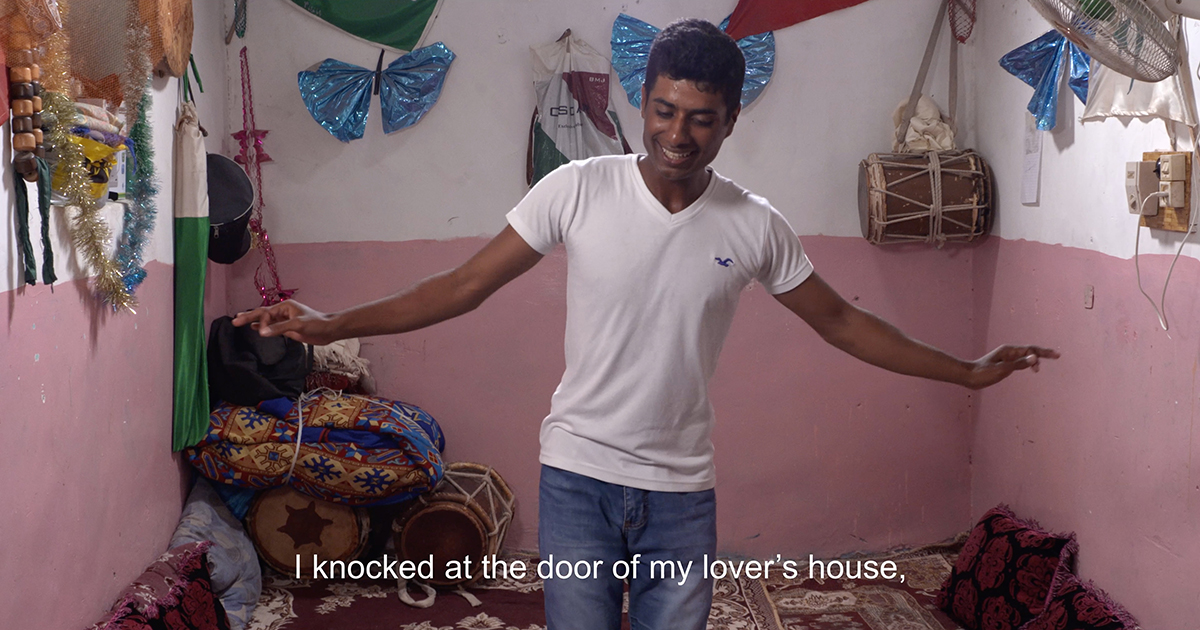
At the Time of the Ebb (still), 2019
Courtesy of the artist and Galerie Imane Farès
Photo by Alia Farid -
Farming Architects
Founded by two architects Dung An Viet and Nhan An Thanh in 2017. Based in Hanoi, Vietnam.
Focusing on nature, geography, climate and people, Farming Architects creates environmentally friendly and sustainable architectural works including homes, cafes and libraries, like farmers sowing green in the urban fields. The KOI Cafe in Hanoi was selected as Hospitality Architecture of Building of the Year 2018 by Arch Daily, and VAC-Library as one of the World Greatest Places 2019 by TIME magazine.
- Venue:
- PLOT48
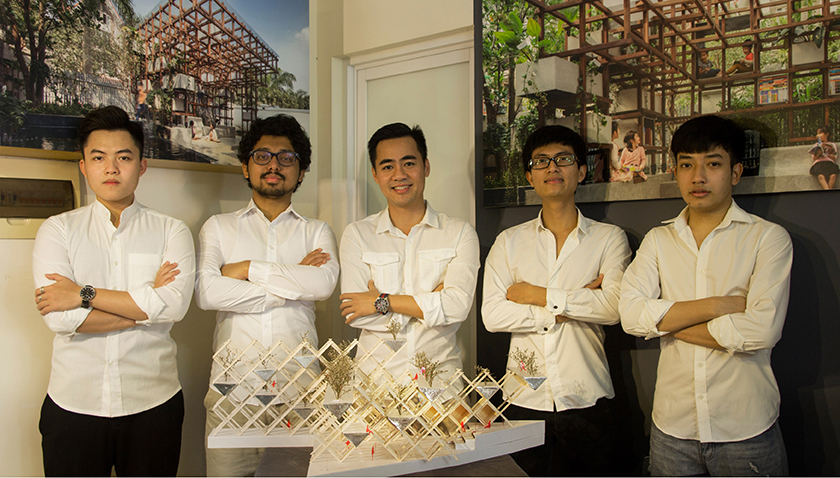
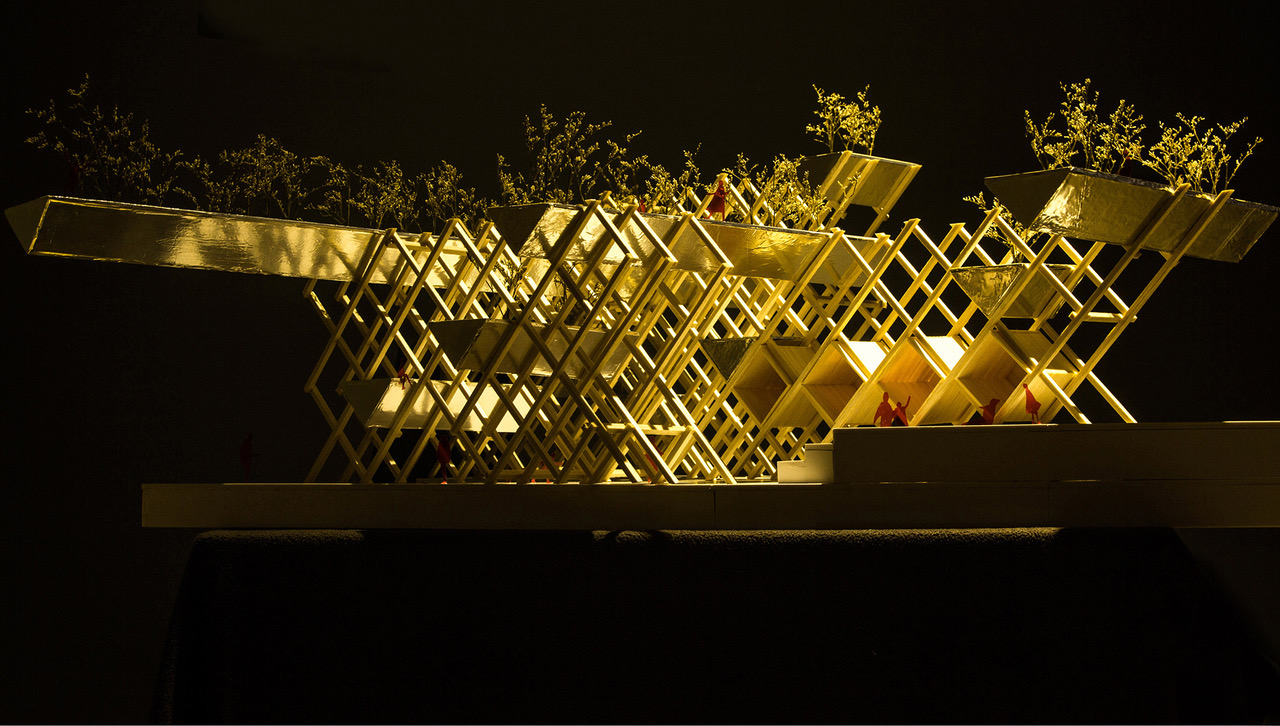
THE SPACE COALITION, 2020
-
Ivana FRANKE
Born in 1973 in Zagreb, Croatia. Lives and works in Berlin.
Grounded in careful examinations on light and perception with focus on perceptual thresholds, Franke often creates site responsive installations that generate organic connections between viewers' consciousness and environment. She represented Croatia at the Venice Biennale in 2007, participated in the Shanghai Biennale in 2016 and held a solo show at the Museum of Contemporary Art Zagreb in 2017.- Venue:
- Yokohama Museum of Art
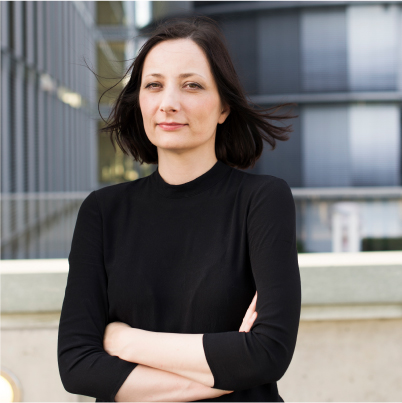
Photo by Maja Bosnic
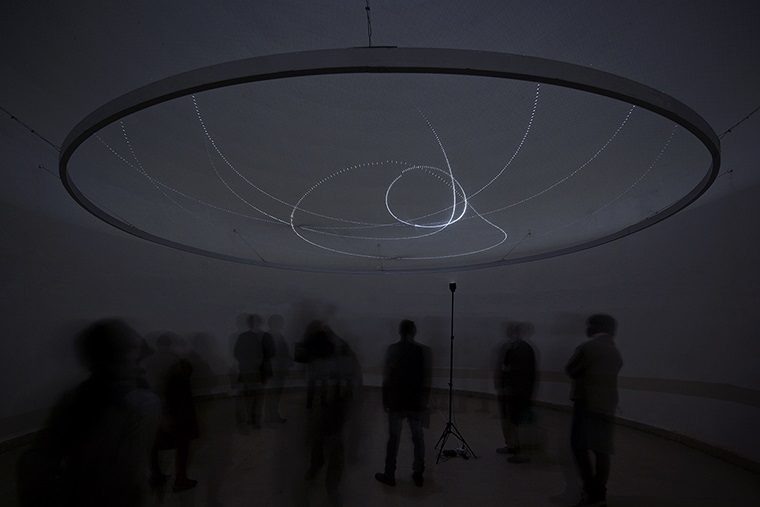
In the Faraway Past and in the Future, 2014
© Ivana Franke, Courtesy of INSERT2014
Photo by Umang Bhattacharyya
-
Rahima GAMBO
Born in 1986 in London, UK. Lives and works in Abuja, Nigeria.
Gambo incorporates photography, films and drawings in her installation and performance. Her recent works include the prominent series Tatsuniya, which portrays school girls who attend a school previously attacked by Boko Haram, an Islamic militant group active in the northeastern and northern Nigeria, having the opportunities to resume study and playful spirit at school. Gambo introduces the first of the series in this Triennale. She was selected as one of photographers for FOAM Talent Call 2019 and has participated in international exhibitions including Bamako Encounters―African Biennale of Photography in Mali in 2019 and the Lagos Biennial in Nigeria in 2019.
- Venue:
- PLOT48
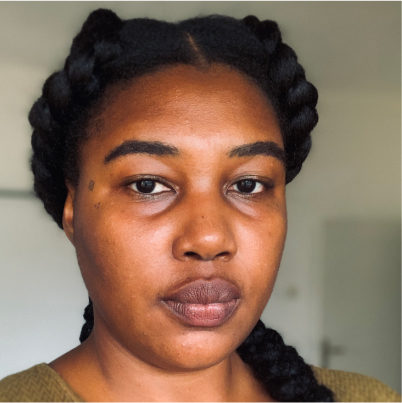
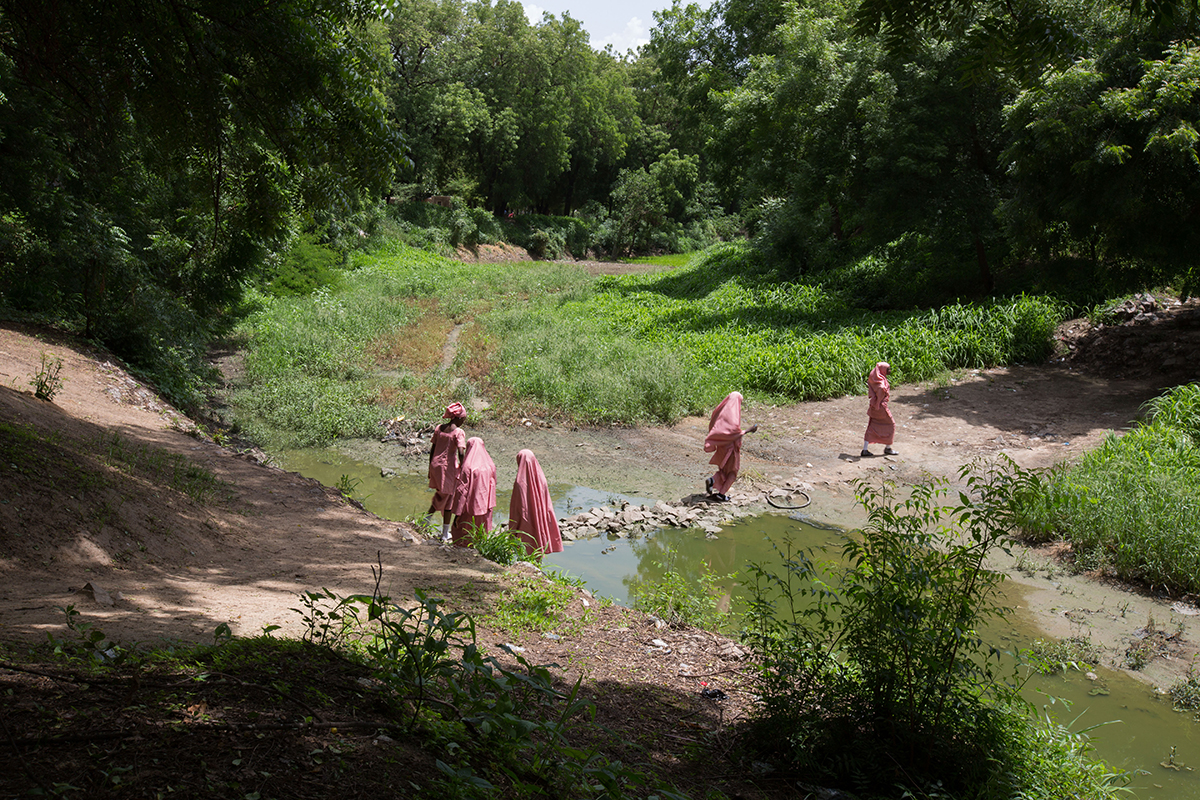
Tatsuniya, 2017
© Rahima Gambo
-
Zuza GOLIŃSKA
Born in 1990 in Gdańsk, Poland. Lives and works in Warsaw and London.
Golińska creates installations and site-specific projects that examine the relationship between humans, public space and architecture and explore the way people behave in, and interact with, the social structure and the public realm. She was awarded the ArtePrize 2017 by the ArteVue and Delfina Foundation in 2018 and held a solo show at the Museum of Modern Art in Warsaw in the same year.
- Venue:
- Yokohama Museum of Art
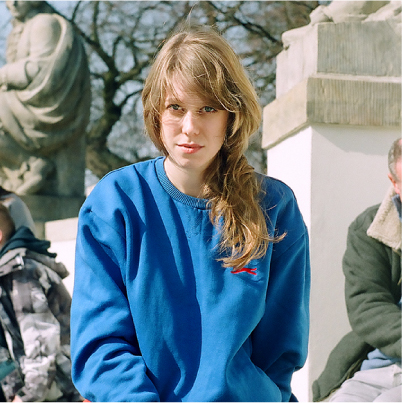
Photo by Ewa Sztybełko
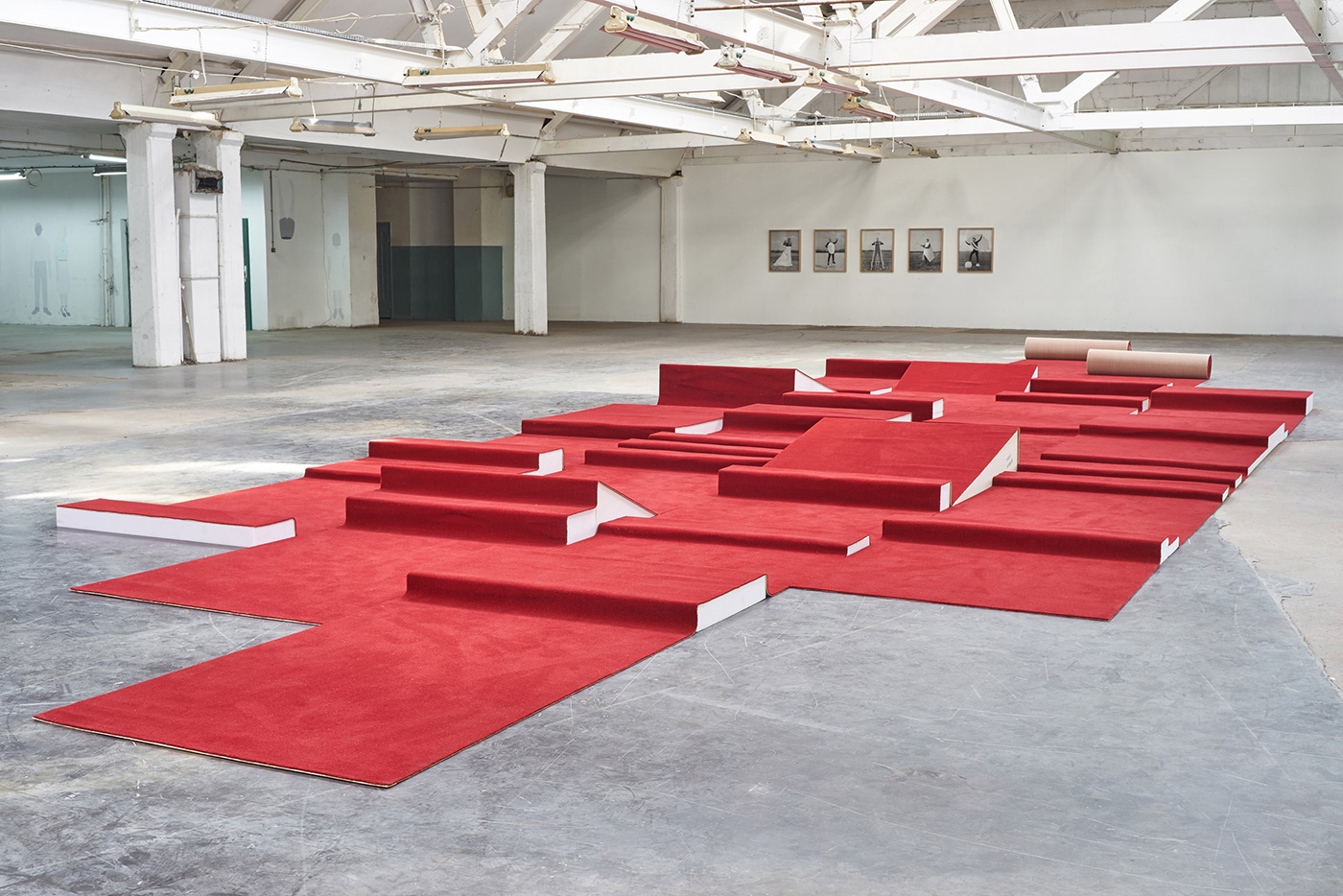
Run-up, 2015
Photo by Marcel Kaczmarek
-
Andreas GREINER
Born in 1979 in Aachen, Germany. Lives and works in Berlin.
Having studied medicine, anatomy and sculpture, Greiner incorporates living beings, natural processes and digital art in his sculpture, installation, photography and video works. His artistic practices explore the relationship between humans and nature and its implications on natural sciences, humanities and cultures. He has participated in the Moscow International Biennale for Young Art in 2014 and held solo shows at the Berlinische Galerie, Germany in 2016 and at the Mönchehaus Museum Goslar, Germany in 2019.- Venue:
- PLOT48
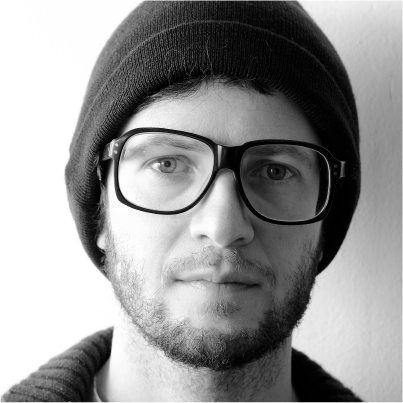
Photo by Theo Bitzer
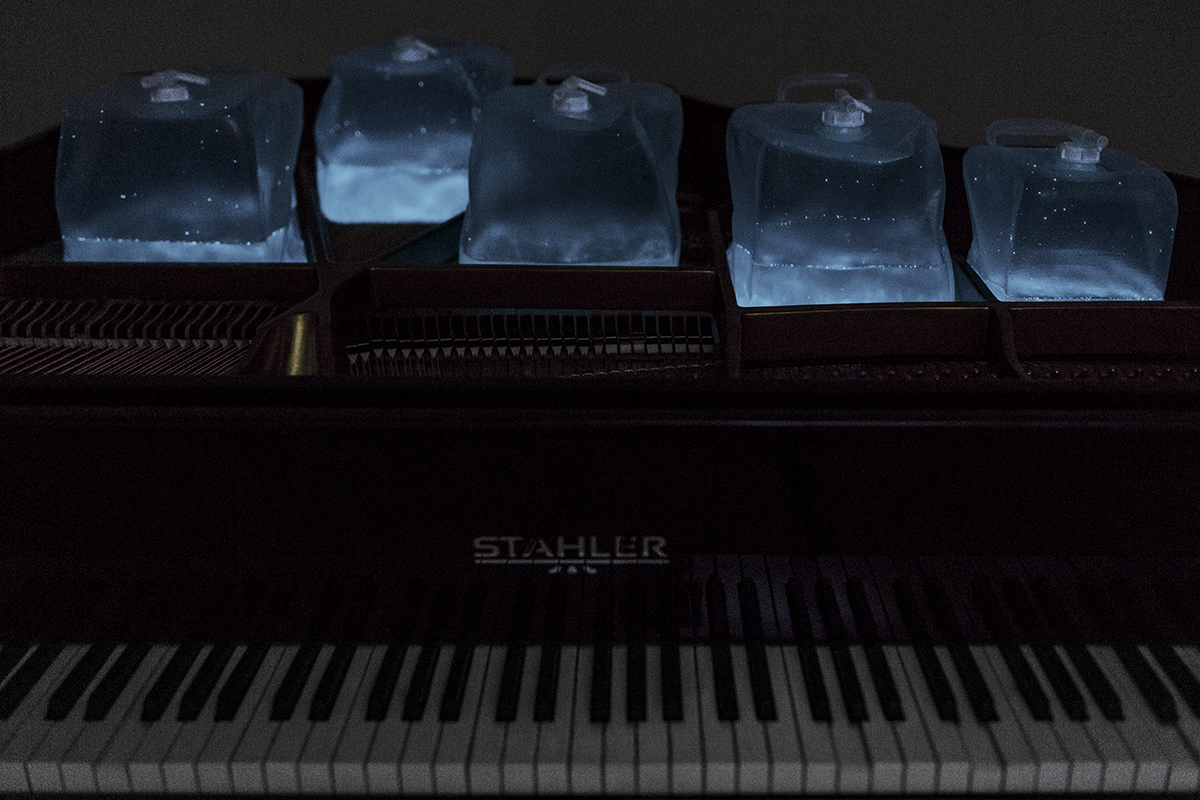
From Strings To Dinosaurs, 2014
© Andreas Greiner, composition by Tyler Friedman
-
Inti GUERRERO
Born in 1983 in Bogotá, Colombia. Lives and works in Hong Kong.
Guerrero is the Estrellita B. Brodsky Adjunct Curator of Latin American Art at Tate, London and Artistic Director of BAP—bellas artes projects, Manila.
Guerrero's contribution to this Triennale is a curated display of works departing from specific works from Yokohama Museum of Art's collection that embody personal microcosms of affect and desire found and interconnected along different contexts of geographic domination in the Asia Pacific region.
- Venue:
- Yokohama Museum of Art
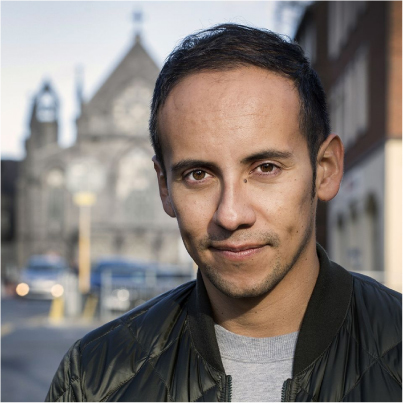
-
Nilbar GÜREŞ
Born in 1977 in Istanbul, Turkey. Lives and works in Vienna and Istanbul.
Güreş’s artistic practice spans performance, video, sculpture, installation and mixed media collage on fabric. She presents her keen insights into social injustice, gender roles and cultural identity codes and transforms them into poetic and humorous figurations. Güreş participated in the Bienal de São Paulo and SeMA Biennale Mediacity Seoul in 2014 and in the Biennale of Sydney in 2016.
- Venue:
- Yokohama Museum of Art
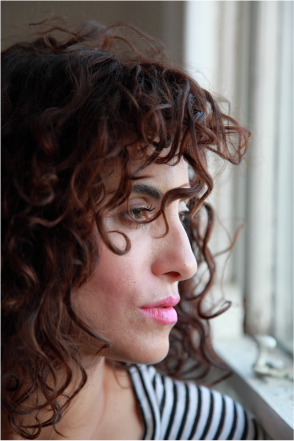
Photo by Reha Arcan
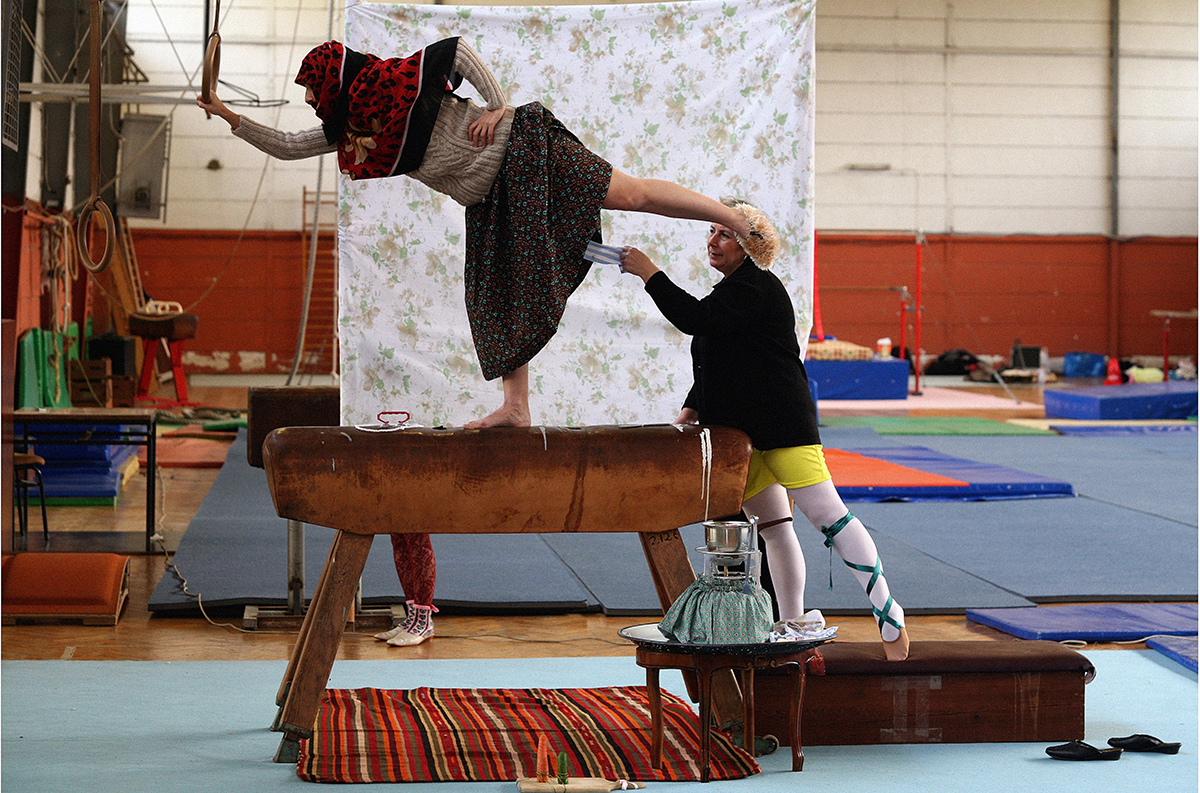
Pommel Horse from the Series “Unknown Sports” (detail), 2009
© Nilbar Güreş, Courtesy of Nilbar Güreş and Galerist
Photo by Nilbar Güreş
-
Tina HAVELOCK STEVENS
Born in Sydney, Australia. Lives and works in Sydney.
Having a background as a documentary filmmaker and drummer, Havelock Stevens works predominantly in video, music, sound, experimental documentary and performance. The setting and the landscape of her work are often loaded sites in historical and social contexts, including landscapes that are considered a spiritual place. In the film work exhibited in this Triennale, which the artist sees as a self-portrait, Havelock Stevens performs an improvised drum solo in an abandoned airplane in the desert. She participated in the Biennale of Sydney in 2010 and is a winner of the 65th Blake Prize in 2018. She also took part in “The National 2019: New Australian Art” at the Museum of Contemporary Art in New South Wales, Australia.
- Venue:
- PLOT48
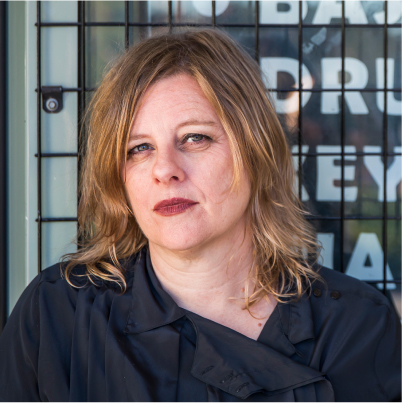
Photo by Anna Kucera
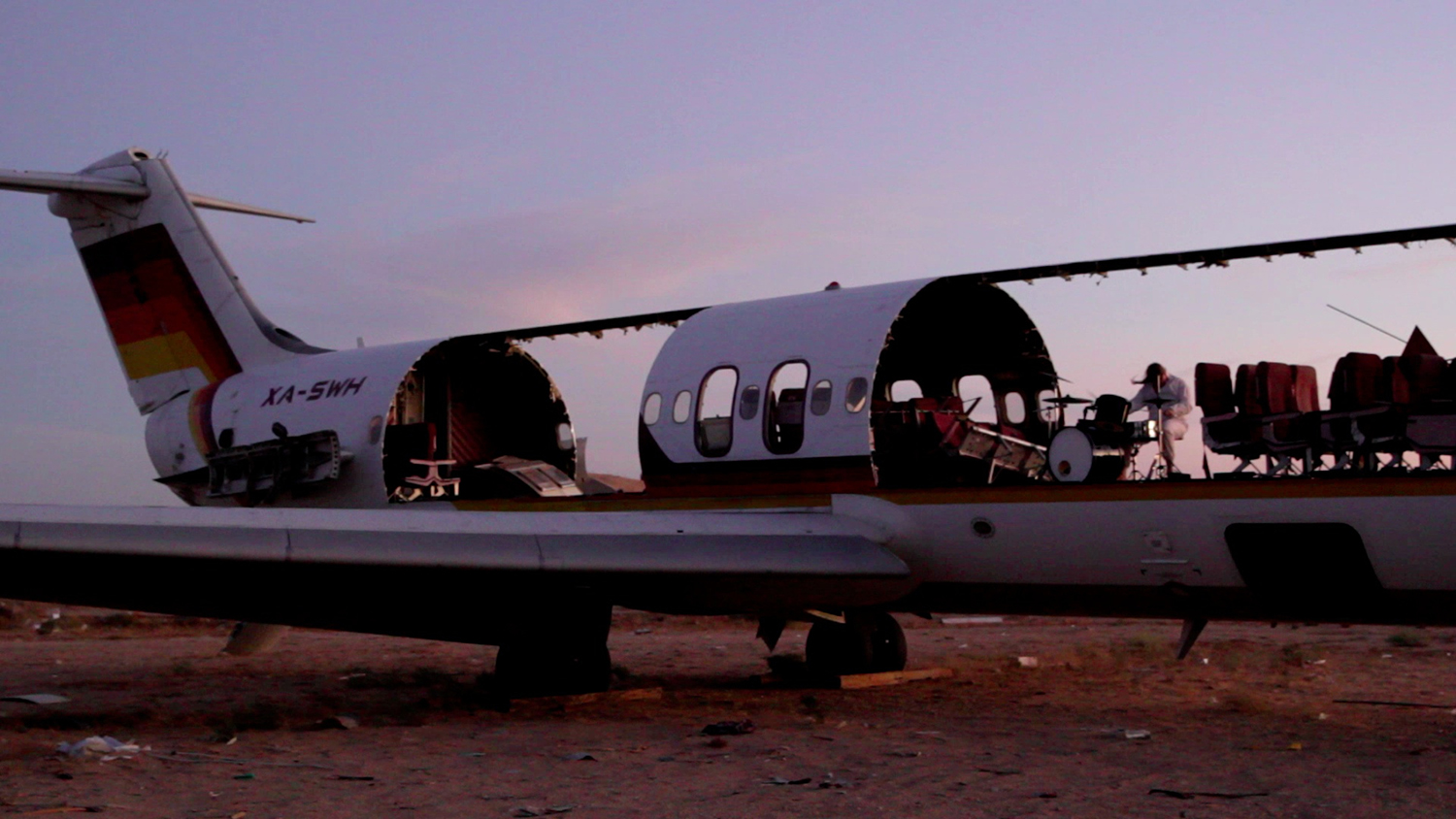
Ghost Class (still), 2015
© Tina Havelock Stevens, Courtesy of Tina Havelock Stevens
Photo by Oscar Sanabria
-
Joyce HO
Born in 1983 in Taipei. Lives and works in Taipei.
Ho is an interdisciplinary artist working in multiple media including painting, video and sculpture. In recent years, she has worked in performing arts context as a director and a scenographer. In her art works, she modifies familiar objects to make apparent the underlying issues in the given social structure. Exhibited in this Triennale is Balancing Act III, a set of gates that swings like a rocking chair. The audience is invited to walk through this unstable structure that signifies both control and protection. She participated in the Busan Biennale in 2014, the Asia Pacific Triennial of Contemporary Art in Australia in 2019 among other international exhibitions.- Venue:
- PLOT48
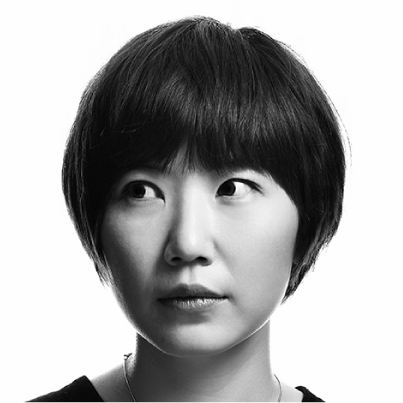
Courtesy of the artist
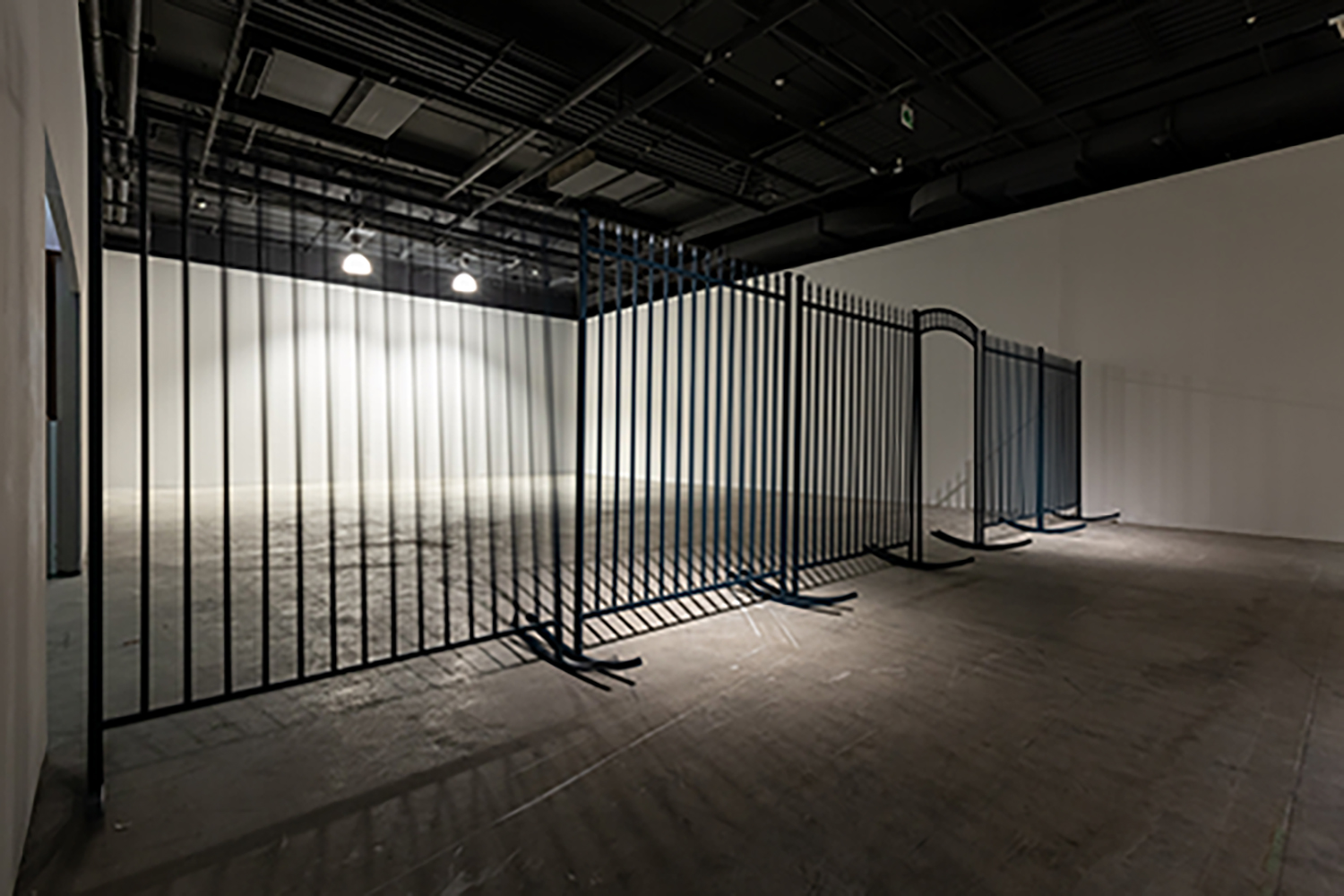
Balancing Act Ⅱ, 2019
© Joyce Ho, Courtesy of the artist
Photo by the artist
-
Ingela IHRMAN
Born in 1985 in Kalmar, Sweden. Lives and works in Malmö.
Ihrman explores the relationship between natural environment and human society by presenting delicately crafted objects portraying plants and living creatures in her theatrical installations. Her broad artistic practices include exhibiting art works, performances, writing and scenography. Ihrman participated in the Gwangju Biennale in 2016 and the Venice Biennale in 2019.- Venue:
- Yokohama Museum of Art
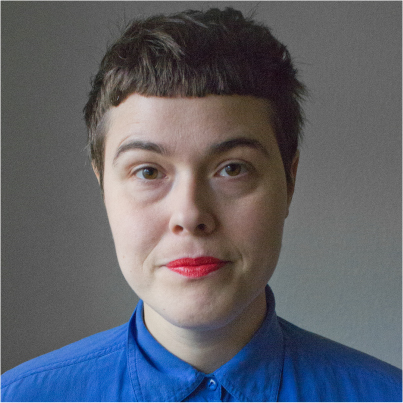
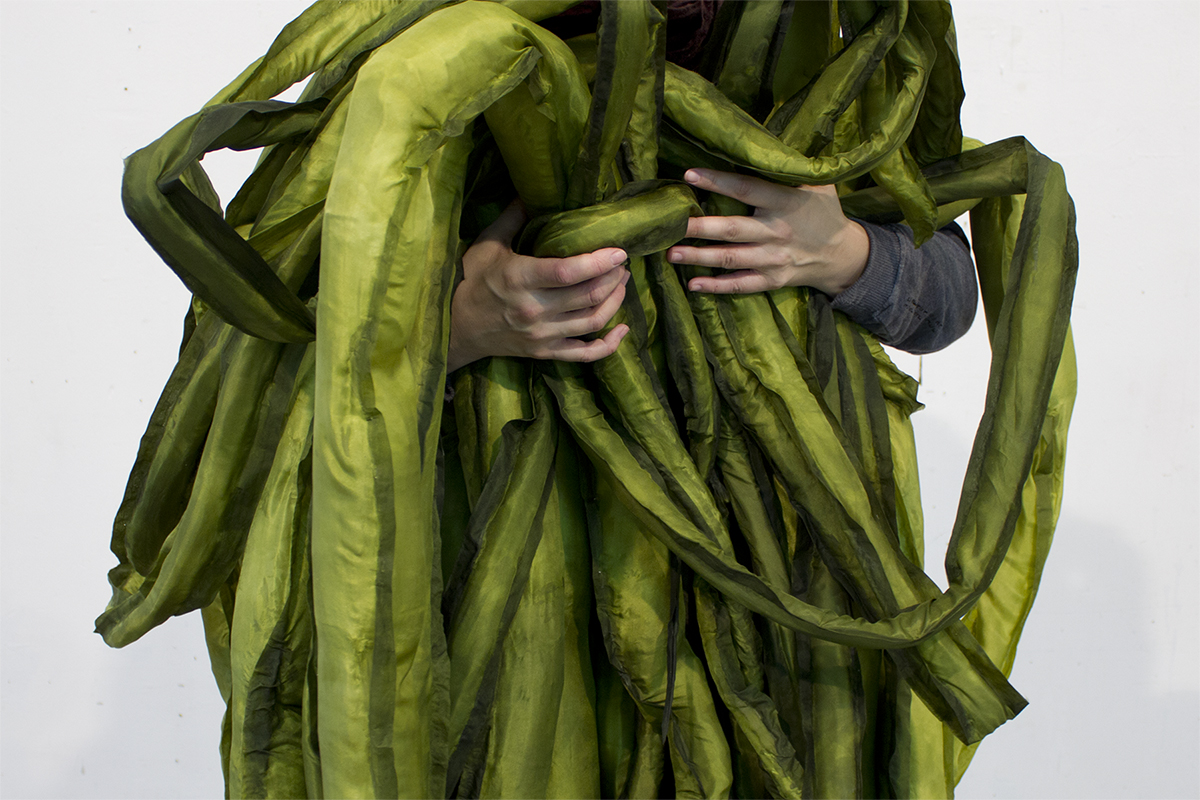
A Great Seaweed Day (detail), 2019
Courtesy of the artist
Photo by Marte Edvarda Tidslevold -
IIKAWA Takehiro
Born in 1981 in Hyogo, Japan. Lives and works in Hyogo.
Iikawa focuses on the uncertainty of human cognition and the situations that are often overlooked in society and creates videos, photography and installations that provoke audience’s awareness and active responses. He exhibited his work in a solo show at the Koganecho Area Management Center in Yokohama in 2015 and in “Roppongi Crossing” at the Mori Art Museum in Tokyo in 2019. Iikawa participated in the Yokohama Triennale in 2005 as a member of artist collective COUMA.- Venue:
- PLOT48
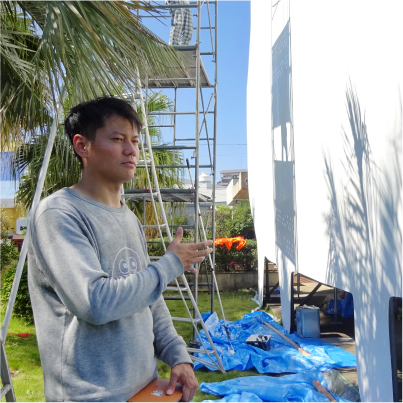
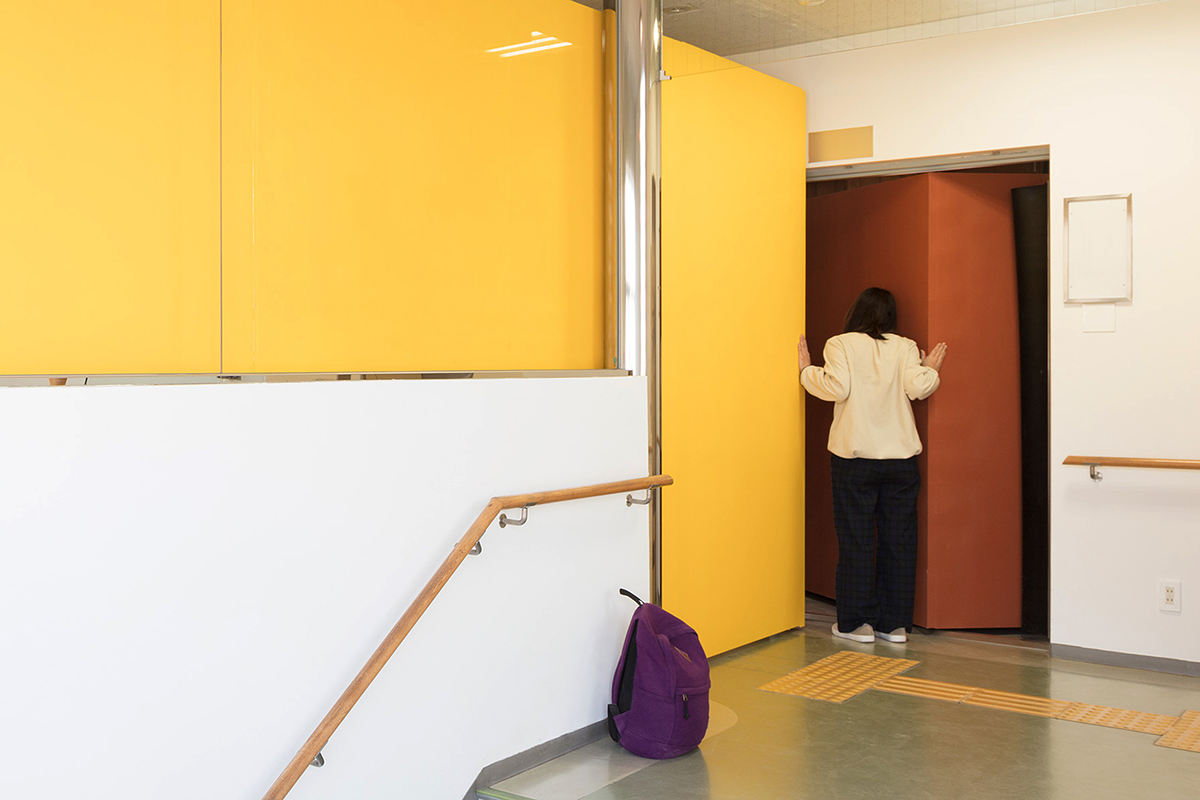
DECORATOR CRAB Arrangement, Adjustment, Movement (installation view), 2018
© Takehiro Iikawa, Courtesy of Amagasaki Art Lab
Photo by Mugyuda Hyogo
-
IIYAMA Yuki
Born in 1988 in Kanagawa, Japan. Lives and works in Tokyo.
Iiyama looks into personal lives, experiences and memories of individuals through interviews and documents and presents installations that examine their relationships to histories and societies in a wider context. She held a solo show at the Aichi Prefectural Museum of Art in 2015 and exhibited in “Doing history!” at the Fukuoka Art Museum in 2016 and “Nice To Meet You Artechnik” at sendai mediatheque in 2017.- Venue:
- Yokohama Museum of Art
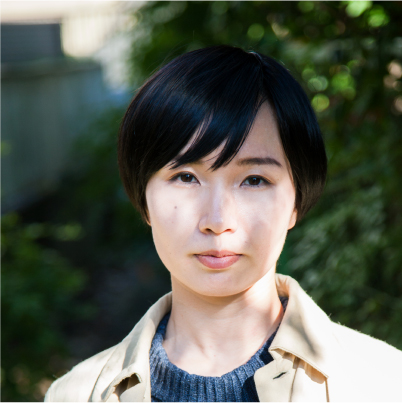
Photo by Shingo Kanagawa
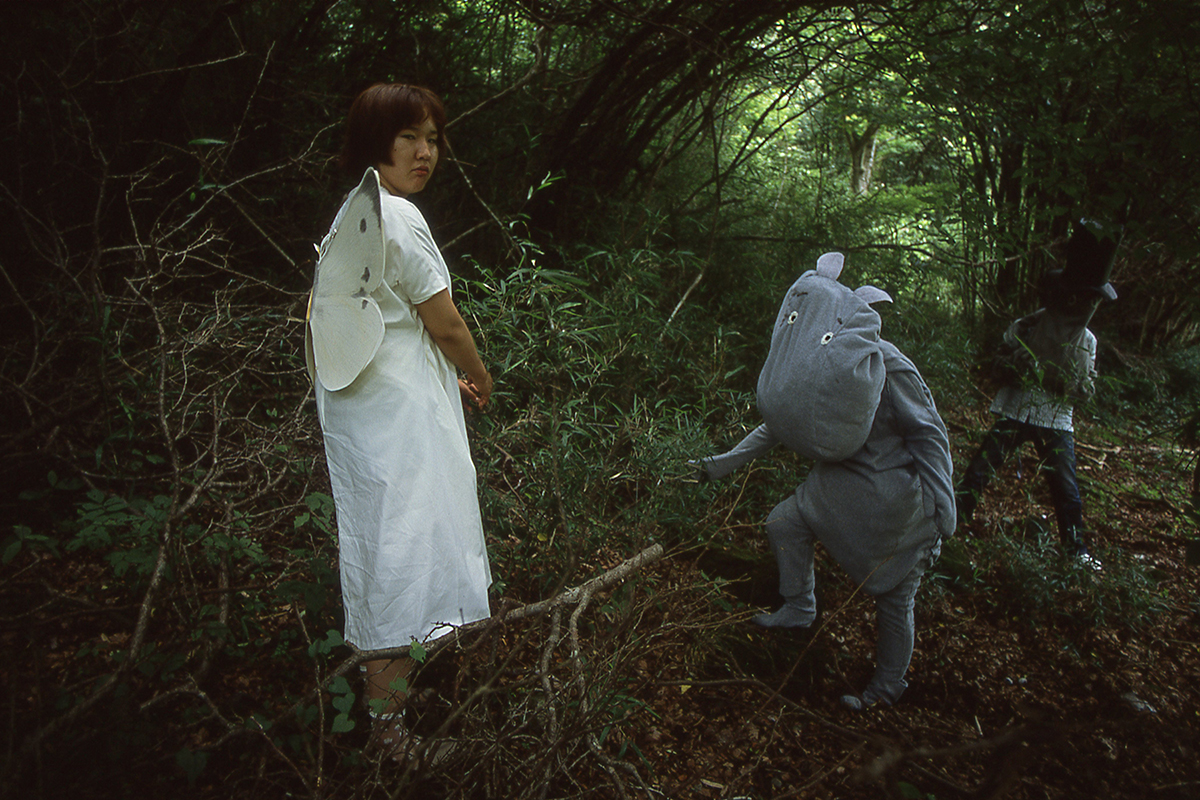
Moomin Family goes on a picnic to see Kannon (still), 2014
© Yuki Iiyama
Photo by Hibiki Miyazawa -
IWAI Masaru
Born in 1975 in Kyoto. Lives and works in Tokyo.
Iwai’s film, installation and performance focus on the mundane act of cleaning and cleansing that would reveal its underlying social and symbolic meanings. As a participating artist of one of the “Episōdo” series in the Triennale, Iwai conducts discussions with the audience and takes actions in response to the cleaning work, based on his experience as a decontamination worker. He participated in the Reborn-Art Festival in Miyagi in 2017 and “New ‘Artists Today’ Exhibition 2018 Unfixed Perspectives” at the Yokohama Civic Art Gallery in 2018.- Venue:
- Yokohama Museum of Art
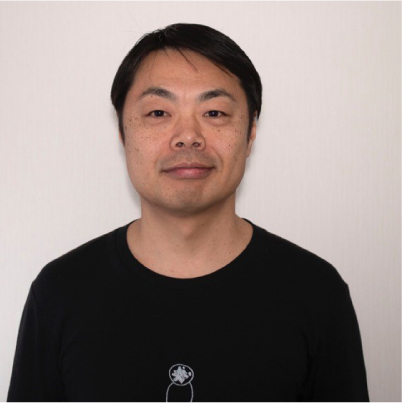
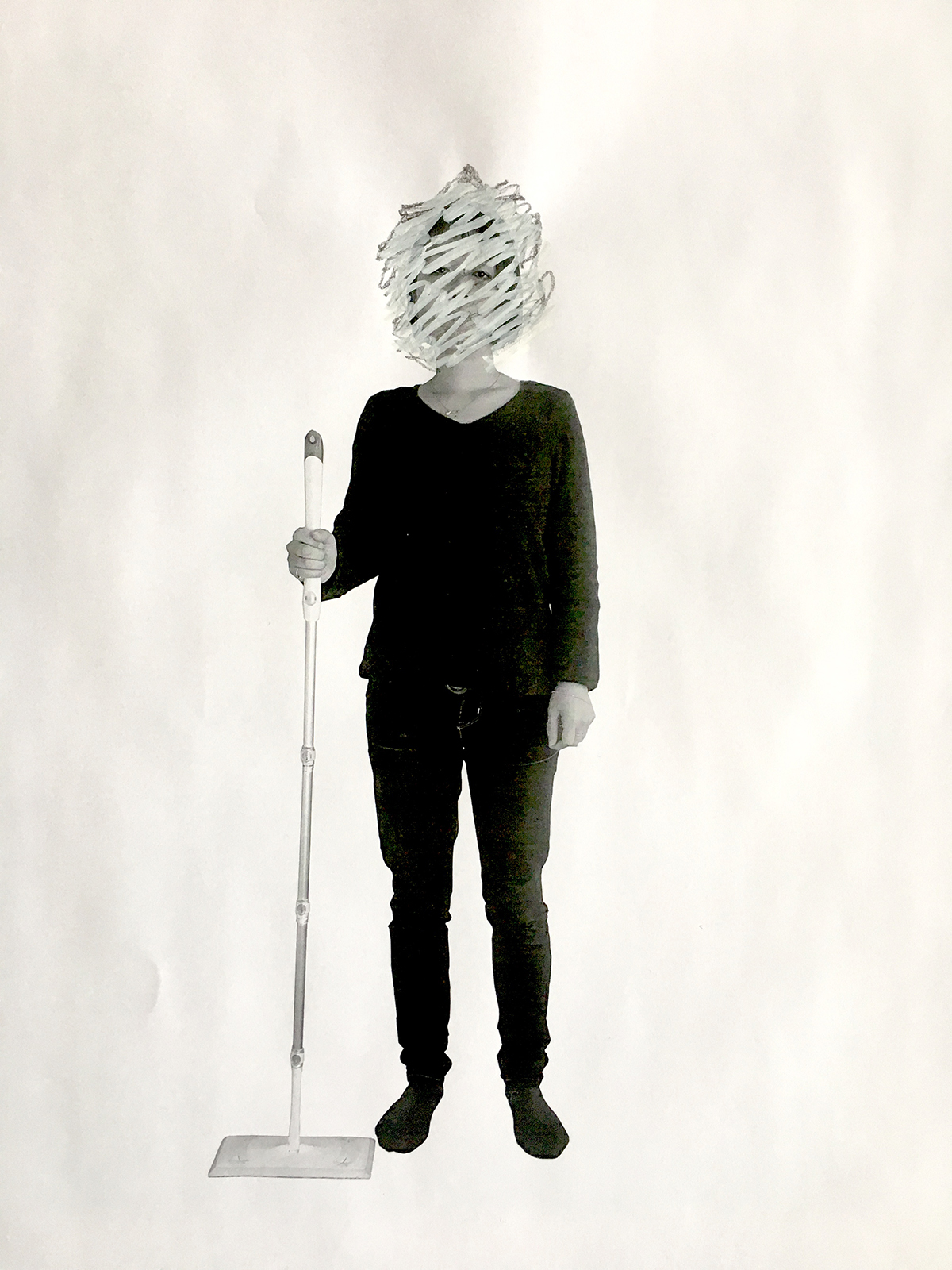
Drawing for Broom stars, 2020
© Masaru IWAI
-
IWAMA Asako
Born in Tokyo. Lives and works in Tokyo and Berlin.
Iwama’s practice has developed around the idea of the ontology of eating and explores the perception of nourishment examined through the relationship of nature and personhood. She ran the kitchen at Studio Olafur Eliasson between 2005 and 2014 and co-created the book The Kitchen in 2013 (later published by Phaidon Press in 2016). Iwama participated in “Foodscape―We Are What We Eat” at Arts Maebashi in 2016.- Venue:
- Yokohama Museum of Art
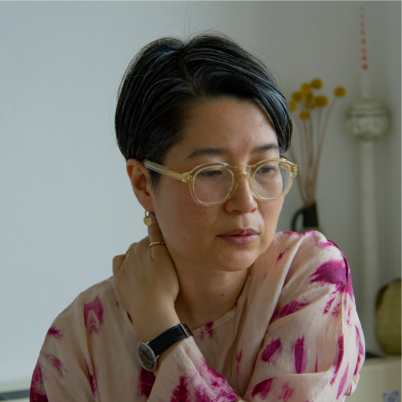
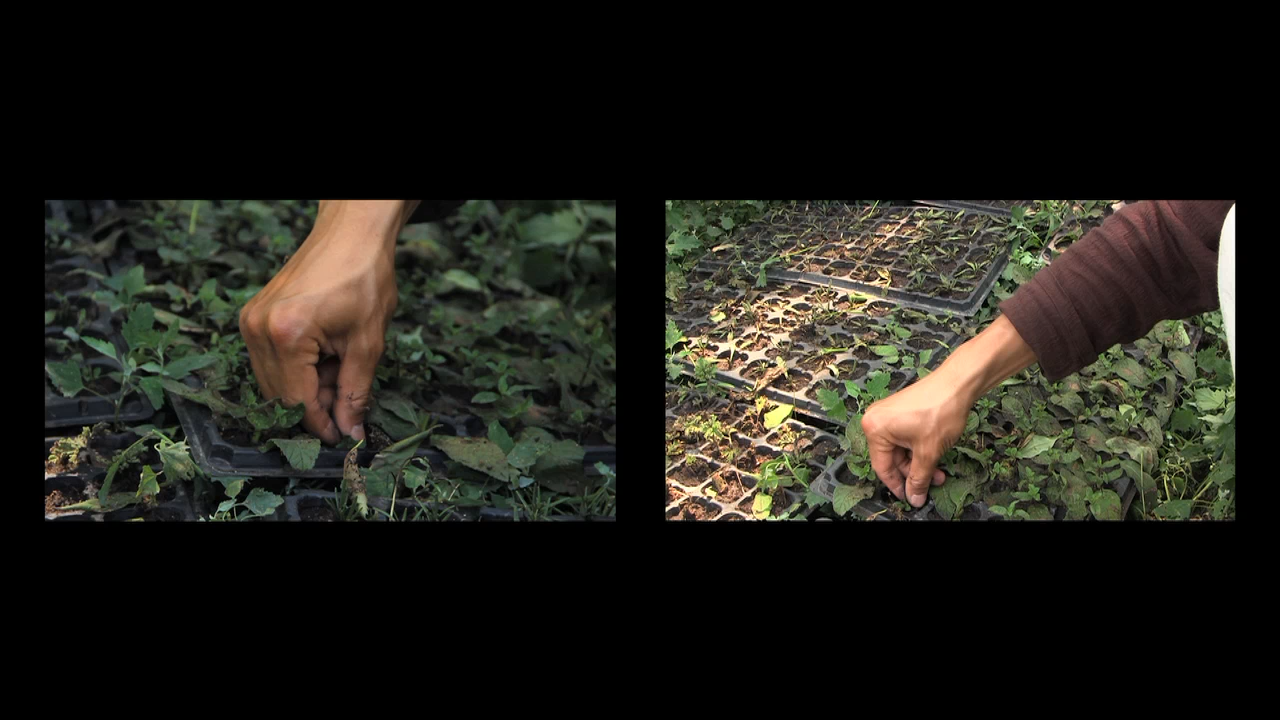
non-visible (still), 2013
© Asako Iwama and Derrick Wang
-
KANEUJI Teppei
Born in 1978 in Kyoto. Lives and works in Kyoto.
Kaneuji creates works that reveal the relationship between objects and images using techniques based on collage and assemblage in his sculptures, photographs and films. In recent years, his artistic practice has expanded into collaborations in creating scenography and directing theater and dance. He held a solo show “Melting City / Empty Forest” at the Yokohama Museum of Art in 2009, participated in the Singapore Biennale in 2011 and the Setouchi Triennale in 2019. He also took part in the Yokohama Triennale in 2005 as a member of the artist collective COUMA.- Venue:
- Yokohama Museum of Art
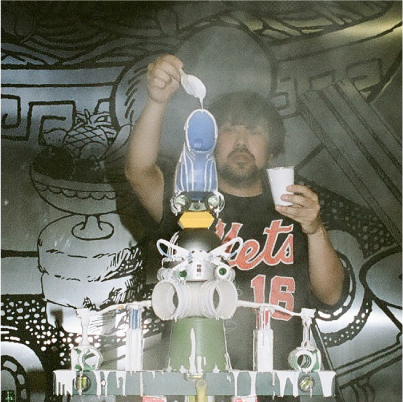
Photo by Kawashima Kotori
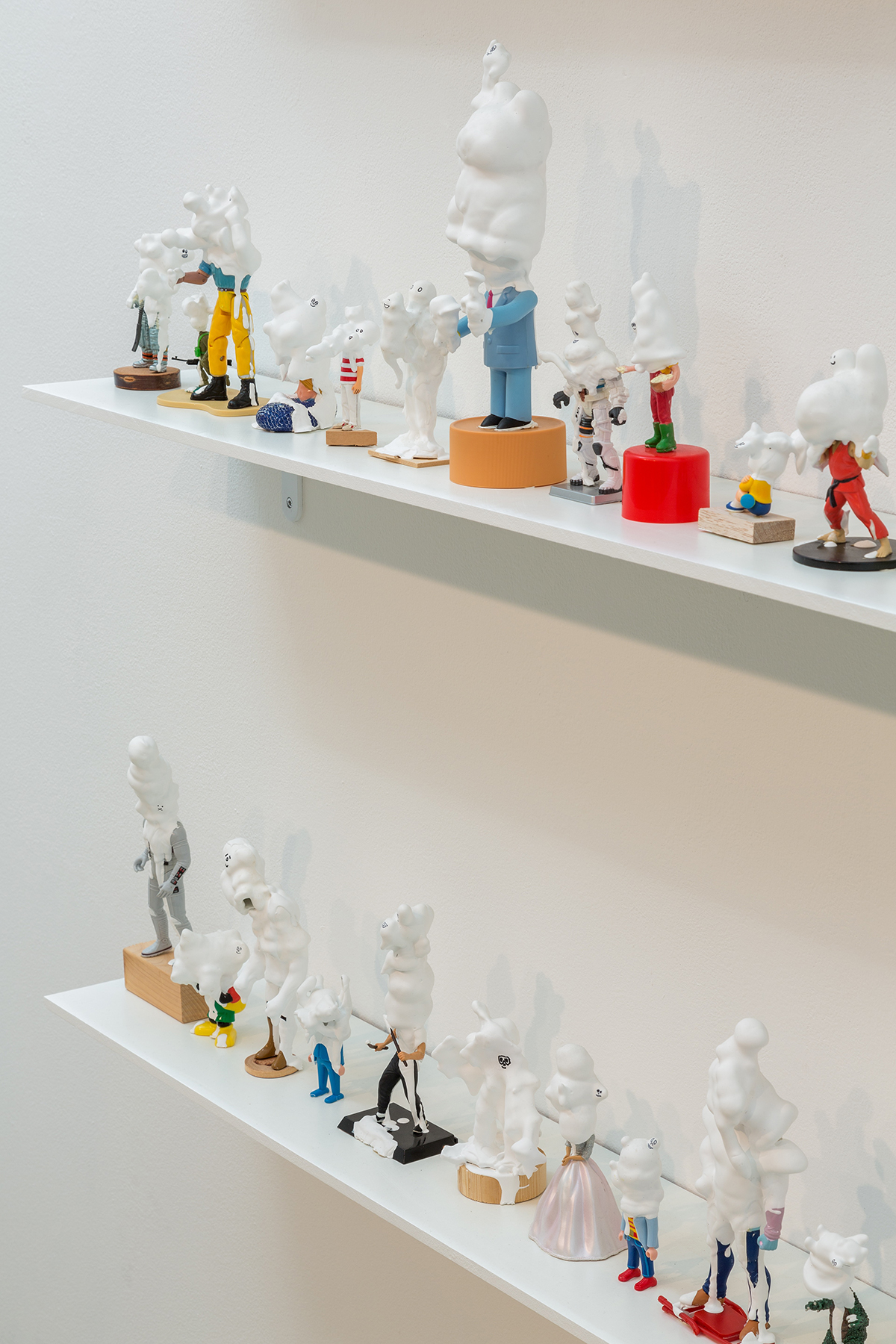
White Discharge (Figure / 73), 2003
Courtesy of One and J Gallery
-
KAWAKUBO Yoi
Born in 1979 in Toledo, Spain. Lives and works in London and Tokyo.
Having a background in disabilities sciences and financial trading, Kawakubo uses a wide range of media including photography, video, texts in multiple languages and installations to present socially critical works that question the topics including the identities of people and the land and the nature of finances. He held a solo show at the Shiseido Gallery in Tokyo in 2016 and participated in the Yokohama Triennale in 2017.
- Venue:
- PLOT48
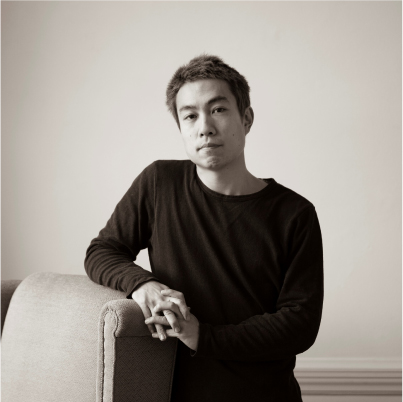

Installation view of Two million years of solitude, cherry blossoms and fifty thousand light years more, 2017
Courtesy of Koganecho Area Management Center
Photo by Kasagi Yasuyuki
-
Lebohang KGANYE
Born in 1990 in Johannesburg, South Africa. Lives and works in Johannesburg.
Kganye works primarily as a photographer and often incorporates her interest in film, performance and installation in her artistic practices. Her work combines the portraits of herself and her family and the historical and social images of South Africa, reflecting the reality while presenting fictional universe. Kganye is a recipient of Jury Prize of Coup de Couer Award at Bamako Encounters― African Biennale of Photography in Mali in 2015 and a winner of the sixth edition of the Tokyo International Photography Competition in 2019.
- Venue:
- Yokohama Museum of Art
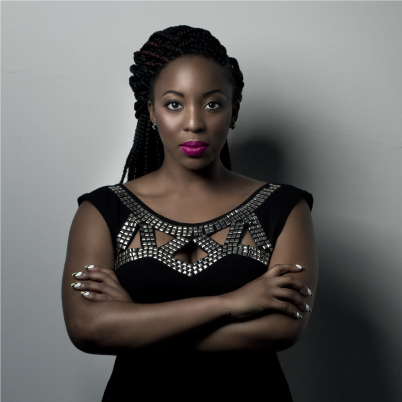
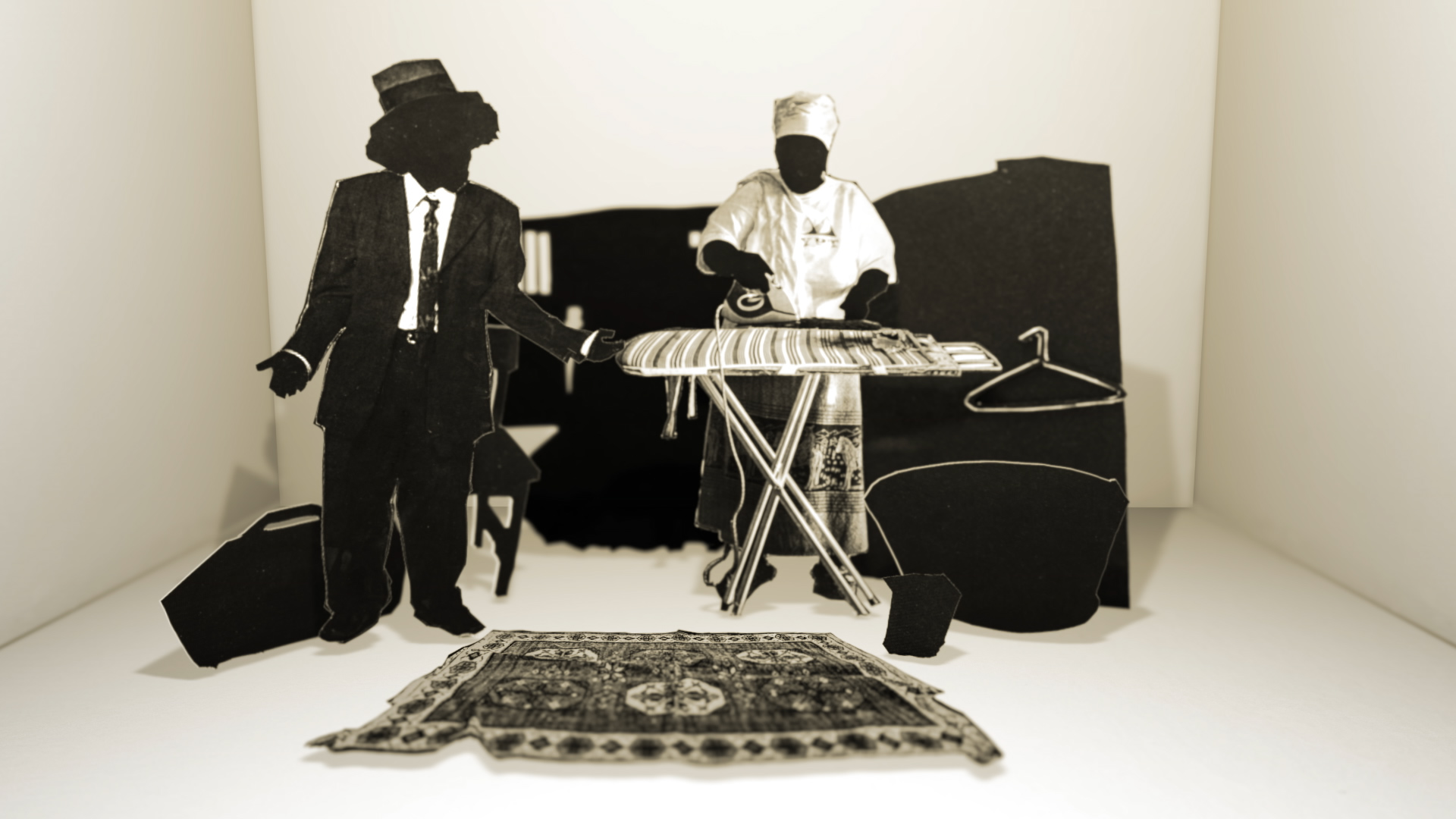
Ke Sale Teng (I am still here) (still), 2017
© LEBOHANG KGANYE, Courtesy of AFRONOVA GALLERY
-
KIM Yunchul
Born in 1970 in Seoul, Korea. Lives and works in Incheon.
Kim is known for his mechanical sculptures that incorporate scientific and mathematical theories and also as a composer of electroacoustic music. For this Triennale, Kim presents Chroma III, which applies knot theory in mathematics to structure hundreds of polymer cells, and Argos, which emits light by capturing muon particles that are produced by the collisions of cosmic rays with particles of the earth's atmosphere. He participated in Ars Electronica 2018, the International Triennial of New Media Art in Beijing, 2014, Mediacity Seoul in 2008 and was the winner of the Collide International Award 2016 by CERN (the European Organization for Nuclear Research) in Switzerland and FACT (Foundation for Art and Creative Technology) in the UK, which honors those who contribute to creative collisions between science and art.- Venue:
- Yokohama Museum of Art
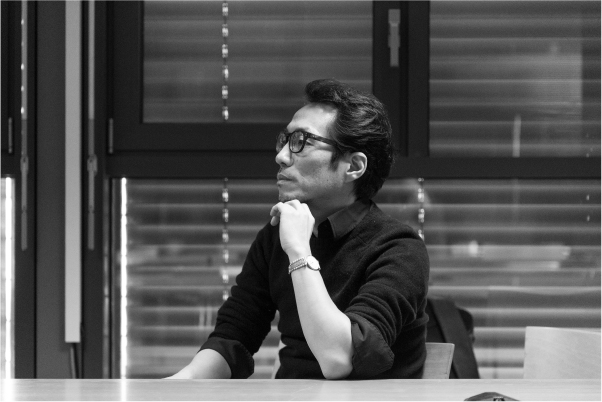
Photo by Bennett, Sophia Elizabeth, CERN
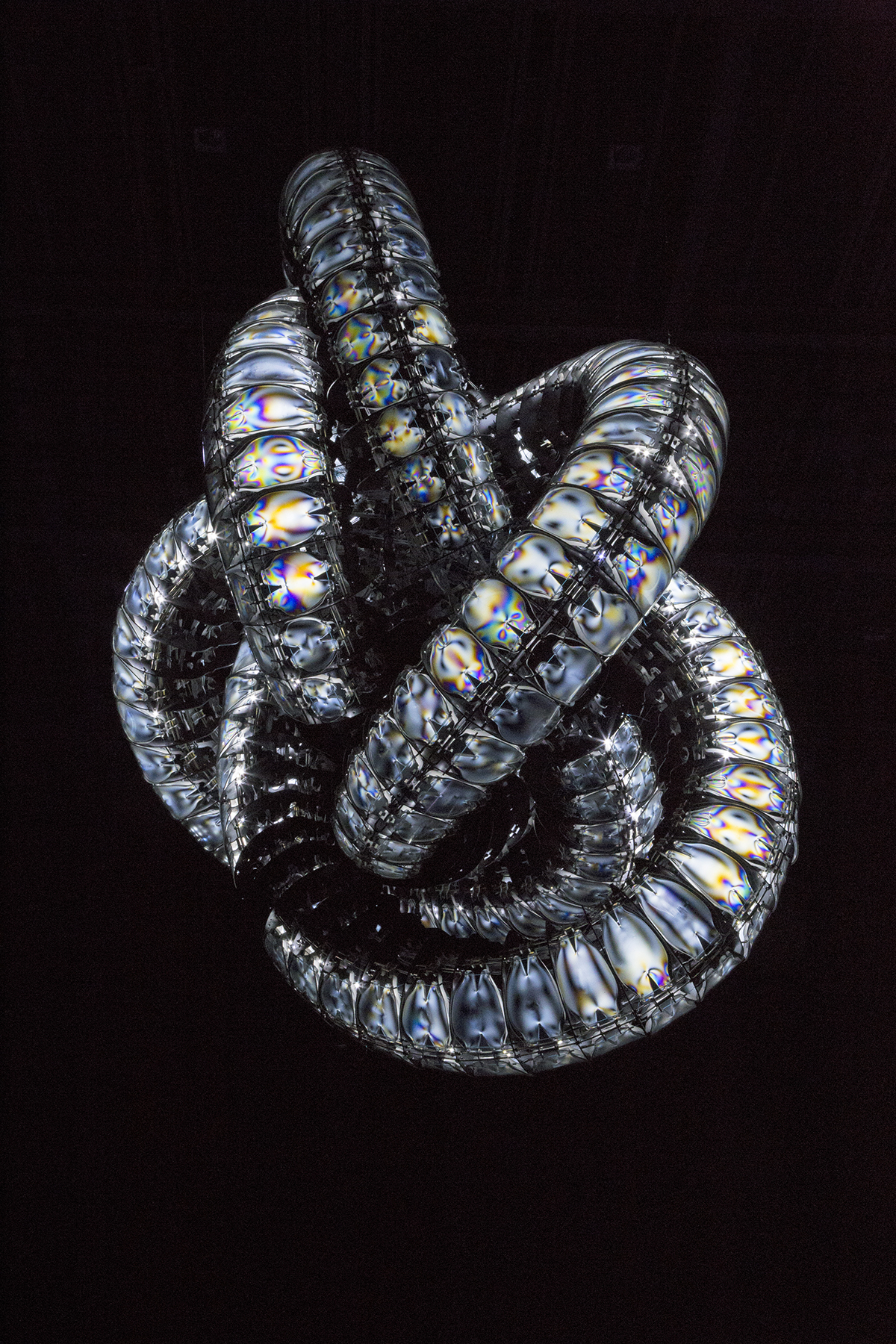
Chroma, 2019
Courtesy of the artist, Photo by the artist
-
Elena KNOX
Born in Gosford, Australia. Lives and works in Tokyo.
Knox’s artworks stage enactments of presence, persona, identity and belief in technoscience futures. They cut through digital media, performance, sculpture, sound, music and installation. For this Triennale, Knox develops a special edition of her participatory project Volcana Brainstorm, which examines sensuality and survival in self-contained biospheres by creating ‘pornography’ for shrimp. She participated in Koganecho Bazaar 2019 in Yokohama and “Future and the Arts” at the Mori Art Museum in 2019, as well as many exhibitions outside of Japan.- Venue:
- PLOT48
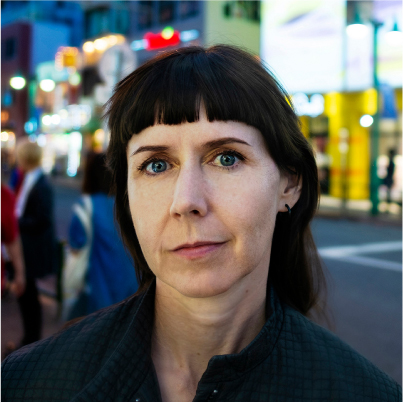
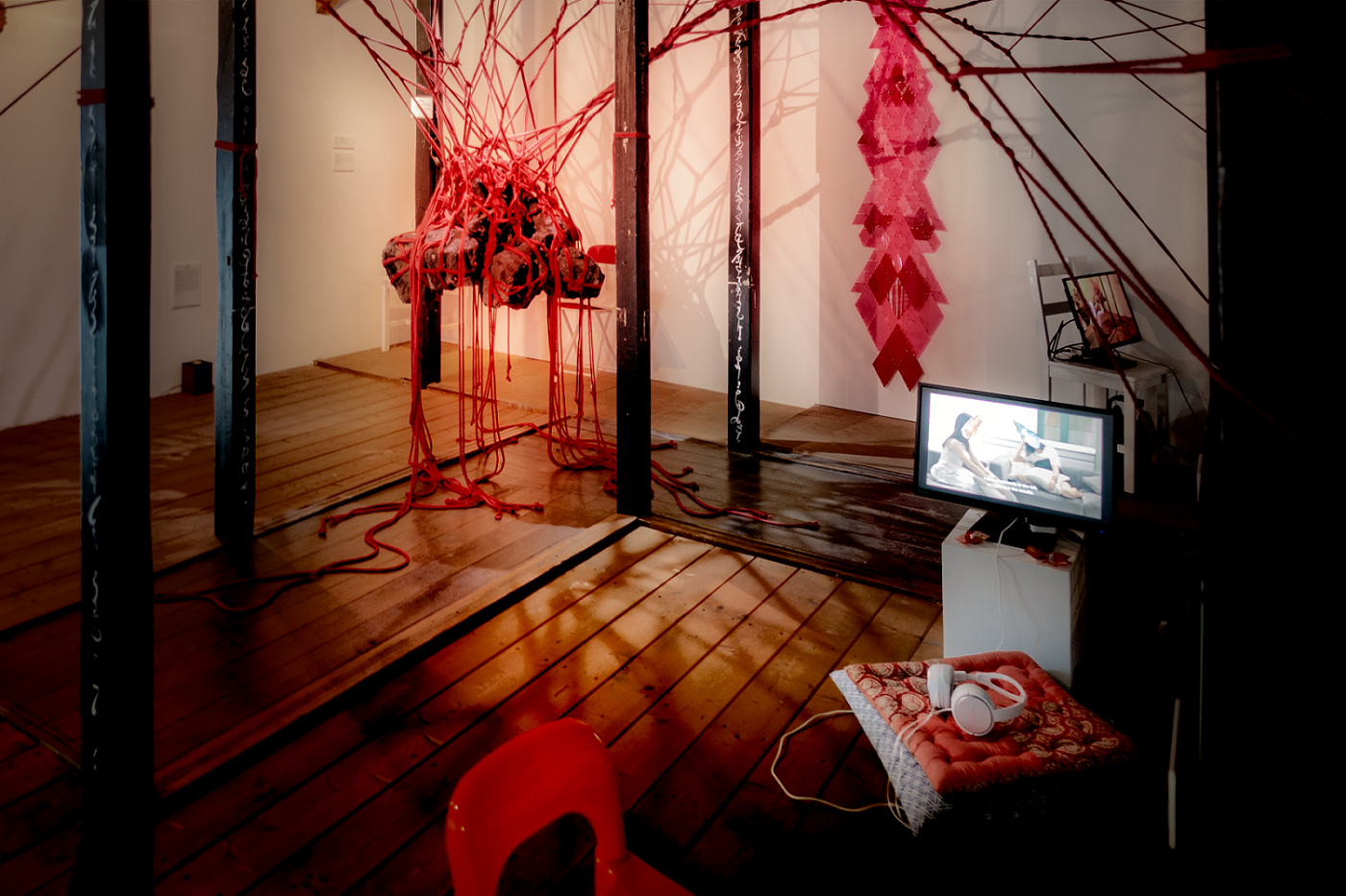
Installation view of Volcana Brainstorm, 2019
-
LAU Wai
Born in 1982 in Hong Kong. Lives and works in New York and Hong Kong.
Lau’s works investigate how history, fiction, memory and virtuality collided in the process of identity formation through personal and historical archives, cinematic imagery, popular culture and digital media. For this Triennale, Lau exhibits her latest video work. She has participated in the Echigo-Tsumari Art Triennale (“Three Shadows Photography Award Exhibition”) in Japan in 2015, Photo Biennale in Denmark in 2016, the Kuandu Biennale, Taiwan in 2018 and has exhibited in Europe, Asia and the USA, including the Power Station of Art in Shanghai, China, Para Site and Tai Kwun Contemporary in Hong Kong, and The Museum of Fine Arts, Houston, USA.
- Venue:
- PLOT48
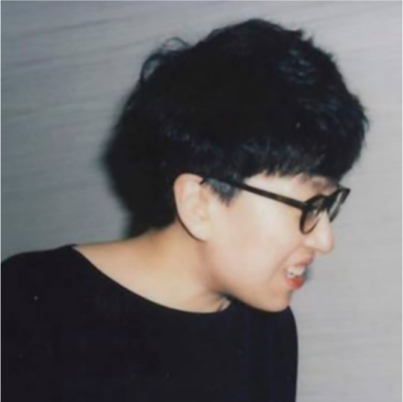
Photo by Oscar Yik Long Chan
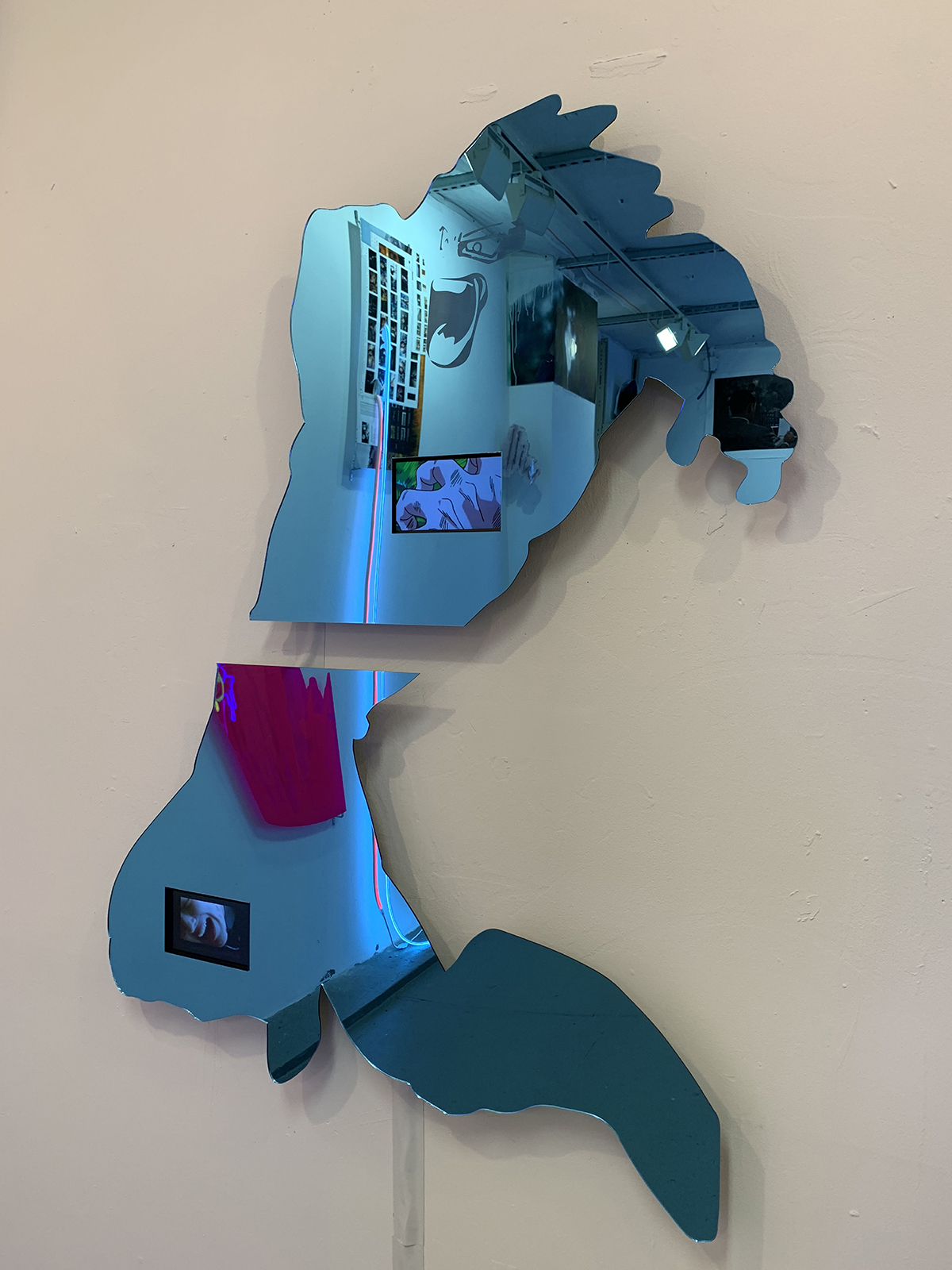
There is a voice missing, 2019
Courtesy of LAU WAI, Photo by LAU WAI
-
Russ LIGTAS
Born in 1985 in Cebu, the Philippines. Lives and works in Manila.
Ligtas presents installation, performance and choreography that reflect conflicts and the reality he confronts in life. In his performances he plays several alter egos that reveal the notions of self as presence, persona and myth. In recent years, his artistic practices explore and examine human interactions and behaviors on social media platforms. Ligtas held a solo exhibition at the Cultural Center of the Philippines in 2017 and was a grantee of the Asian Cultural Council of the same year. He held a solo performance at the Low Fat Art Festival in Thailand in 2019.
- Venue:
- PLOT48
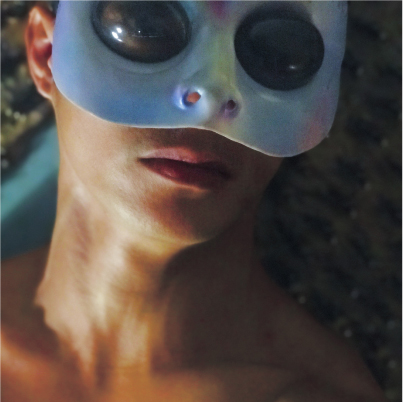
Courtesy of the artist
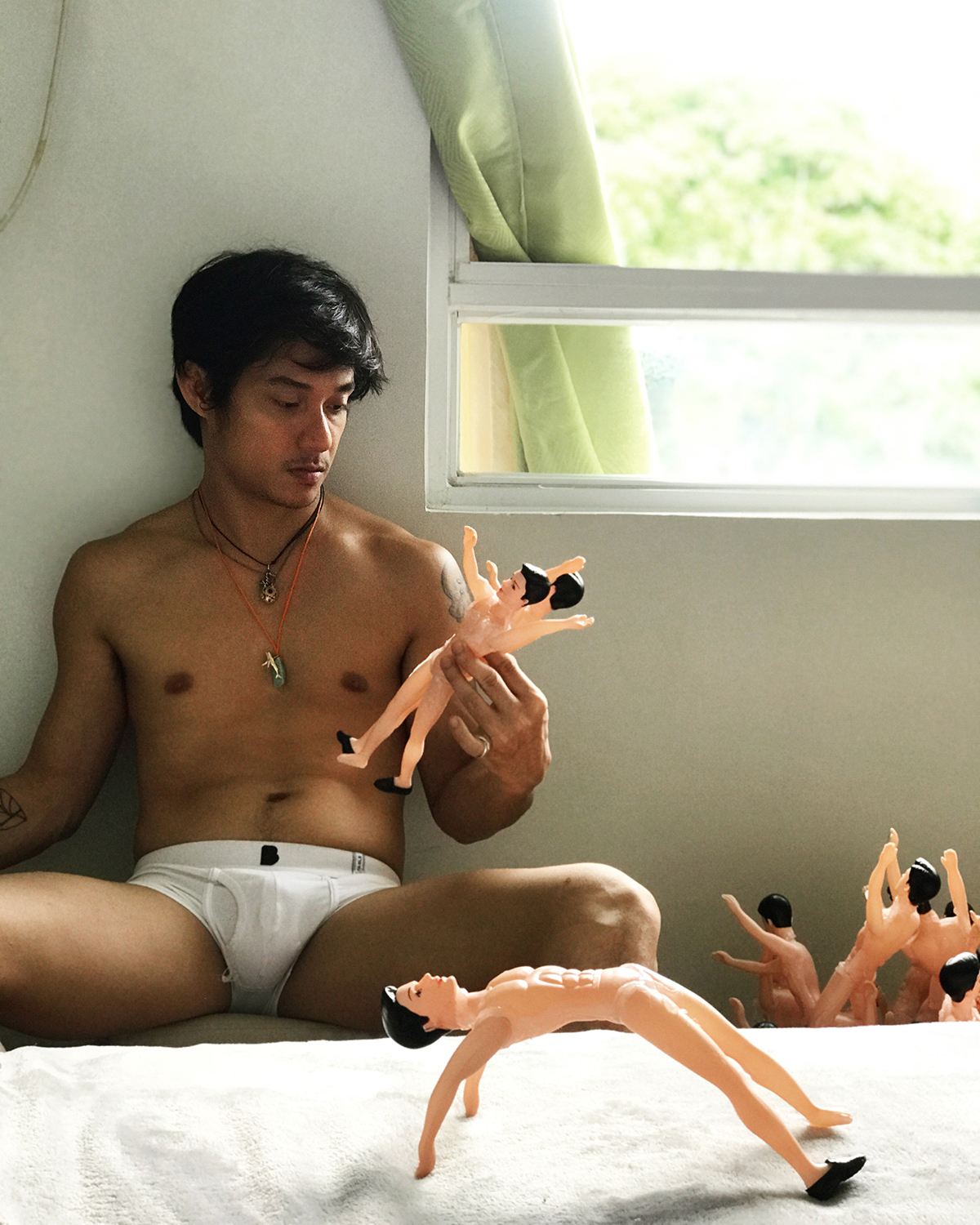
Making Planet Blue, 2020
Photo by Dane Terry
-
Make or Break
(Connie ANTHES & Rebecca GALLO)Connie ANTHES was born in 1978 in Sydney, Australia. Rebecca GALLO was born in 1985 in Sydney, Australia. Both live and work in Sydney.
Make or Break is a collaboration between artists Connie Anthes and Rebecca Gallo that began in 2015. They work across gallery, institution, festival and community contexts to produce a range of process-based projects. These include creating experimental economies, facilitating conversations, circulating fictional currencies and redistributing resources. They engage in projects that expose invisible social structures, labor issues and the artist-audience relationship. Working with specific communities, they question the social and political systems that influence lives and livelihood. Make or Break participated in Underbelly Arts Lab and Festival in Australia in 2017 and the Kyneton Contemporary Art Triennial in Australia in 2018.
- Venue:
- Yokohama Museum of Art
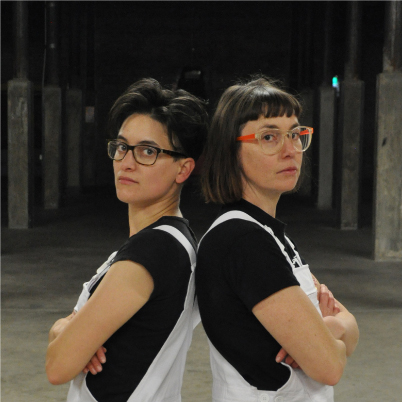
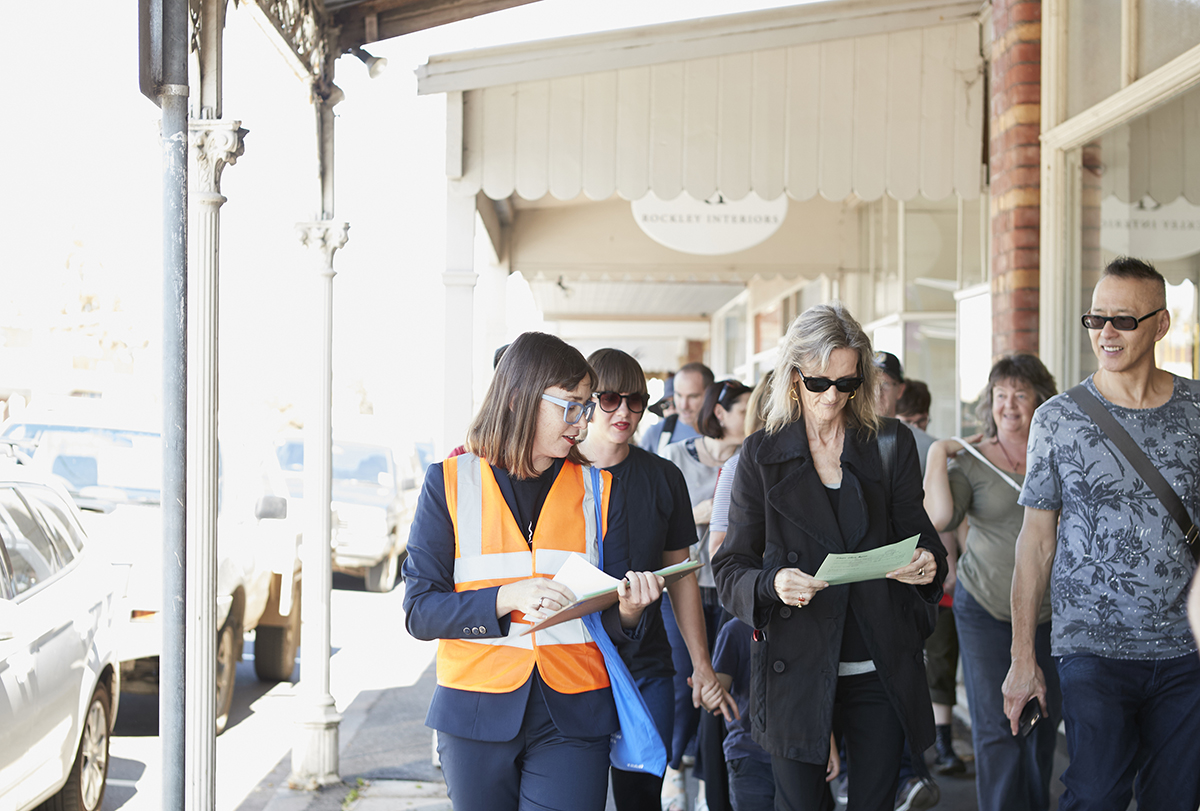
Unveilings, 2018
© Make or Break, Courtesy of the Artist
Photo by Zan Wimberley
-
Taus MAKHACHEVA
Born in Moscow, Russia. Lives and works in Moscow, Russia.
Makhacheva is known for performance and video works that critically examine what happens when different cultures and traditions come into contact. Having grown up in Moscow with cultural origins in the Caucasus region of Dagestan, her artistic practice is often informed by her personal connection with the co-existing worlds of pre- and post- Sovietisation. For the Triennale, she presents a mixed media installation, where gymnastic apparatus is deformed and defunct, a multi channel audio announcing a series of verbal authoritative clichés used in institutional and private spaces, questioning the notions of body, discipline and control in current social patterns. Makhacheva has participated in many international biannuals including Moscow (2011 and 2015), Sharjah (2013), Shanghai (2016), Venice (2017), Riga (2018), Lyon (2019) and Lahore (2020).
- Venue:
- Yokohama Museum of Art
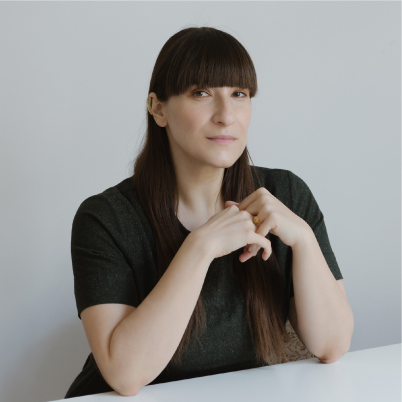
Photo by Natalia Pokrovskaya
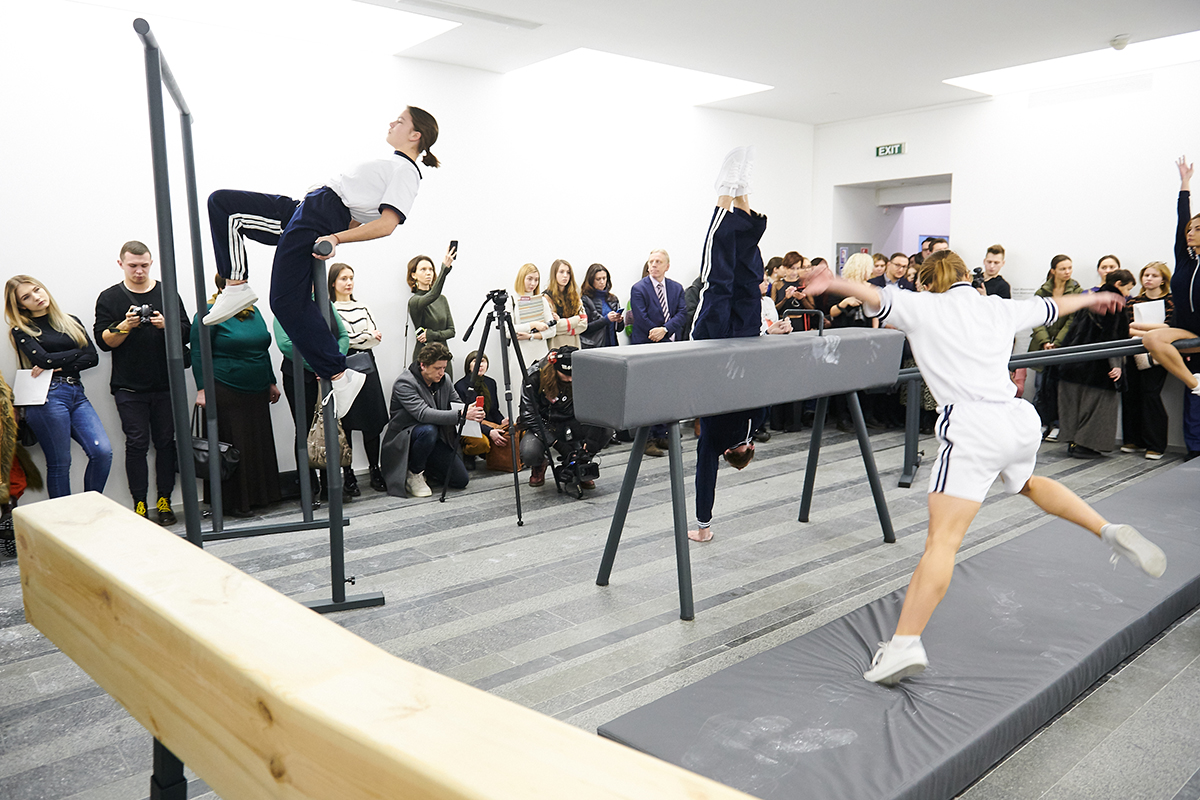
Quantitative Infinity of the Objective, 2019
© Taus Makhacheva, Courtesy of Taus Makhacheva
Photo by Alex Piliugin
-
Kabelo MALATSIE
Born in 1987 in Mphakane, South Africa. Lives and works in Johannesburg.
Malatsie is a curator and organizer. She was a director of the Visual Arts Network of South Africa from 2018 to 2019. Her ongoing curatorial research project explores the exhibitionary mode as unlikely starting points that place incongruous practices together, to instigate other ways of making and reading the world we inhabit. As an organizer, she is preoccupied with the notion of autonomy, specifically "temporary autonomous zones" within the African context.
- Episōdo artist:
- Merv ESPINA, PUGMENT
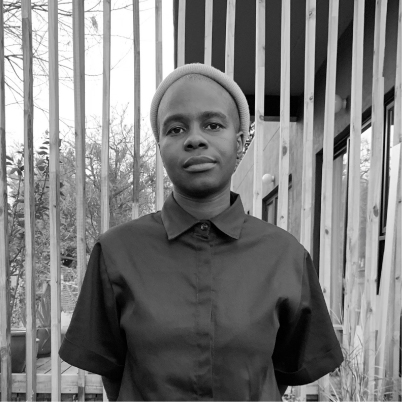
© George Mahashe, Courtesy of Kabelo Malatsie
Photo by George Mahashe -
Naeem MOHAIEMEN
Born in 1969 in London, UK. Works in Dhaka, Bangladesh and New York.
Mohaiemen directs films, writes essays, and builds installations. He focuses on vanquished left utopias, flawed decolonization, socialism-Islamism pivots, and shifting borders. Presented in this Triennale is his new work set in India, about the relationship between terminal care and dream life. Mohaiemen participated in many exhibitions including Chobi Mela, Bangladesh in 2009, the Venice Biennale in 2015, documenta 14, Greece/Germany in 2017 and the Lahore Biennale, Pakistan in 2018. He is author of Midnight’s Third Child (Nokta, 2020) and Prisoners of Shothik Itihash (Kunsthalle Basel, 2014).
- Venue:
- PLOT48
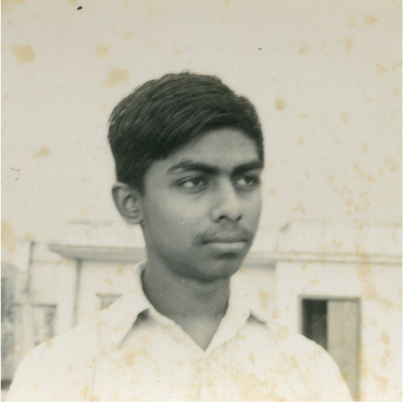
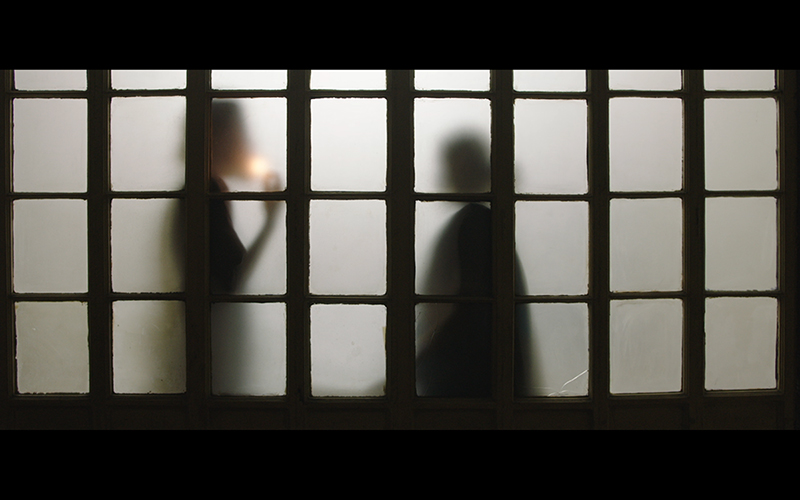
Jole Dobe Na (Won't Drown in Water) (still), 2020
© Naeem Mohaiemen, Courtesy of the artist
-
James NASMYTH
1808‒1890
Nasmyth demonstrated talent in art and machine technology and showed a great interest in astronomy from his young age. After making a fortune by inventing the steam hammer for forging iron pieces as a mechanical engineer, he retired from business to devote himself in astronomical observation. He invented the Nasmyth telescope and observed the landscapes of moon, resulting in the publication of his monumental work The Moon: Considered as a Planet, a World, and a Satellite in 1874. The book includes his photographs of the plaster model of the moon’s surface created by Nasmyth himself. A group of duplicated photographs from the book are introduced in this Triennale.
- Venue:
- Yokohama Museum of Art
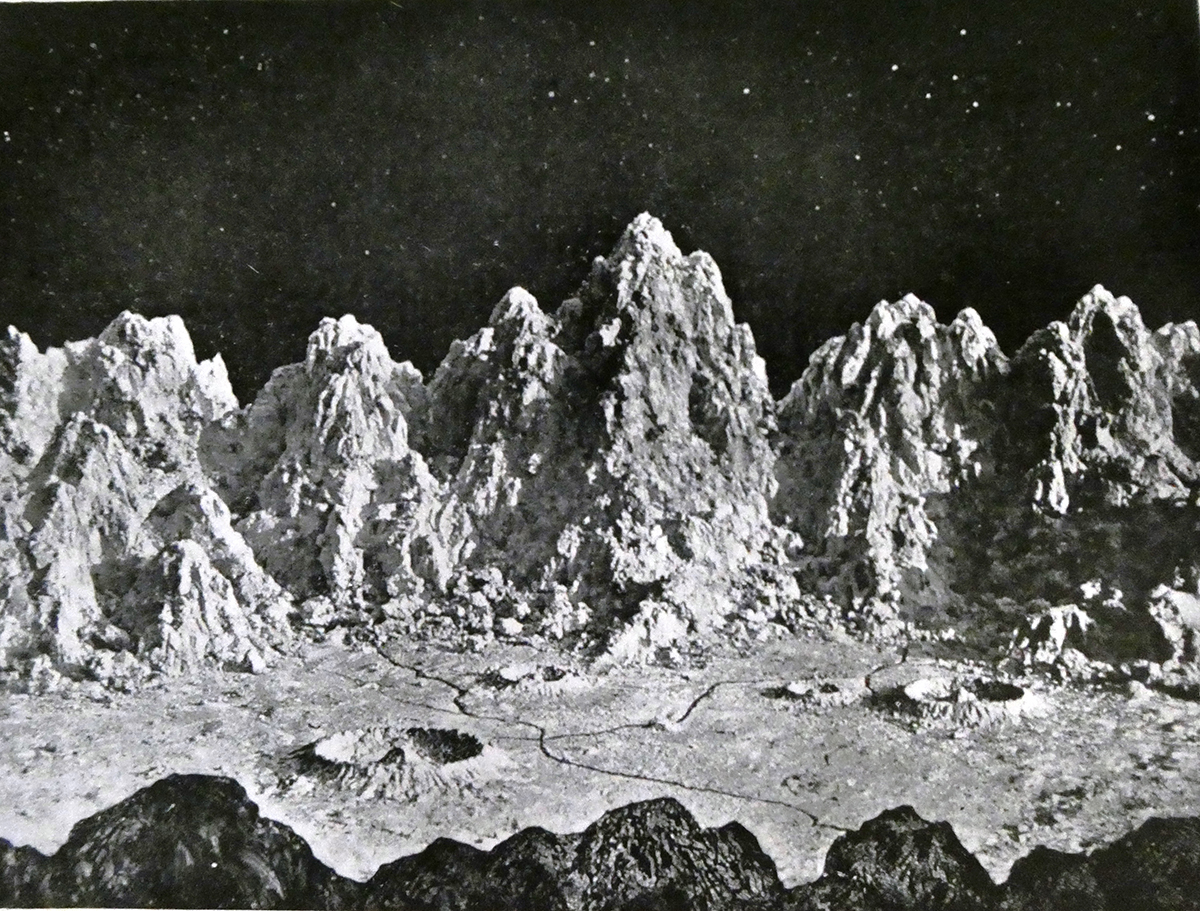
Group of Lunar Mountains (Ideal Lunar Landscape), Illustration in: The Moon: Considered as a Planet , a World, and a Satellite / By James Nasmyth and James Carpenter, 4th ed.,1903 (1st edition in 1874),
“Astrocurio Collection” by Mr. Tsunoda Tamao
-
PARK Chan-kyong
Born in 1965 in Seoul, Korea. Lives and works in Seoul.
Park works primarily with film as an artist and is active also as a writer. Exhibited in this Triennale is his film Belated Bosal, which is inspired by the fact that the names of Indian nuclear tests and Japanese nuclear reactors are derived from Buddhism. In the work he examines the distress caused by nuclear power in society today and associates it with the Buddhist scripture. He held a solo exhibition in the MMCA Hyundai Motor Series 2019 at the Museum of Modern and Contemporary Art, Korea in 2019. Park was the artistic director of SeMA Biennale Mediacity Seoul 2014.- Venue:
- Yokohama Museum of Art
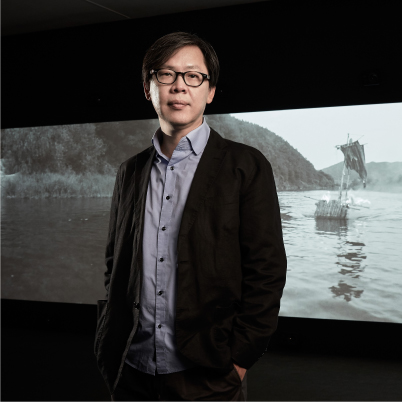
Photo by Keith Park, Courtesy of Kukje Gallery
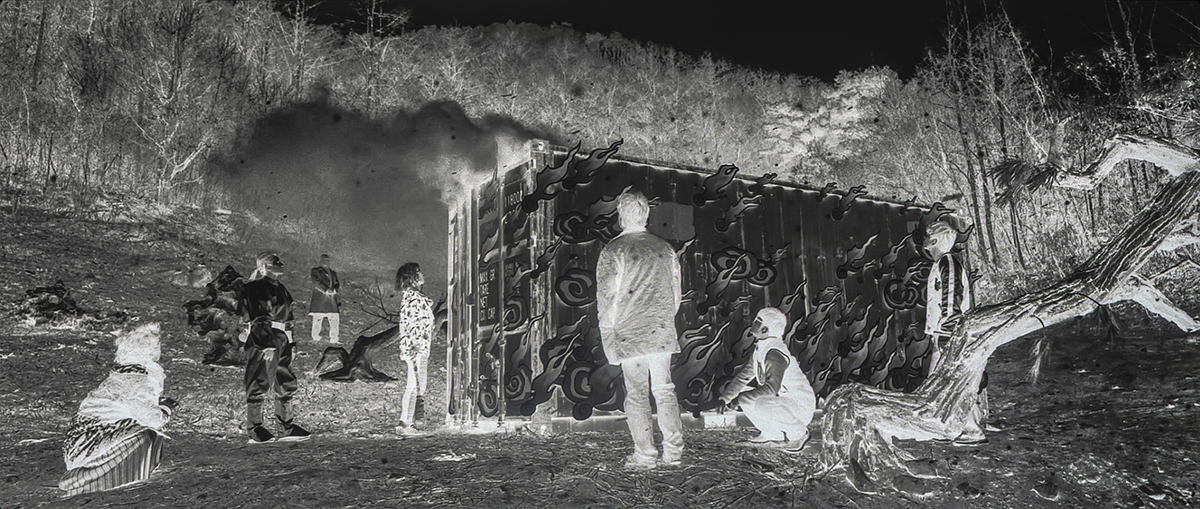
Belated Bosal (still), 2019
© Park Chan-kyong, Photo by Hong Cheolki
-
Amol K. PATIL
Born in 1987 in Mumbai, India. Lives and works in Mumbai.
Patil, a conceptual and performance artist, observes urban conditions and working-class communities through various media, including video, kinetic sculpture, and installation. His works were shown in “Kamarado” at the Stedelijk Museum Amsterdam in 2015, in his solo show at the Asia Culture Center in Gwangju in 2017 and in “Reimagine India” at The Showroom in London in 2018.- Venue:
- PLOT48
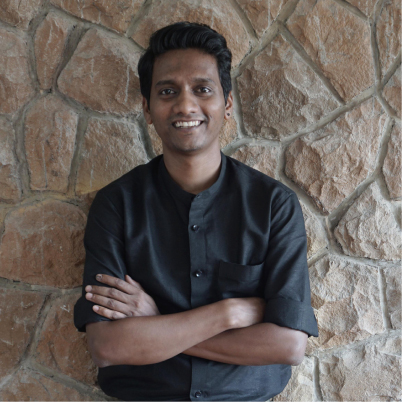
Photo by Yogesh Barwe
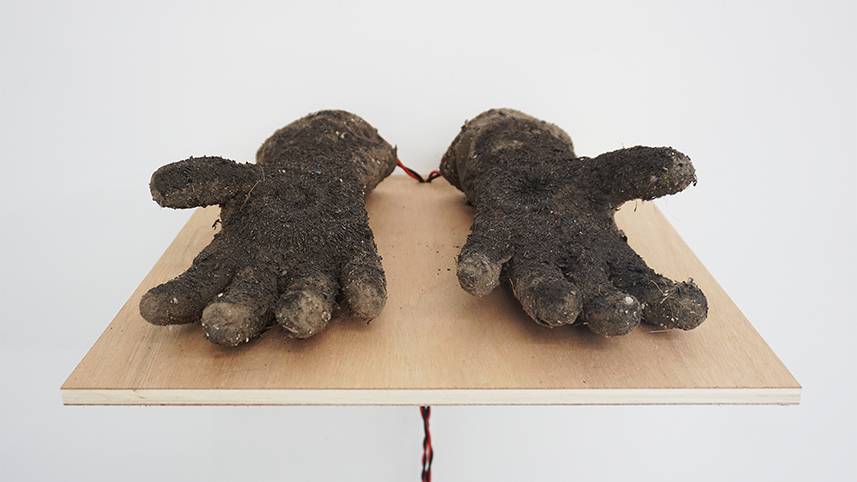
What is human becomes animal, 2019
© Amol K Patil, Courtesy of Amol K Patil
Photo by Amol K Patil
-
Printing Sound
Printing Sound was founded in 2018 as a collective of some 40 creators including musicians, artists, designers, photographers and performers. Based in Nanjing, China, and Tokyo, they employ a wide range of themes and methods to create spaces for discovery that contain reminders of historical issues continuing to impact the world today. For this exhibition, they will adapt to the challenge of COVID-19 by expanding their activities to the digital realm and launching the online project SURE INN. It will comprise a rich collaboration spanning Japan, China and South Korea, and address the historical issues they have attempted to overcome through the power of culture in addition to the increasingly universal problems caused by the virus and discrimination.
- Venue:
- PLOT48

Photo by Yui Hasegawa
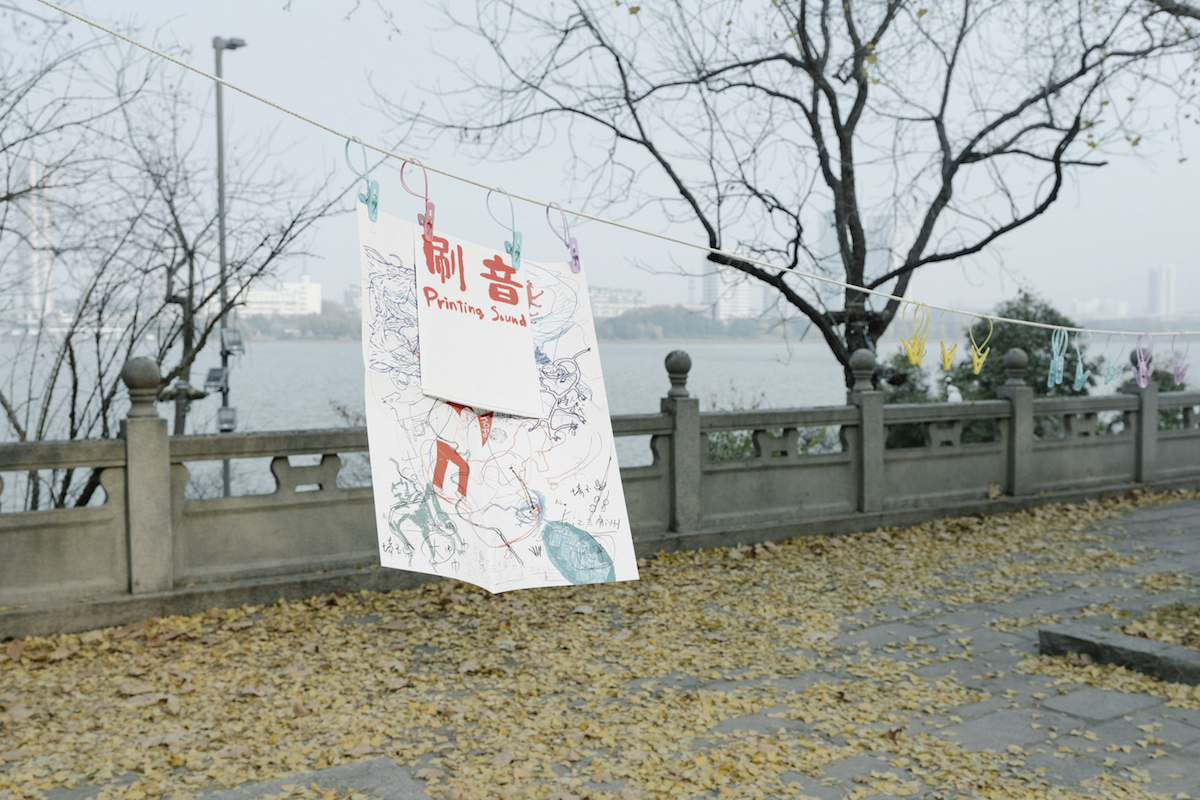
Drying place of “Printing Sound”, Xuanwu lake, 2019
-
Aluaiy PULIDAN
Born in 1971 in Paridrayan, Sandimen Township, Taiwan. Lives and works in Sandimen.
Born into a noble family of the Paiwan tribe in the Southernmost region in Taiwan, Aluaiy Pulidan started making art works from the mid-2010s, producing soft sculptures made of colorful fabric inspired by the traditional tribal costumes she has known since her childhood. Her work conveys the pulse of tribal women engaging in microscopic work of weaving and embroidering of beads. Her artistic practice has recently shifted from refined craft works to large-scaled installations. For this Triennale, she shows a body of works, which is introduced outside Taiwan for the first time.
- Venue:
- PLOT48
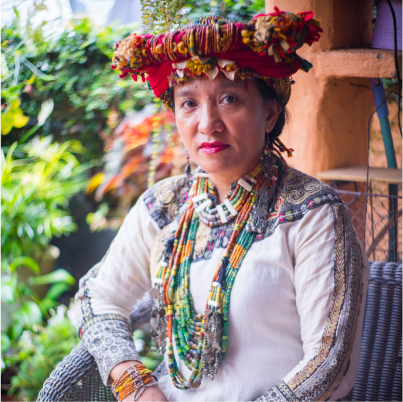
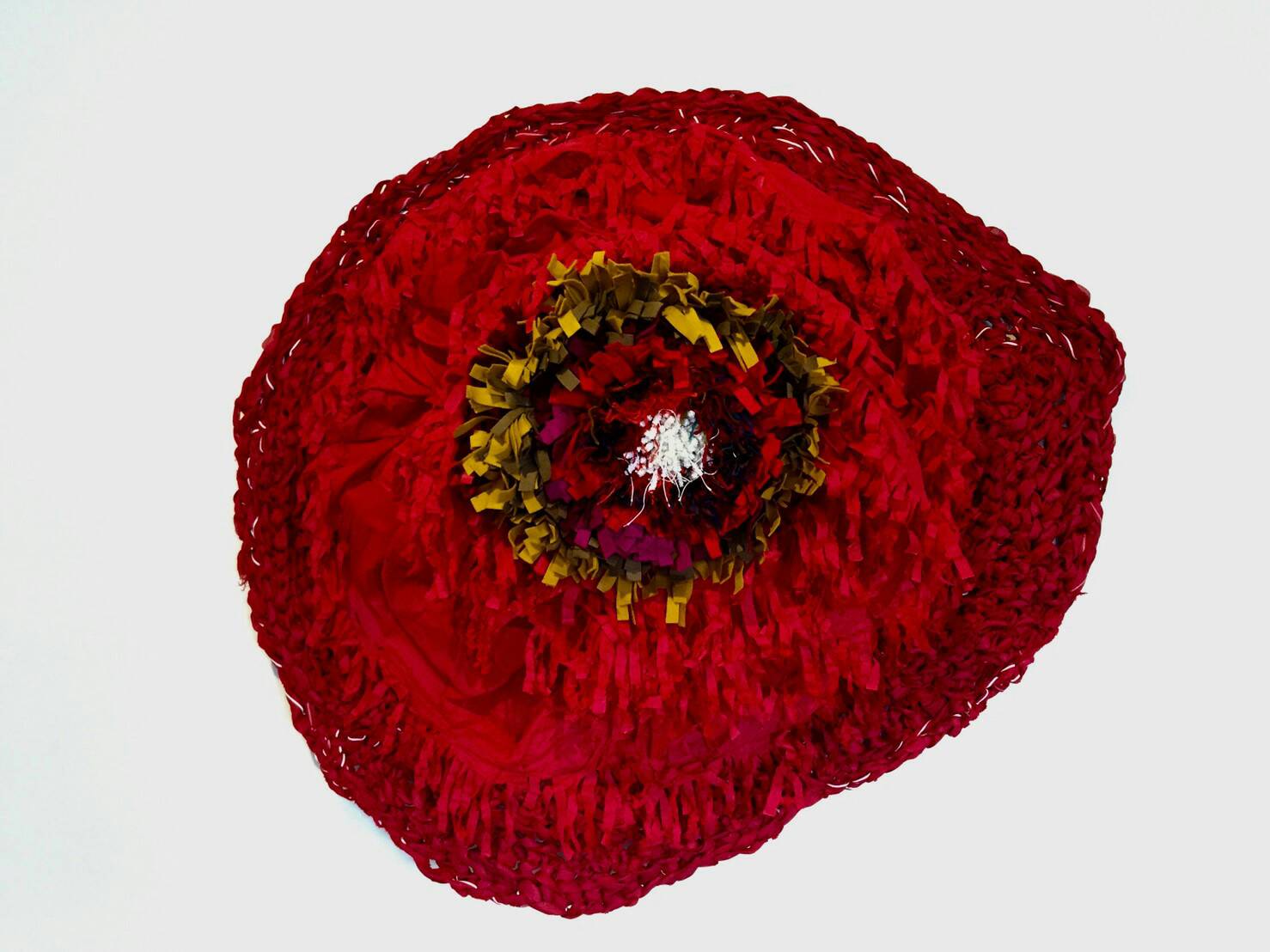
Blooming, 2019
© 伊誕創藝視界企業社, Photo by 王 言度
-
Renuka RAJIV
Born in 1985 in Chennai, India. Lives and works in Bangalore.
Rajiv makes art as a medium of communication with others. Their work engages with sexuality, gender and family, referencing the relationship with others. Rajiv’s artistic practices, centering on drawing and print, extend to include artist book, zine, papier-mache and textile in recent years. For this Triennale, Rajiv makes an installation comprised of their new work produced on site in Yokohama and a group of works from their recent practices. Rajiv received the NGV Women’s Association Prize in Australia in 2010 and the Emerging Artist Award 2016 from the Foundation for Indian Contemporary Art in India.
- Venue:
- Yokohama Museum of Art
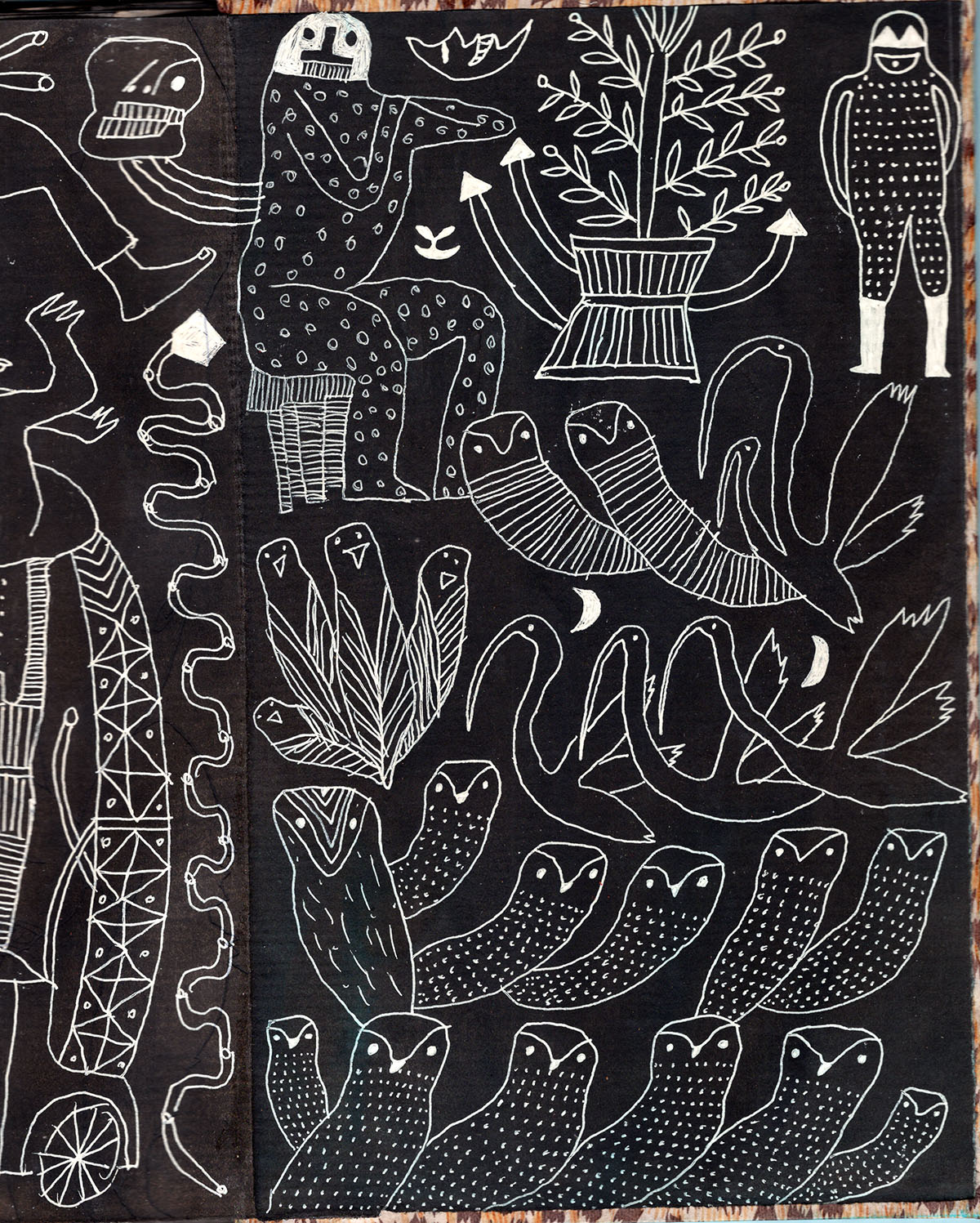
Failing The Innocents, 2019
-
Oscar SANTILLAN
Born in 1980 in Milagro, Ecuador. Lives and works in Den Haag.
A cybernetician, artist, and sci-fi partisan, Santillan has collaborated with experts across different disciplines such as scientists, philosophers, music composers and anthropologists in the last decade. His practices involve experimental processes of trying, making, and ruining good ideas (and pondering on bad ones at the same time), resulting in works of art that provoke imagination. Santillan exhibits Spacecraft (Venus), a sculpture made from clay that has the same chemical composition of the surface soil of planet Venus and a new work for this Triennale. He held solo exhibitions at Witte de With Center for Contemporary Art in the Netherlands in 2016 and the MUAC (Museo Universitario de Arte Contemporáneo) of the National Autonomous University of Mexico in 2017 among others.
- Venue:
- Yokohama Museum of Art / PLOT48
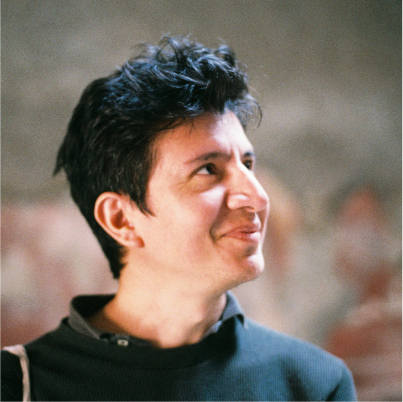
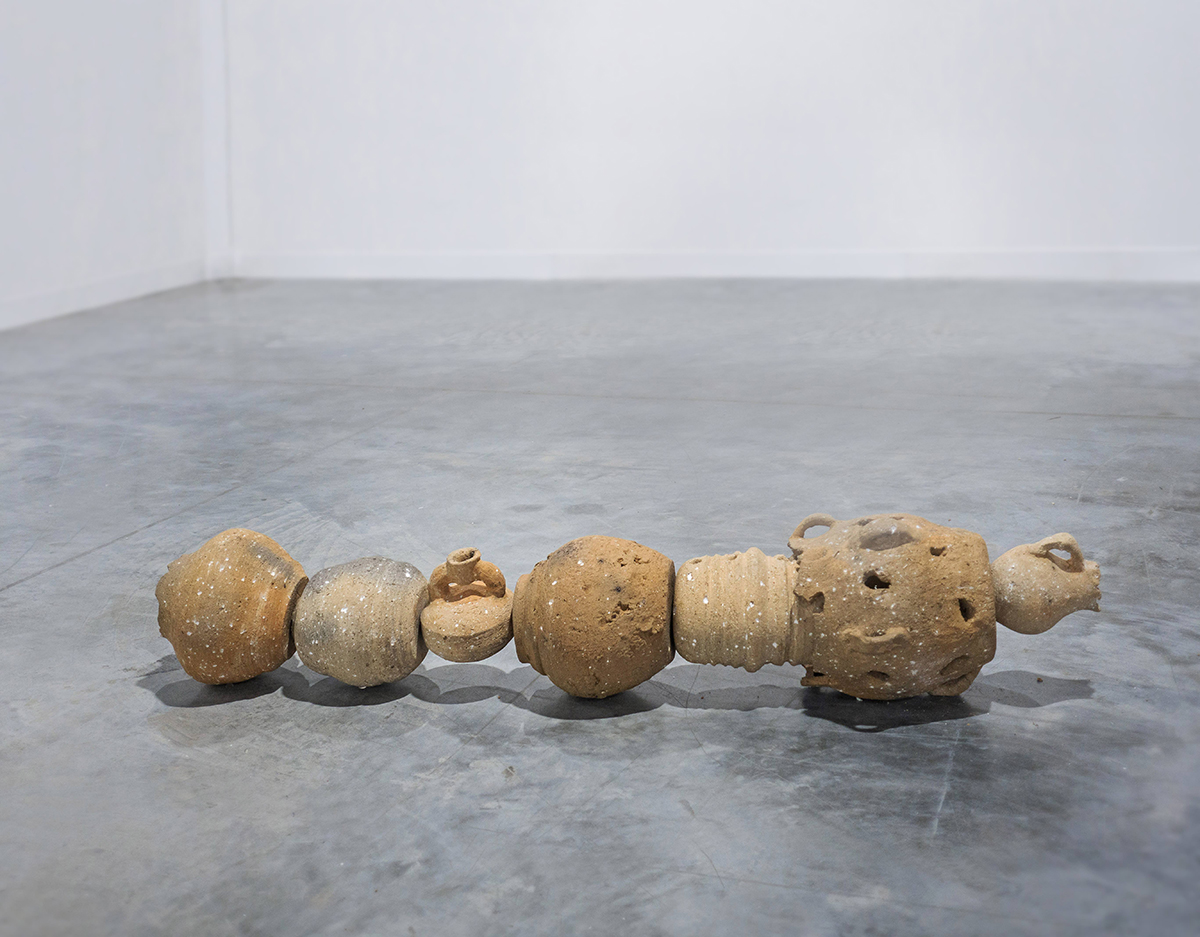
Spacecraft (Venus), 2018
-
SARKER Protick
Born in 1986 in Dhaka, Bangladesh. Lives and works in Dhaka.
Sarker’s photography and video works explore the landscapes and the cultures that are disappearing from the histories and the lives of people in Bangladesh. His narratives are rooted on the materiality of time and impermanence through eroded lands, colonial spaces and family history. In this Triennale, Sarker exhibits a new video collage and a series of photographic slides, which introduces once prosperous film industry of Bangladesh. He participated in the Dhaka Art Summit in 2014, the Daegu Photo Biennale in 2016 and the Triennial of Photography Hamburg in 2018.
- Venue:
- Yokohama Museum of Art / PLOT48
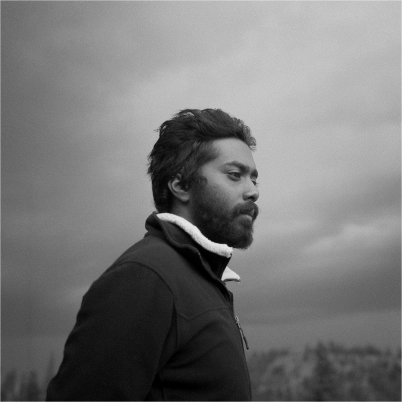
Photo by Aishwarya Arumbakkam
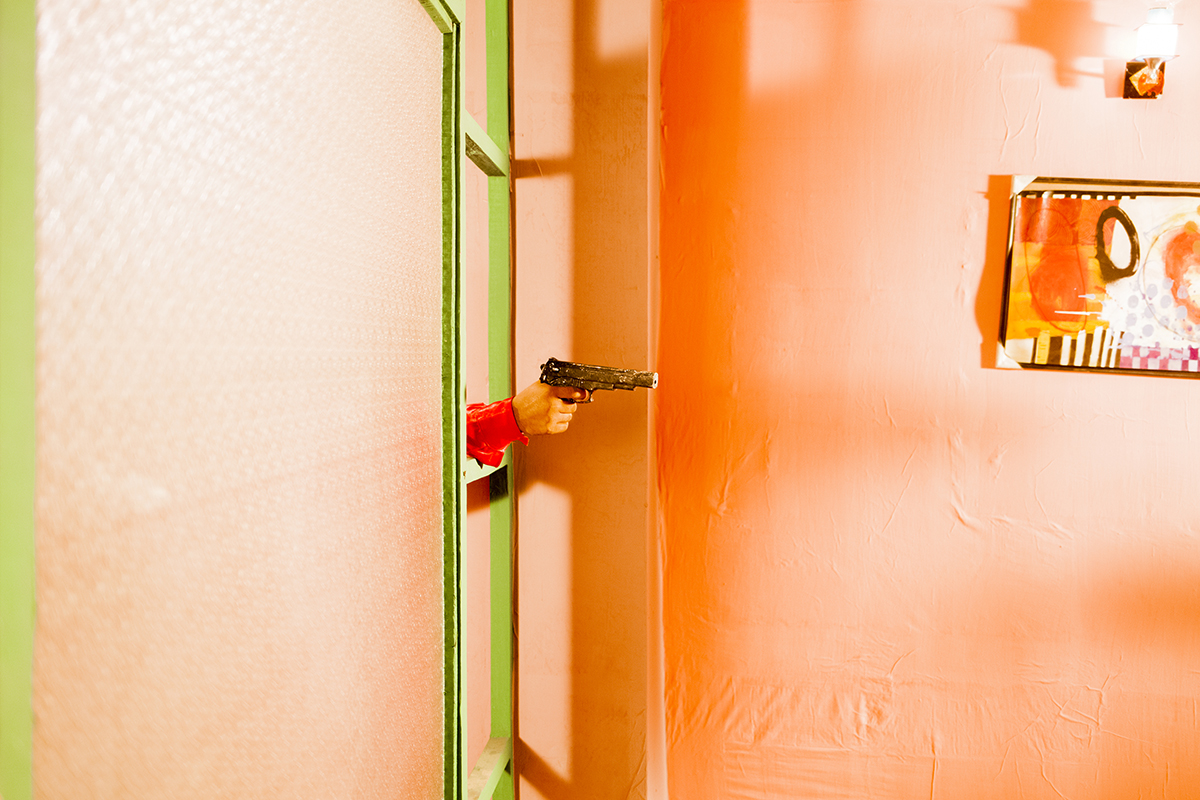
Love Kill, 2014-2015
© Sarker Protick, Courtesy of Sarker Protick
Photo by Sarker Protick
-
SATO Masaharu
1973‒2019
Sato is recognized for his video works presenting realistic images that evoke somewhat odd perceptions, with the use of the animation technique called “rotoscope,” tracing the frames of everyday scenery filmed on a video camera.
Exhibited in this Triennale is the series of his last paintings created with the similar technique to rotoscope, tracing the actual scenes from his last days. He held a solo show at the Hara Museum in Tokyo in 2016 and participated in “Roppongi Crossing” at the Mori Art Museum in Tokyo in 2019.
- Venue:
- Yokohama Museum of Art
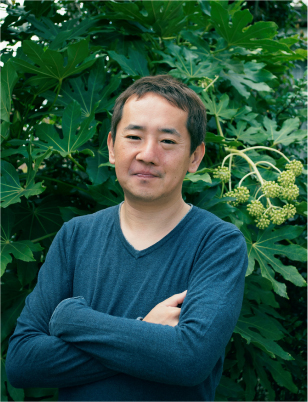
© Courtesy of Estate of Masaharu Sato and KEN NAKAHASHI
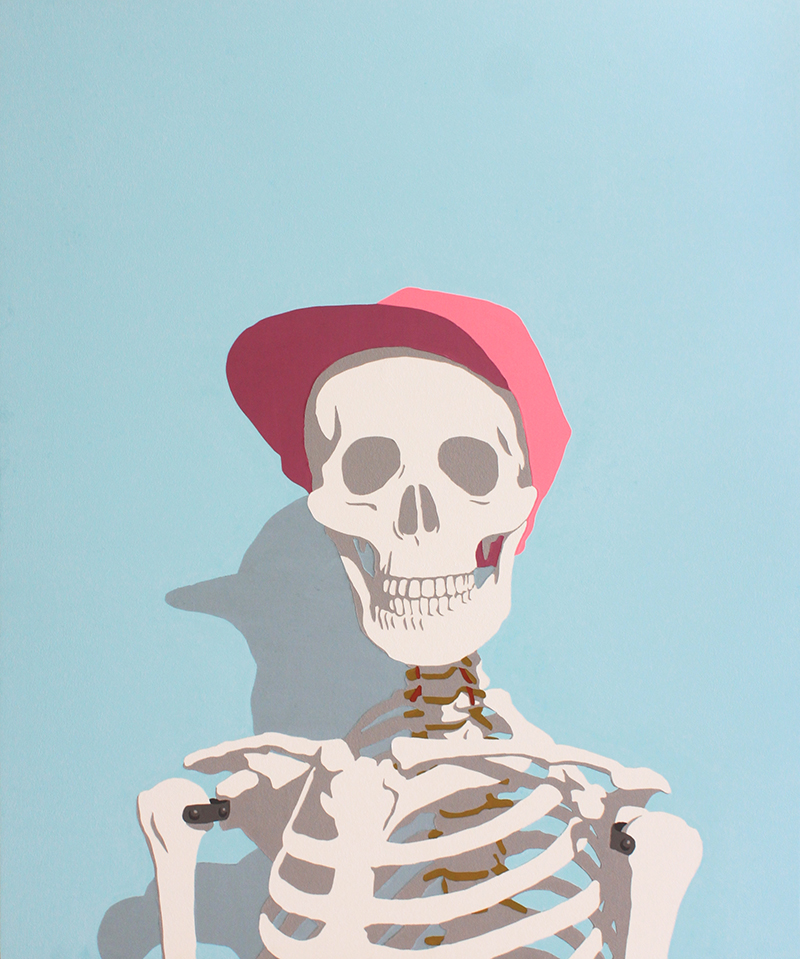
Skull, 2018
© Estate of Masaharu Sato, Courtesy of KEN NAKAHASHI
-
SATO Risa
Born in Tokyo in 1972. Lives and works in Yokohama.
Sato presents her large-scaled soft sculptures, which are at once abstract and intimate. She has placed them in public spaces both indoors and outdoors to consider the potential of creating communications through art works. She has also engaged in a number of workshops to produce collaborative works with the audience. Sato participated in Rokko Meets Art 2017 in Hyogo, and in 2019, Zou-no-hana Future Scape Project in Yokohama and Srishti Interim 2019, among others.- Venue:
- Yokohama Museum of Art / PLOT48
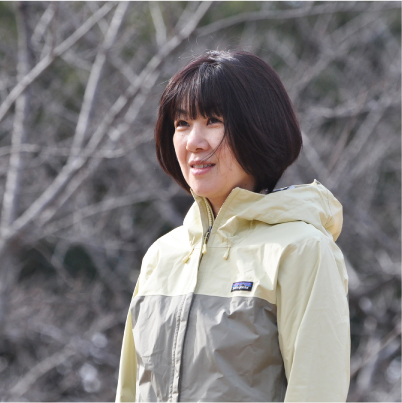
Photo by Seiichiro Sato
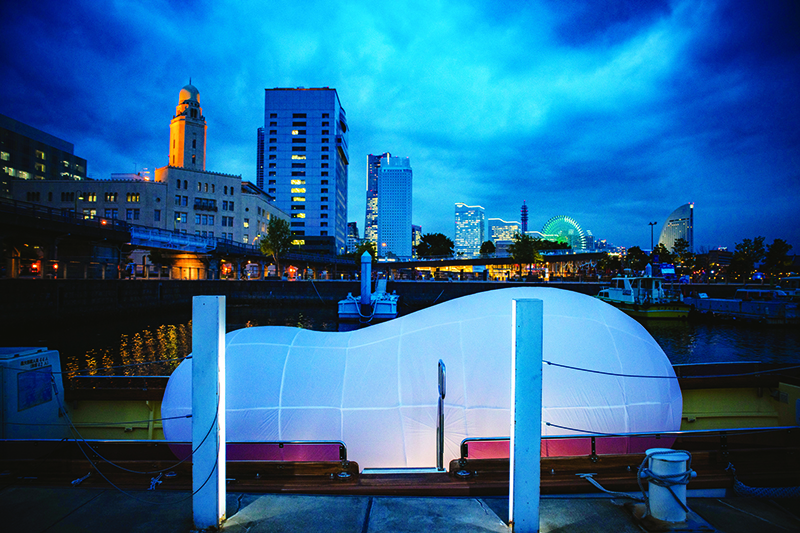
I who am empty again today #1, 2019
© Risa Sato, Courtesy of ZOU-NO-HANA TERRACE
Photo by 427FOTO -
Renu SAVANT
Born in 1981 in Mumbai, India. Lives and works in Ratnagiri and Mumbai.
Savant has worked as journalist, researcher and assistant director in Mumbai before joining the Film and Television Institute of India as a student of Film Direction. During her time in the institute, she received Special Jury Mention at the National awards in 2012 for her second year film project, Airawat, and won the Golden Lotus for Best Direction for her film, Aaranyak, in 2015 among other awards in film festivals. She received the Early Career Fellowship from the Tata Institute of Social Sciences, School for Media and Cultural Studies, in 2014 enabling her to produce a four-hour video documentary chronicle, Many Months In Mirya, which tells the stories of people living on the west coast of India in the Marathi language. The film received the John Abraham National Award for Best Documentary (India) in 2017.
- Venue:
- PLOT48
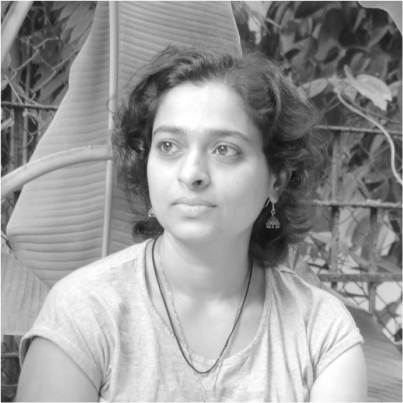
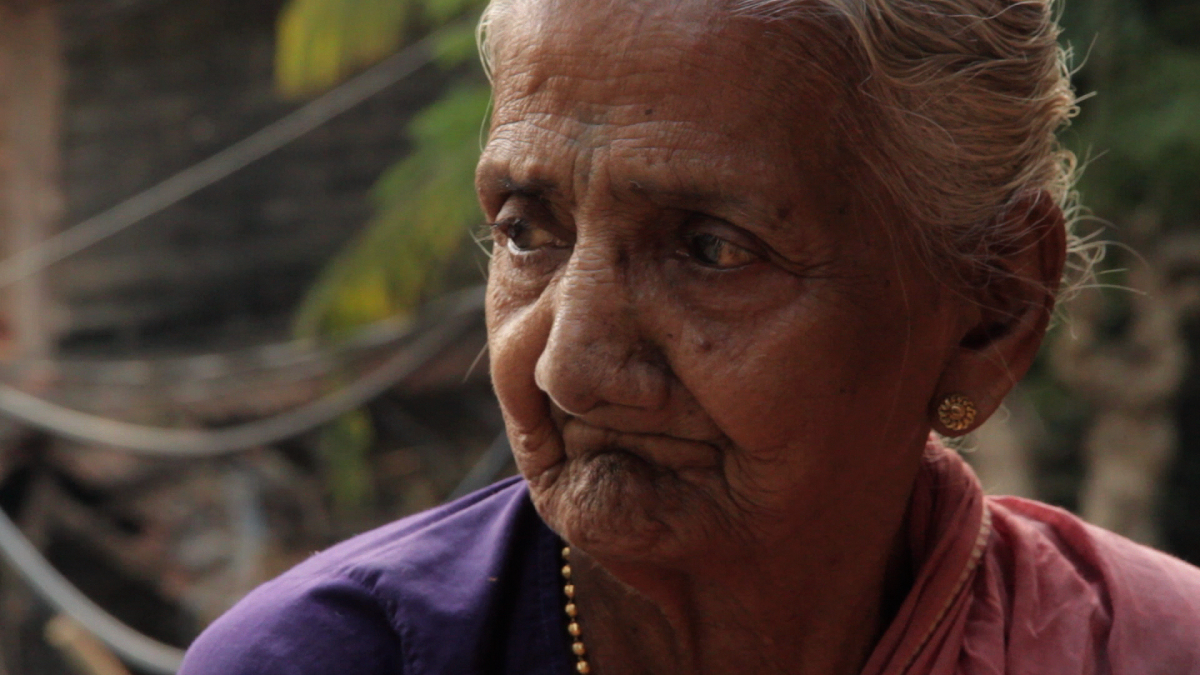
MANY MONTHS IN MIRYA (still), 2017
© Renu Savant, Courtesy of Renu Savant
-
Ish SHEHRAWAT (Ish S)
Born in 1978 in New Delhi, India. Lives and works in New Delhi. Shehrawat is a composer, sound artist, curator and musician, and his primary fields of interest are sound art and installations, along with electro-acoustic and improvised music. Trained as a classical guitar player, he has produced various sound art installations, albums and composed music for independent short films, plays, performances and contemporary dance recitals worldwide. He also curates the Sound Reasons Festival for sound art and experimental electronic music, which has taken place in India and the South Asia region since 2012. For this Triennale, collaborating with Venzha Christ, an Indonesian new media producer, he presents Sound Reasons for Episōdo 07 for the first time in Japan.
- Venue:
- Yokohama Museum of Art
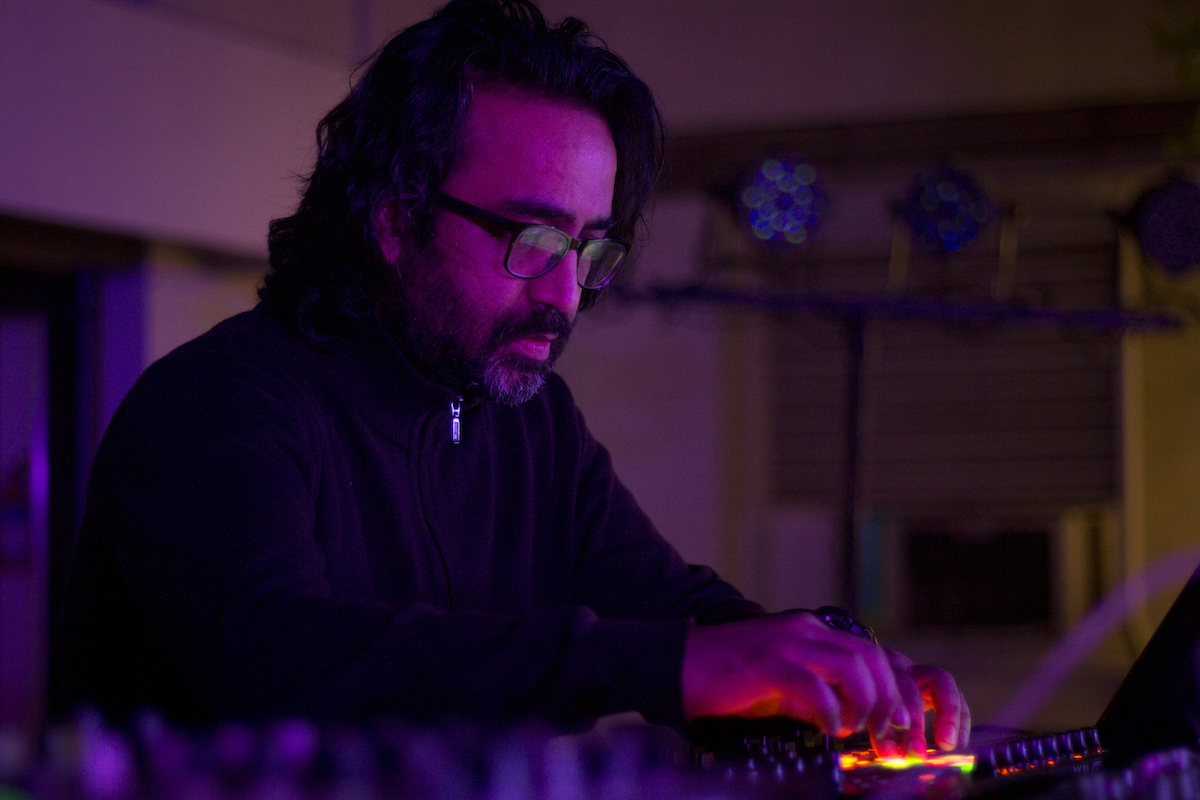
Photo by Varun Sharma
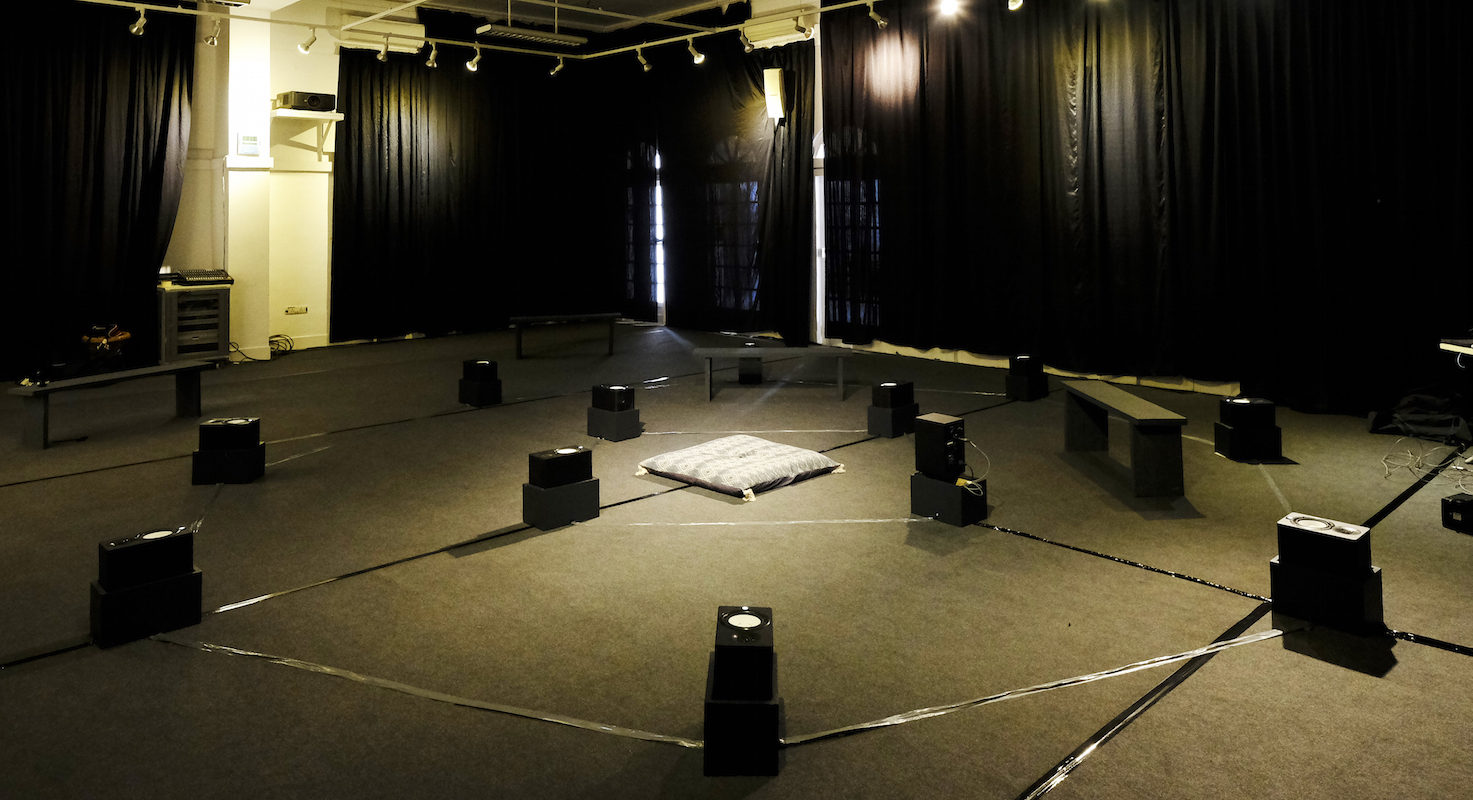
An Octagon and a Square - II, 2020
© Sound Reasons, Courtesy of the artist
Photo by Ish S -
Tsherin SHERPA
Born in 1968 in Kathmandu, Nepal. Lives and works in Kathmandu and Oakland.
Sherpa studied traditional Tibetan thangka painting with his father Master Urgen Dorje. He was involved in several thangka and monastery mural painting projects in Nepal.
Sherpa immigrated to California in 1998 and started to develop his own style, using vibrant colors on flat surfaces, by reinterpreting traditional tantric motifs, symbols and colors, and explore his identity reflecting his diasporic experiences. Sherpa has participated in numerous exhibitions in the USA, Europe and Asia including the Asia Pacific Triennial of Contemporary Art in Australia in 2015, the Kathmandu Triennale in Nepal in 2017 and the Yinchuan Biennale in China in 2018.
- Venue:
- Yokohama Museum of Art
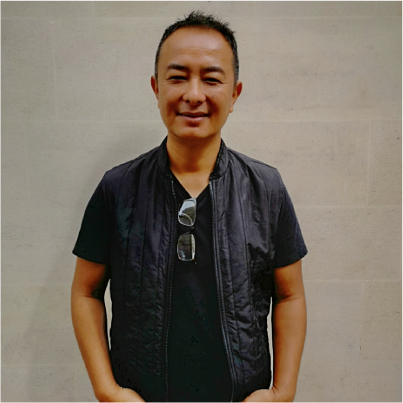
Photo by Mike Peckett
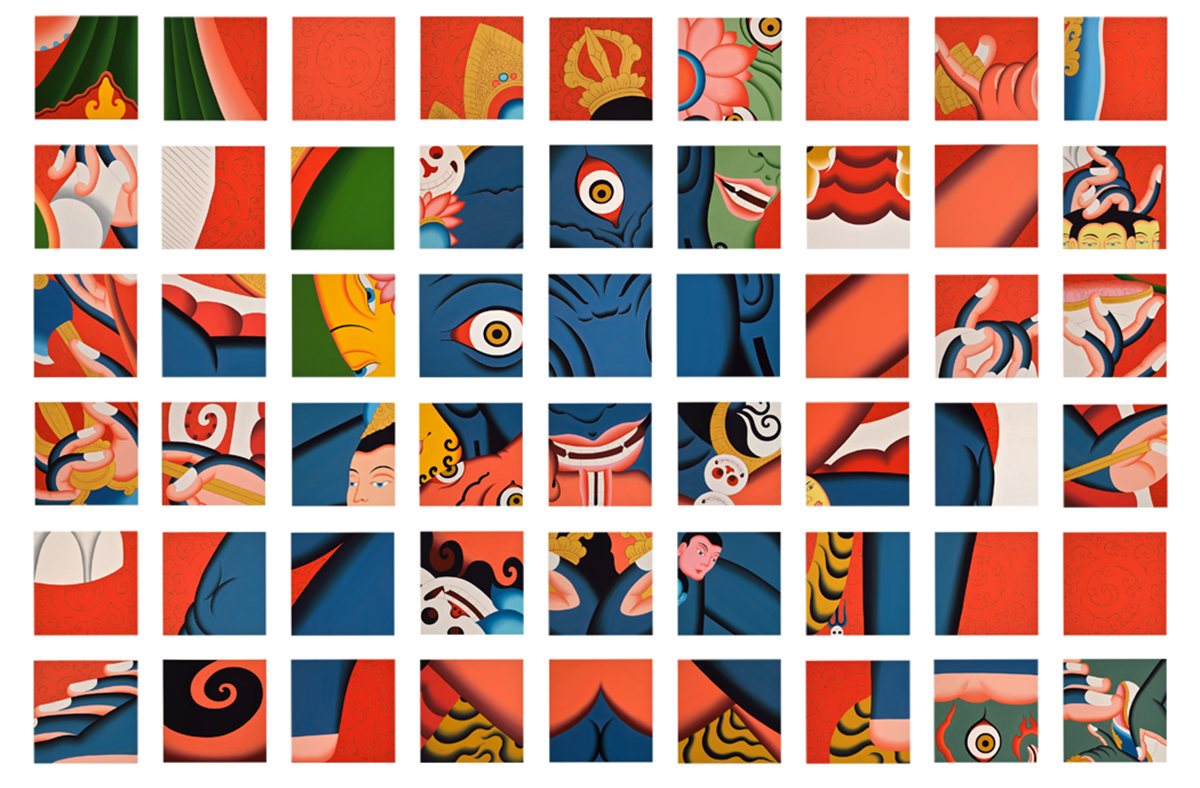
54 VIEWS OF WISDOM AND COMPASSION, 2014
© Tsherin Sherpa, Courtesy of the artist and Rossi and Rossi Gallery
-
SHINTAKU Kanako
Born in 1994 in Oita, Japan. Lives and works in Kyoto.
Shintaku paints on her naked body as an act of reassuring herself that she is alive and presents the practice in her photographs and performances. She finished her master in Fine and Applied Arts Field, Kyoto University of Art and Design in 2019 and received Marunouchi Prize (Audience Prize), Art Award Tokyo Marunouchi 2019.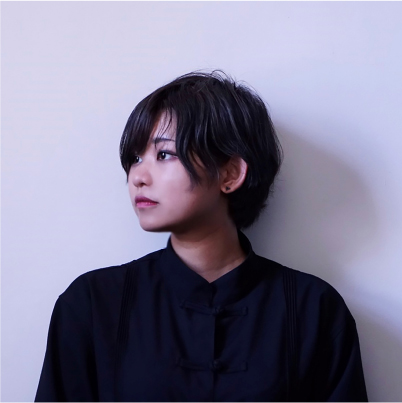
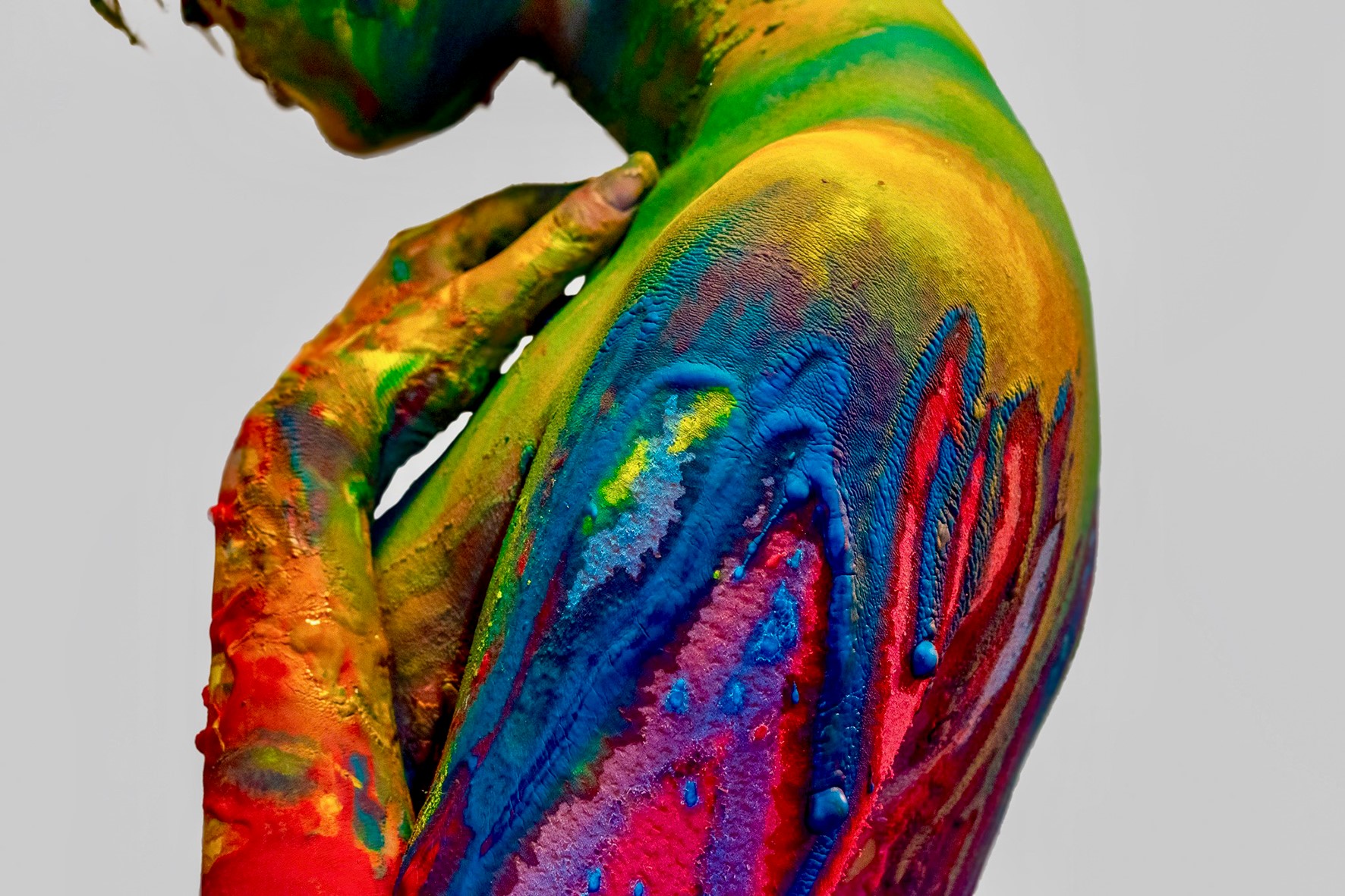
I’m still alive, 2019
-
Elias SIME
Born in 1968 in Addis Ababa, Ethiopia. Lives and works in Addis Ababa.
Sime dislocates the usage and the meaning of everyday materials to transform and assemble them into works of art. Exhibited in this Triennale is a group of works intricately composed of computer keyboards, motherboards and electrical wires that constitute tableaux-like works as the series “Tightrope.” His major solo exhibition was held at the Ruth and Elmer Wellin Museum of Art of the Hamilton College in 2019 and is planning to travel to museums in the USA and Canada. Sime is shortlisted for the Hugo Boss Prize 2020.
- Venue:
- Yokohama Museum of Art
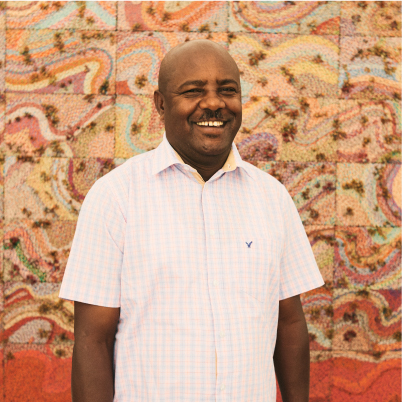
Photo by Brett Moen
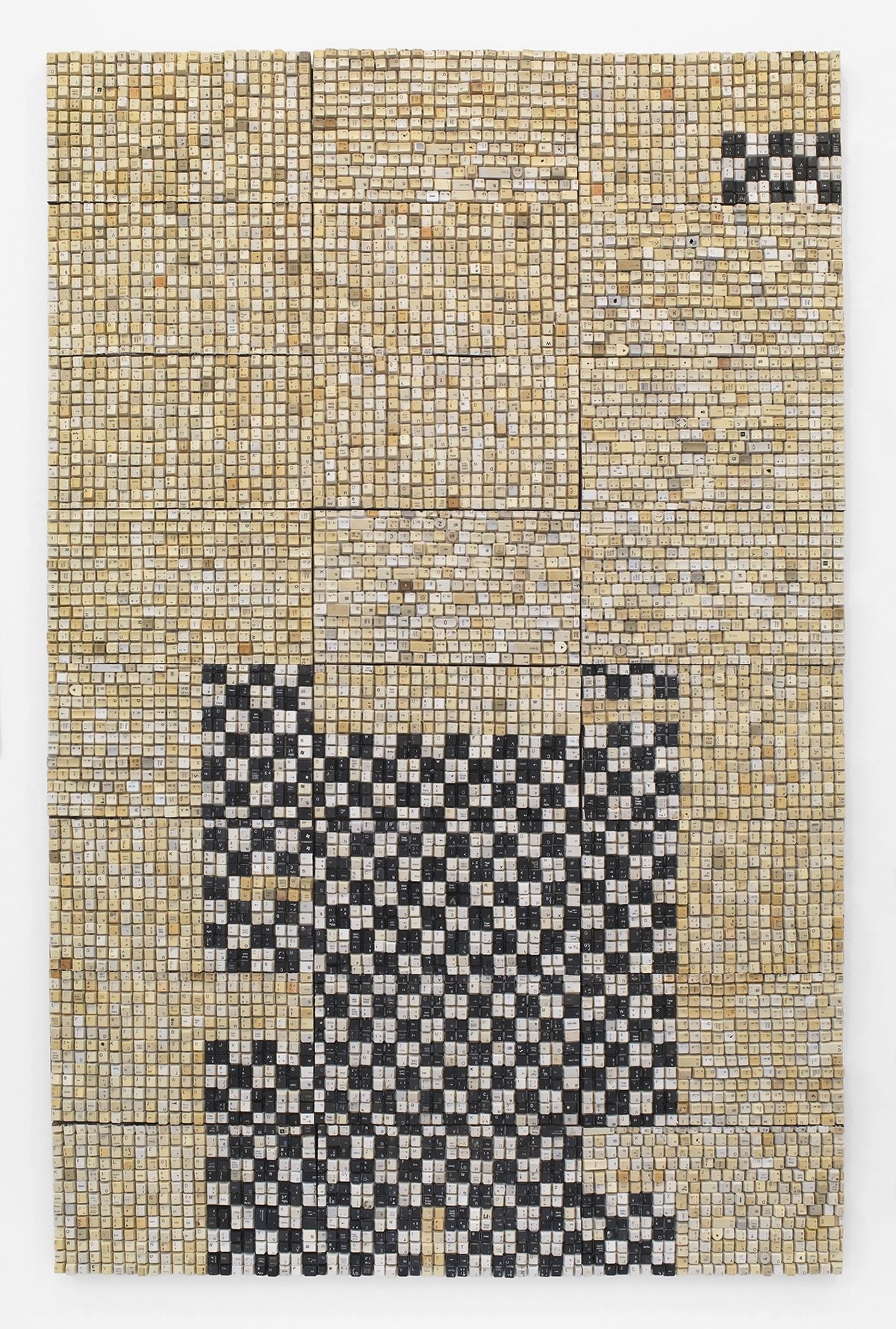
TIGHTROPE: (17) While Observing…, 2018
© Elias Sime, Courtesy of the artist and James Cohan, New York
-
Rayyane TABET
Born in 1983 in Achkout, Lebanon. Lives and works in Beirut.
Drawing from his personal experience and self-directed research, Tabet explores stories that offer an alternative understanding of major socio-political events through individual narratives. For the Triennale, Tabet shows one work from his ongoing series “Fragments,” which began in 2016. In this work, Tabet makes rubbings of fragments of basalt reliefs, excavated in Tell Halaf, Syria by German archeologist Max von Oppenheim with whom Tabet’s great grandfather worked as a secretary in 1929, and reveals the complex and contradictory journey these objects took since their excavation to arrive in museum collections across the world. His work was featured in several biennials, and his solo exhibition is currently on view at the Metropolitan Museum of Art in New York.- Venue:
- Yokohama Museum of Art
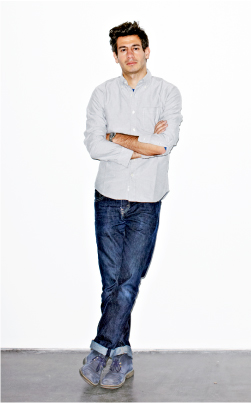
Photo by Douglas Friedman
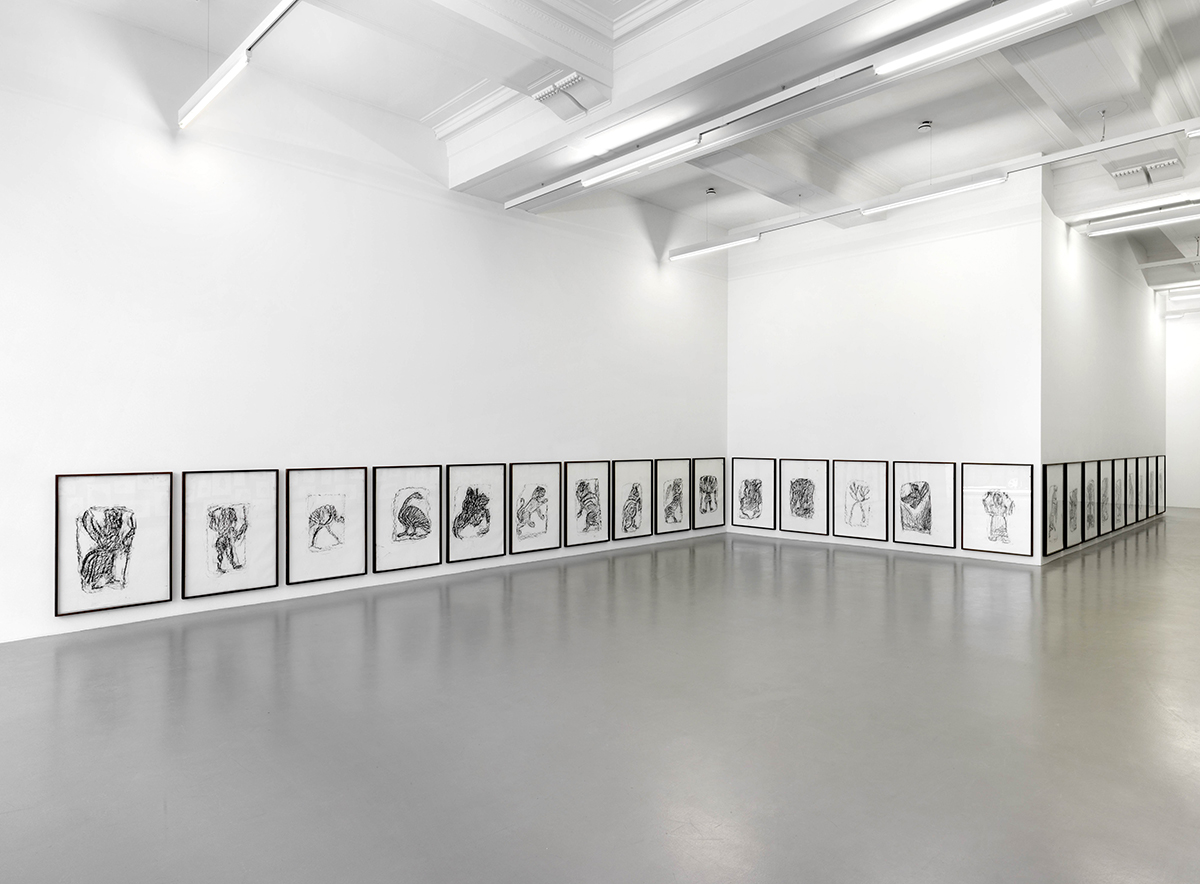
Orthostates, 2017-
© Rayyane Tabet, Courtesy of the artist and Sfeir-Semler Gallery Beirut / Hamburg
Photo by Jen Ziehe
-
TAKEMURA Kei
Born in 1975 in Tokyo. Lives and works in Gunma.
Takemura’s interest in families, records and things that have been lost are presented in forms and acts of sewing and embroidering. She is known with the installation work, in which she covers photographs and drawings under a layer of embroidered cloth and the “Renovated Series,” in which she traces and mends the broken part of pottery with silk threads. Her recent works explore time and memories intersecting the past and the present, using fluorescent silk, which is genetically modified with Green fluorescent Protein found in Aequorea Victoria. She participated in the Biennale of Sydney in 2006 and “Nagashima Yurie × Takemura Kei ‘Now and Then’ ” at the Museum of Modern Art, Gunma in 2019 among others.- Venue:
- Yokohama Museum of Art
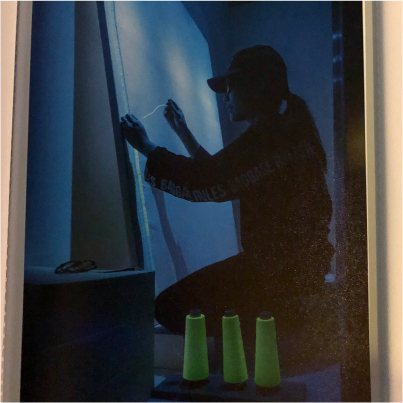
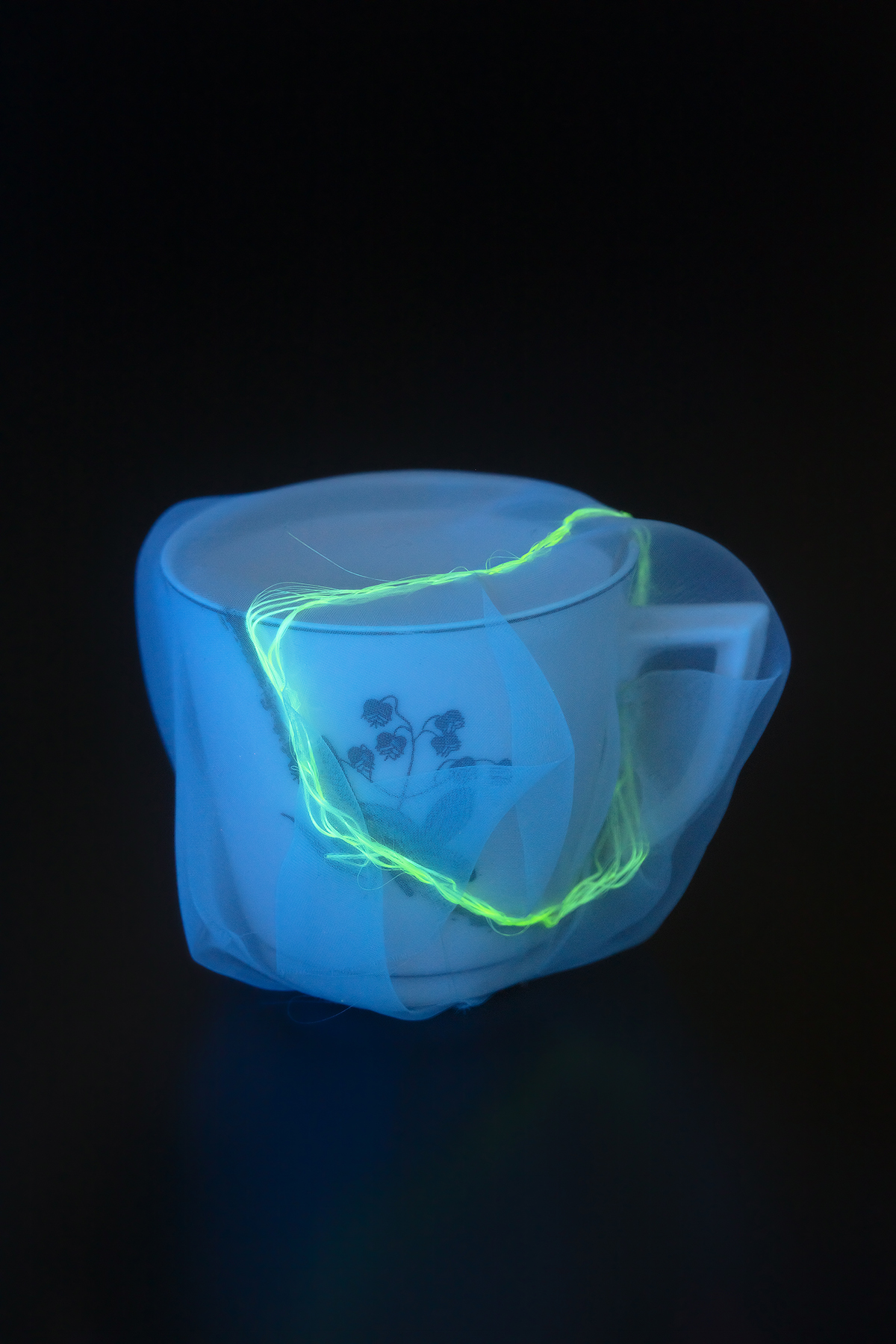
Renovated:Y.N.’s Coffee Cup, 2018
© Kei Takemura
Photo by Kigure Shinya
-
TAMURA Yuichiro
Born in 1977 in Toyama, Japan. Lives and works in Kyoto.
Tamura’s work centers on installations and performances derived from his thorough research and deep insight on existing images and objects. Tamura creates multilayered narratives, containing a mixture of fact and fiction, based on a wide range of sources from indigenous histories to well-known popular subjects. His works were exhibited in “BODY/PLAY/POLITICS” at the Yokohama Museum of Art in 2016 and the Asian Art Biennial in Taiwan in 2019.
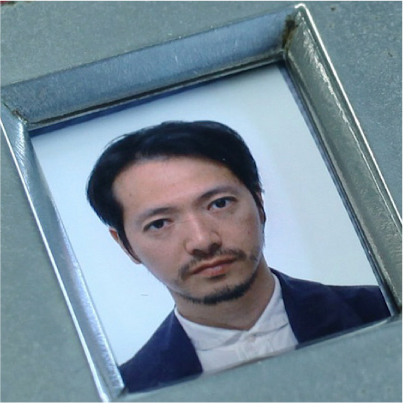
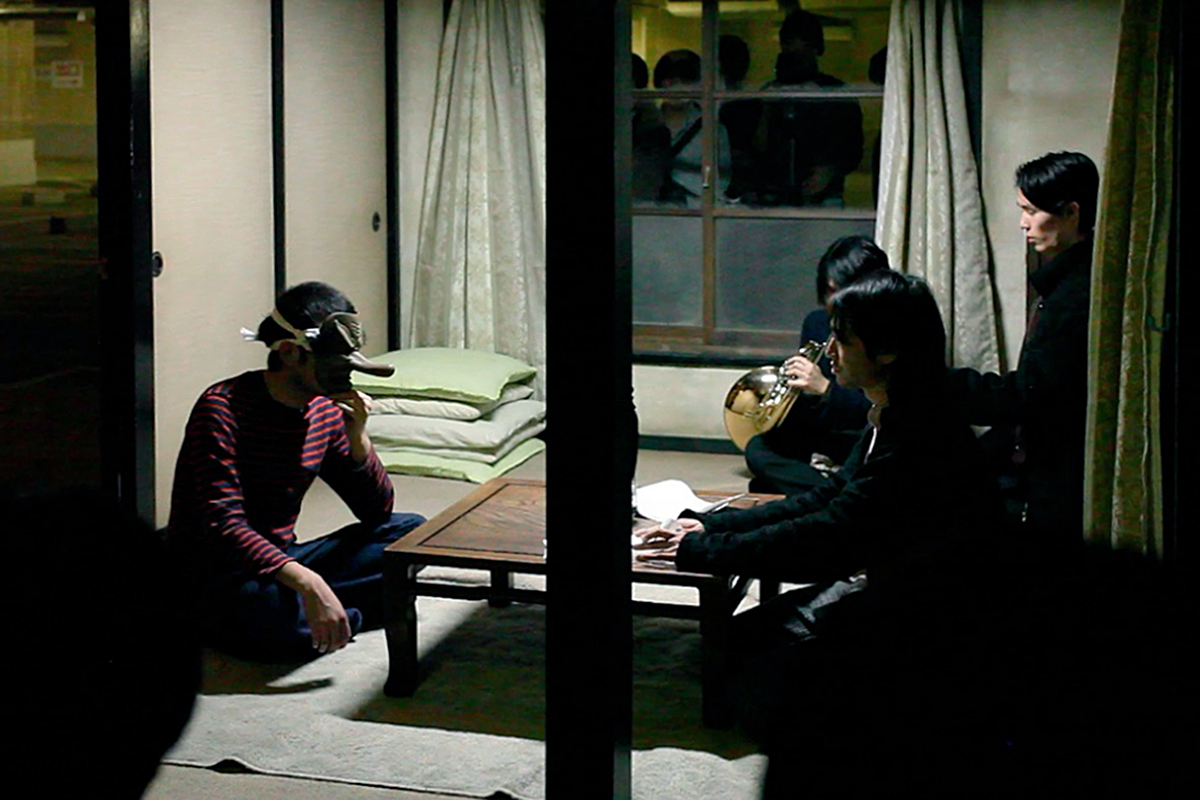
Deep Marsh, 2013
-
Dennis TAN
Born in 1975 in Singapore. Lives and works in Singapore and Tokyo.
Tan modifies, shifts and reassembles everyday items, found objects and the surroundings into works of art, questioning the border of art and everyday life. He combines the elements and creates sculptural works, installation and performance and brings fresh visions and observations to everyday situations. For this Triennale, Tan presents a bricolage and performance inspired by the experience he had on the street of a busy city. He participated in “There are too many episodes of people coming here...” at NUS Museum in Singapore in 2016 and the Singapore Biennale in 2019.
- Venue:
- PLOT48
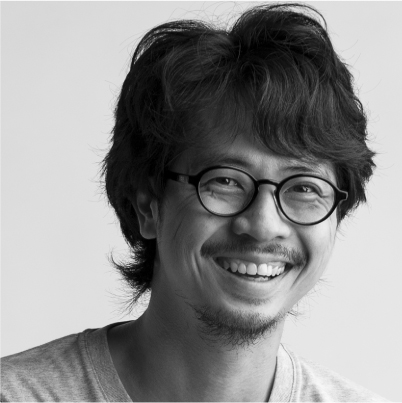
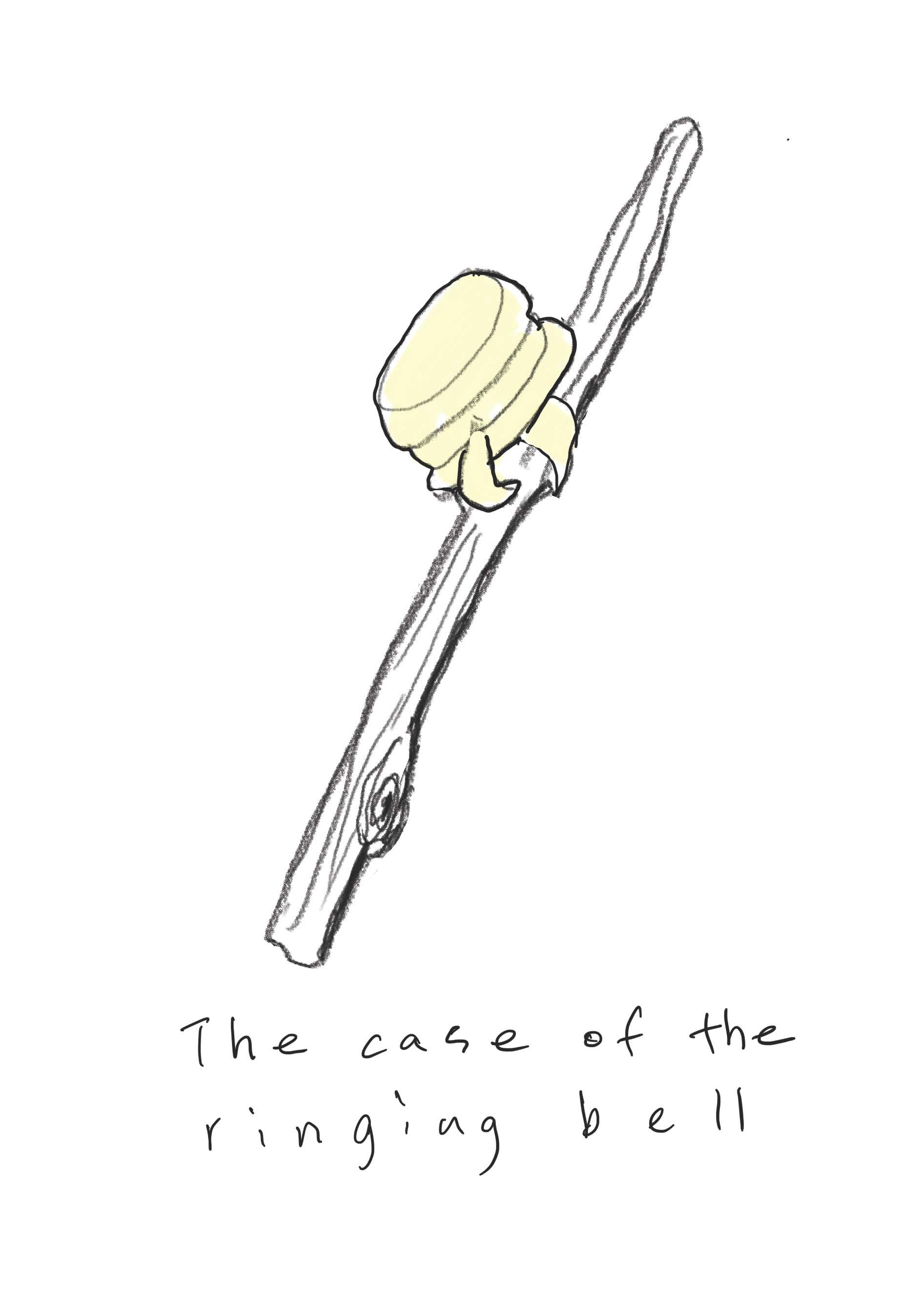
Drawing for The case of the ringing bell, 2020
-
Ali VAN
Born in 1986 in New York. Lives and works between Hong Kong and Minnesota.
Van practices axiology. Marking love, change, spirit, and trees, she often spells hand with feet, geometry freeing immersive thought in nature. Her commitment finds absolute through living architecture, gastronomic ancestry, silent geography, and manner song. Recent isolates include Robert Rauschenberg Foundation in Florida, Yaji Garden in China, SoART in Austria, and CCA Kitakyushu in Japan. Through Seawitch, Van founds Rolodex, a treatise dedicated to intrinsic porosity, kindred weather, and sovereign peoples.
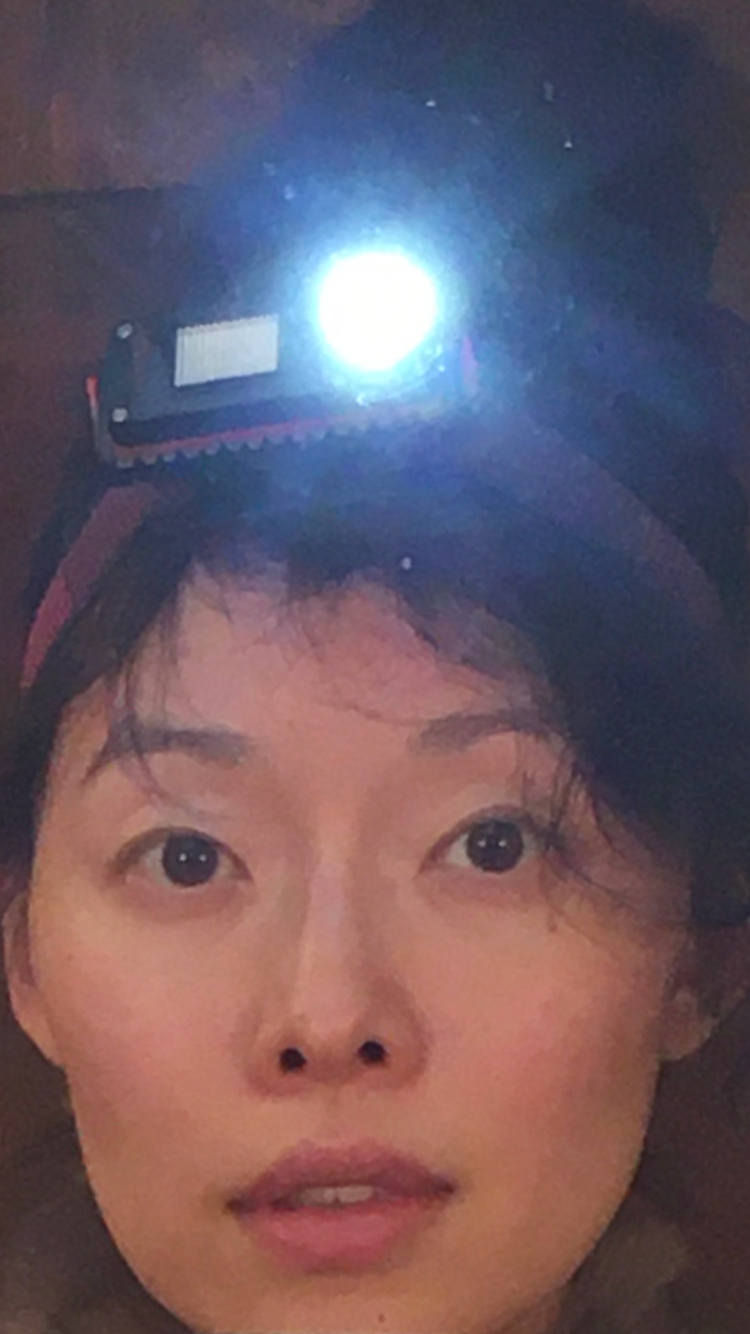
courtesy toward Ena Ashe
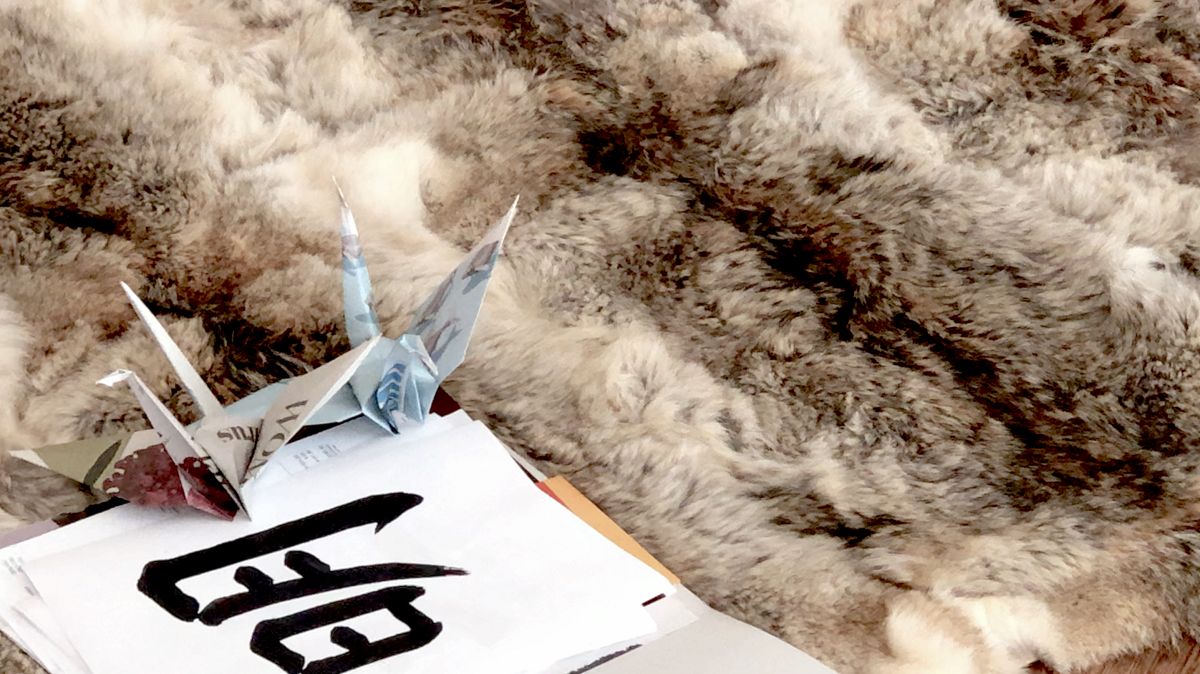
Land Lapse (still), 2020
© ali van
-
Venzha Christ
Born in 1973 in Banyuwangi, Indonesia. Lives and works in Yogyakarta. Christ is a founder of House of Natural Fiber (HONF), a new media art laboratory in Yogyakarta that has been active since 1999, where he explores a number of art projects that work towards the development of art, science, and technology for society. He has also been a director of the Indonesia Space Science Society (ISSS) since 2015. Christ has focused on space science and space exploration research since the beginning of his career and has actively created collaborative projects with more than forty institutions and universities in this field worldwide. His latest projects including NASA are MARS Desert Research Station - MDRS (2018) and Simulation of Human Isolation Research for Antarctica-based Space Engineering - SHIRASE (2019). For this Triennale, he presents an art installation that incorporates the science of radio astronomy, as a part of the collaborative project Sound Reasons with Ish Shehrawat (Ish S), a sound artist from India.
- Venue:
- Yokohama Museum of Art
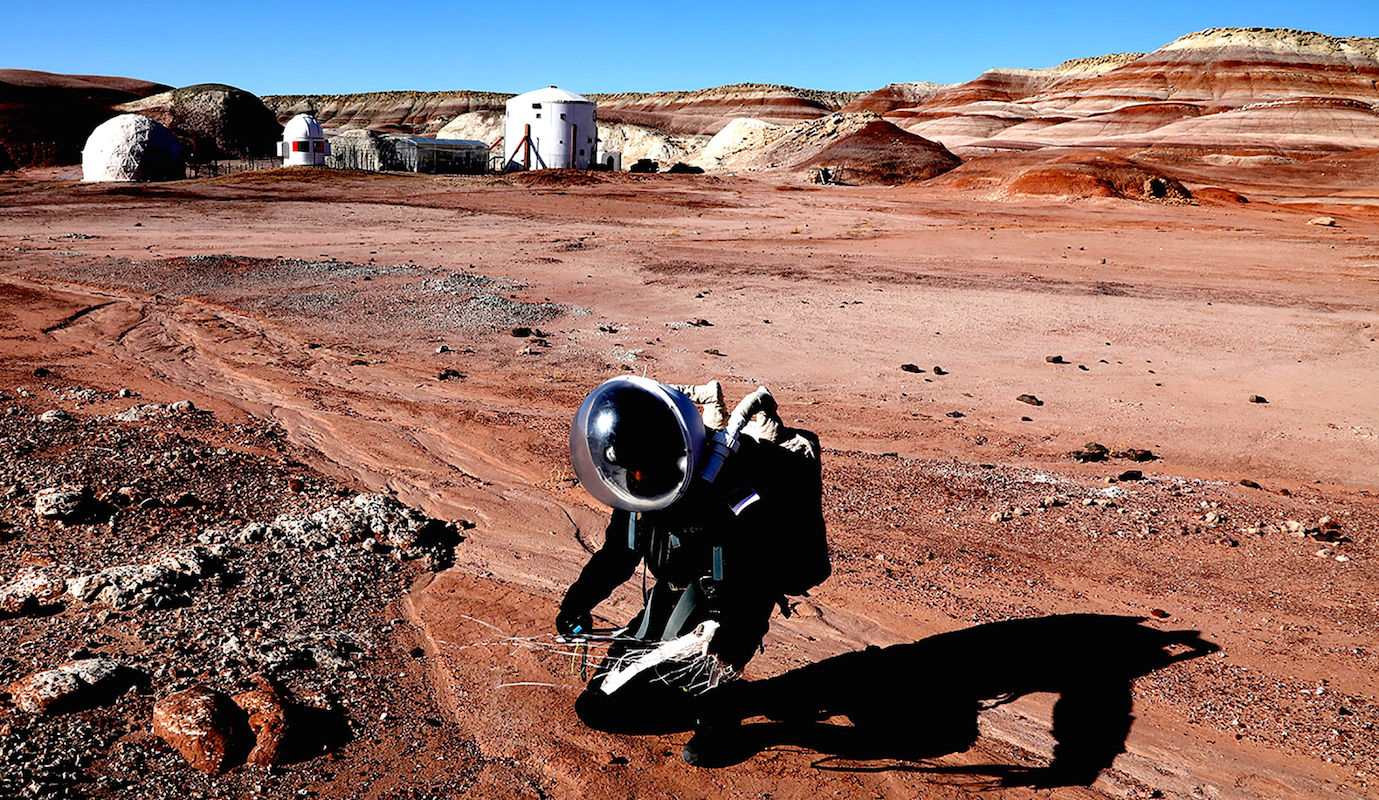
Photo by MDRS Crew191 TEAM ASIA
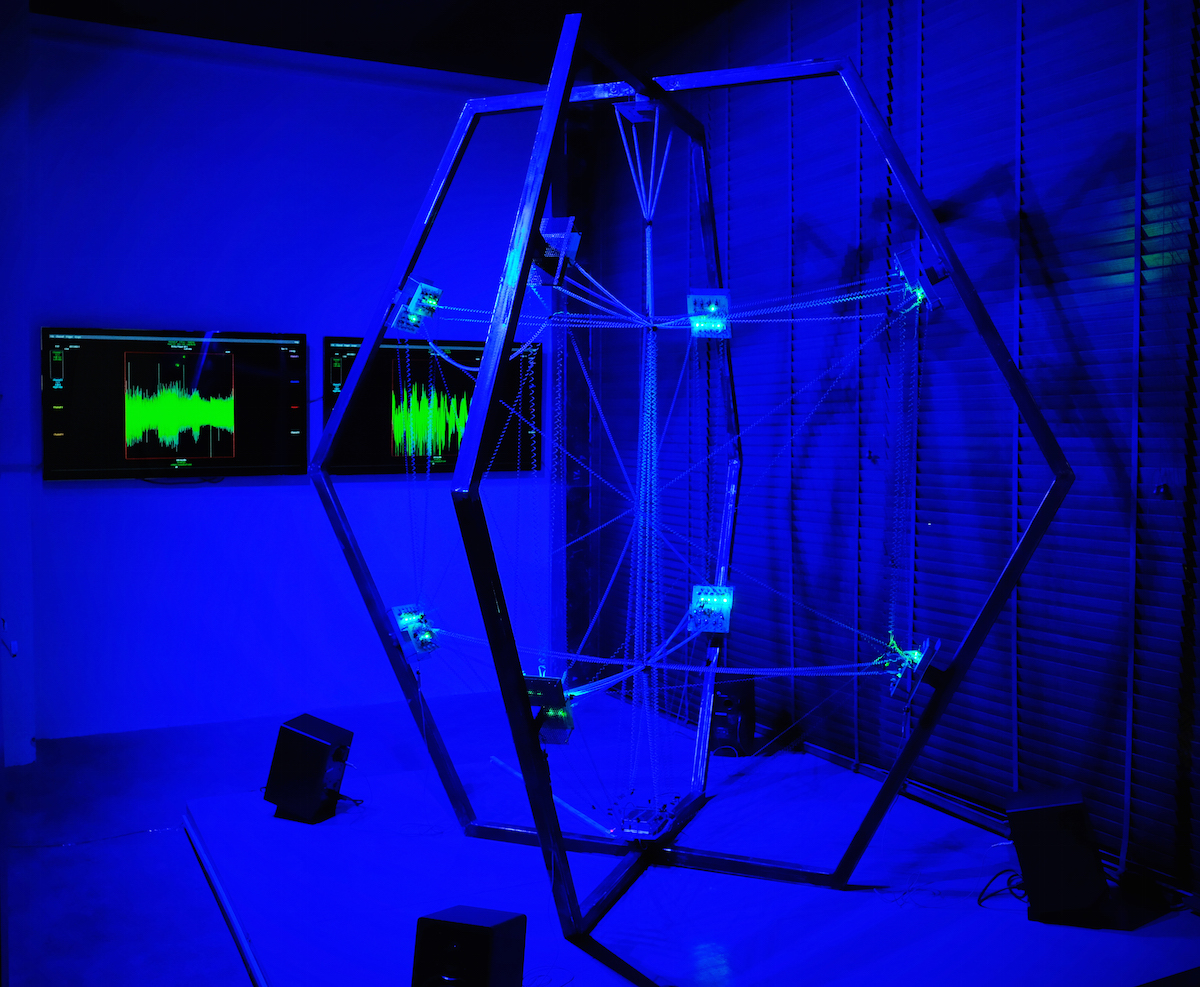
Evolution Of The Unknown #06, 2018
© 2018, Courtesy of Indonesia Space Science Society - ISSS
Photo by Venzha Christ and Yudianto Asmoro -
Anton VIDOKLE
Born in 1965 in Moscow, former Soviet Union, now Russia. Lives and works in New York and Berlin.
Vidokle is an artist and editor of e-flux journal. Recent works include a film trilogy centered on Russian Cosmism (2014‒2017). For this Triennale, he presents a film This Is Cosmos (2014) form the trilogy and a new work Citizens of the Cosmos (2019) that he filmed in Japan and Kiev as a continuum of his investigation on Cosmism. Vidokle's works were shown in dOCUMENTA (13) in 2012, the Shanghai Biennale in 2014, the Venice Biennale in 2015, and the Gwangju Biennale in 2016.
- Venue:
- PLOT48
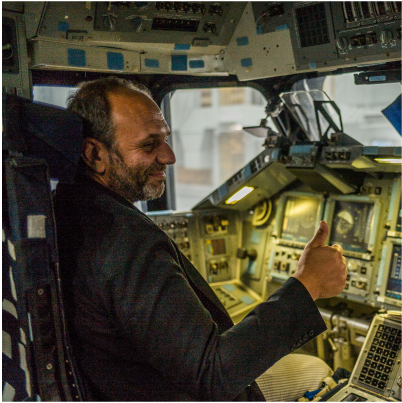
Anton Vidokle at NASA Space Center, Houston, 2018
Photo by Toby Kamps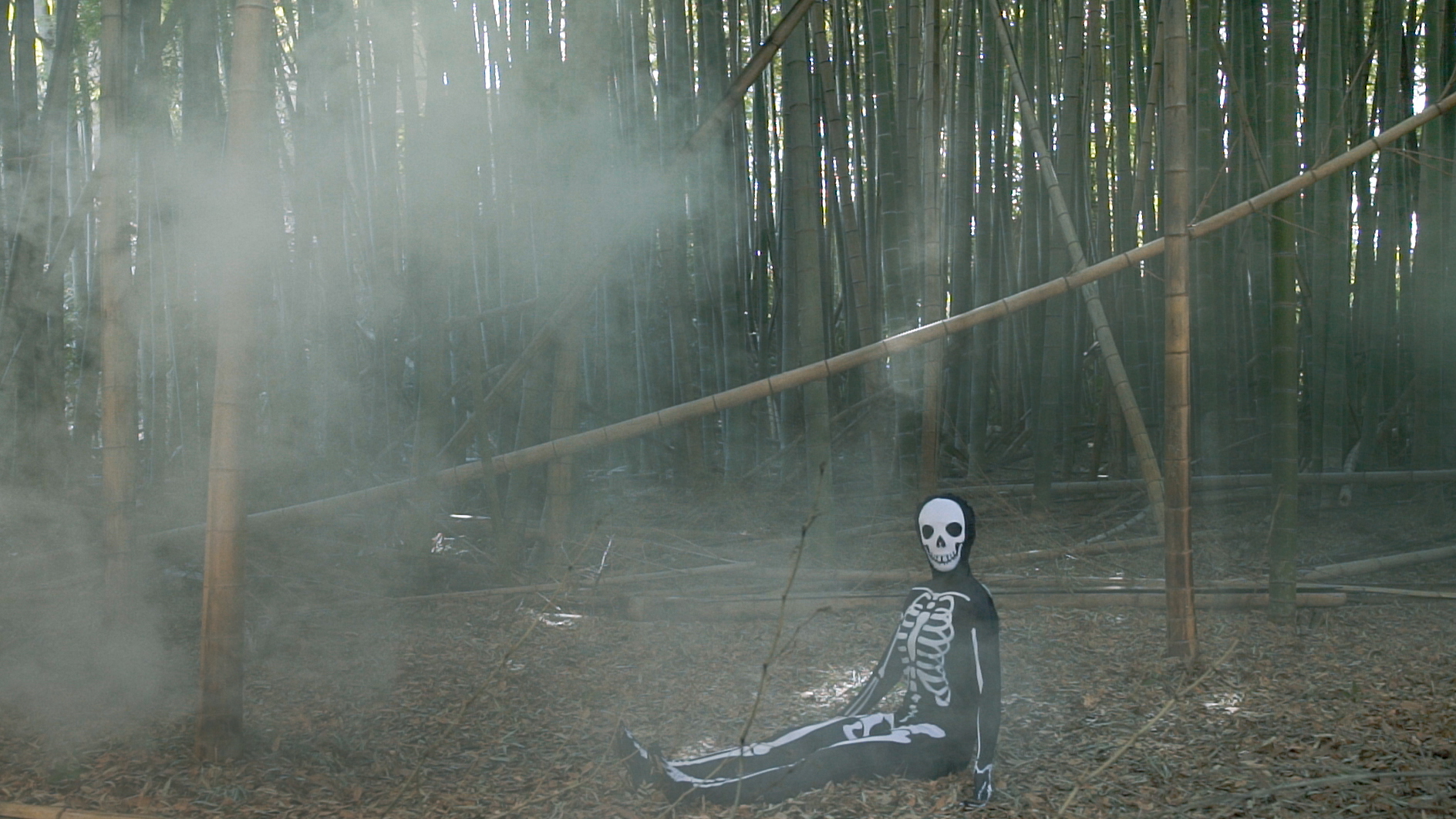
Citizens of the Cosmos (still), 2019
Courtesy of the artist, Asakusa and Vitamin Creative Space
-
Omer WASIM & Saira SHEIKH
Omer Wasim (born in 1988 in Karachi, Pakistan and lives and works in Karachi) & Saira Sheikh (1975‒2017) practiced together to reconfigure and re-articulate existing and complacent modes of critical engagement and artistic production in Pakistan. Their projects included fictional and factual readings of collected and constructed images and objects to witness, challenge and disrupt unitary readings of human ecologies, consumption, value and labor. For this Triennale, Raqs Media Collective brings their individual works together for the first time to make visible ideas of affective authorship, and how conceptual concerns and circumstantial details allow for the appellation of their collaborative practice to continue. In Yokohama, a rare drawing made by Sheikh in 2012 will be installed among recent sculptural and mixed-media works (2018‒2020) by Wasim.
- Venue:
- Yokohama Museum of Art
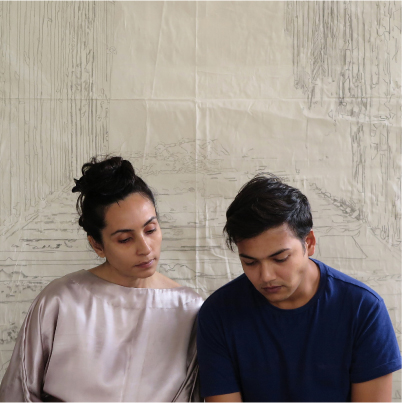
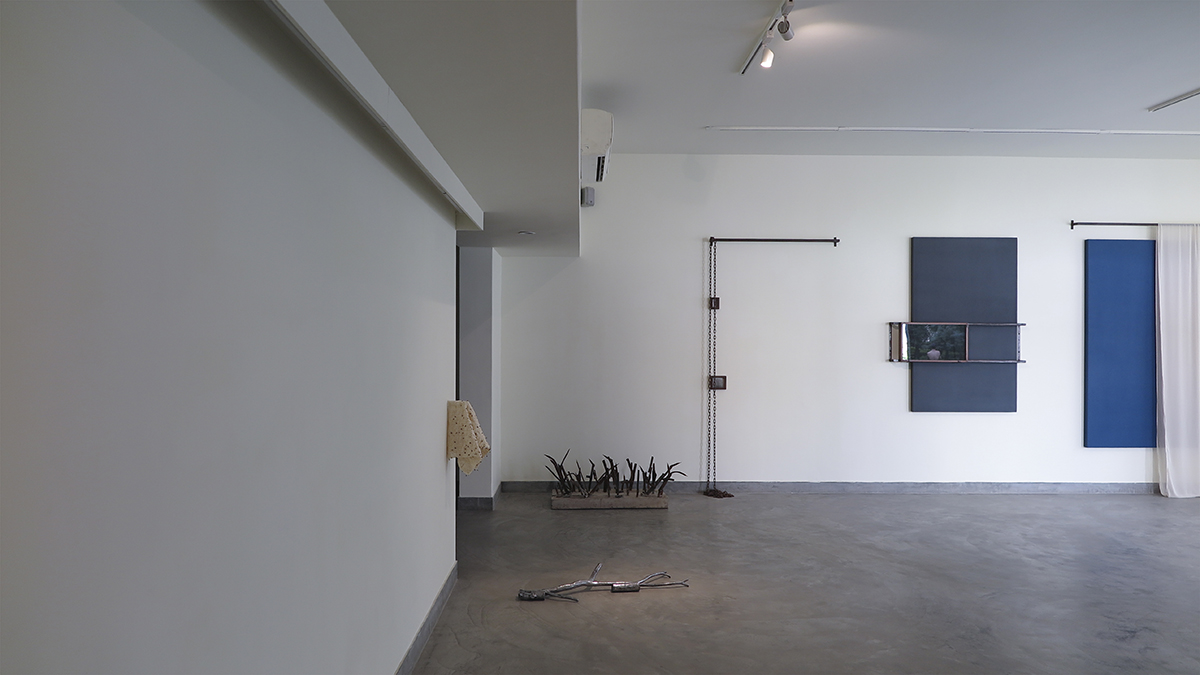
Installation view from As the Light Turns, 2018
© Omer Wasim, Courtesy of Omer Wasim
Photo by Omer Wasim
-
Michelle WONG
Born in 1987 in Hong Kong. Lives and works in Hong Kong.
Wong is a researcher and curator. As a Researcher at Asia Art Archive, her investigation focuses on histories of exchange and circulation through exhibitions and periodicals. She works on the archive of the late autodidact artist Ha Bik Chuen (1925‒2009), who documented and archived over 2,000 exhibitions during his lifetime. Wong’s writing has been published in Ambitious Alignments: New Histories of Southeast Asian Art, 1945‒1990 (Power Publications and National Gallery Singapore, 2018) and Oncurating (OnCurating.org, 2016). She is a 2019 Pernod Ricard fellow at Villa Vassilieff & Bétonsalon, Paris. She independently runs the long term curatorial/collective project Sightlines with artist Wei Leng Tay.- Episōdo artist:
- Merv ESPINA, PUGMENT
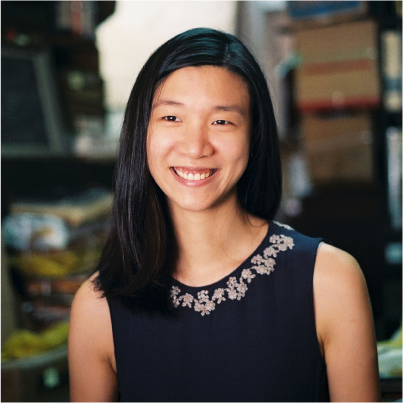
Photo by Luke Casey
-
Lantian XIE
Born in 1988. Lives and works in Dubai, UAE.
Xie makes images, objects, stories, jazz bands, motorcycles, books, parties, wagers, meetings, interviews, stockpiles, photocopiers, plastic bags, paper bags, water bottles, cigarettes, ashtrays, taxidermy peacocks, beer, parking spaces, plastic chairs, itineraries, deliveries, documents, compressed air, packing solutions, loose change. Xie's works were shown in the Kochi-Muziris Biennale in 2016, the Venice Biennale in 2017, and the Sharjah Biennial in 2019.
- Venue:
- Yokohama Museum of Art
- Episōdo artist:
- Merv ESPINA, PUGMENT
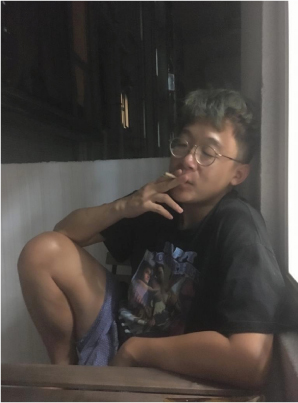
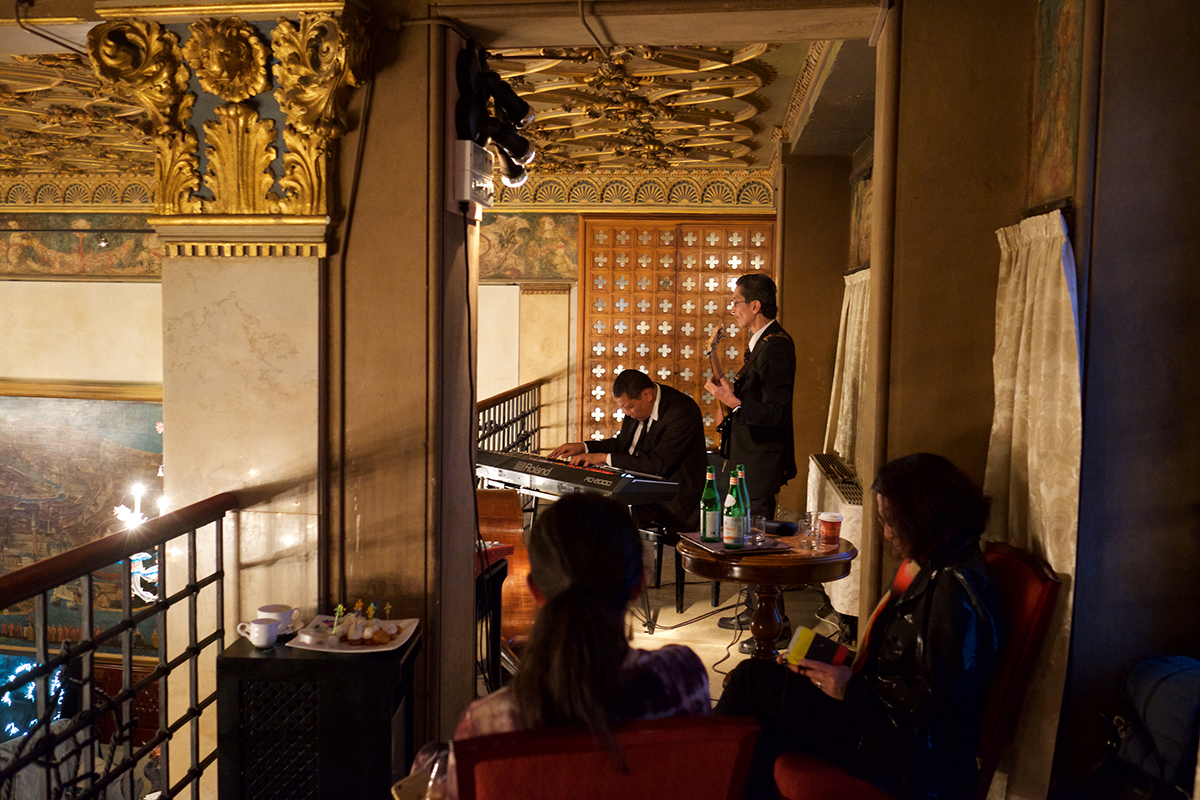
A rumble interrupted our chat (detail), 2017
Courtesy of the artist and Grey Noise, Dubai
-
ZHANG XU Zhan
Born in 1988 in Taipei. Lives and works in Taipei.
Zhang Xu’s work incorporates drawing, hand-made puppets and dioramas to create stop-motion animations and installation. Born into a paper-crafting family specialized in making paper sculptures for religious rituals or funerals, he uses paper as materials to produce works depicting the activities of bizarre creatures, which reflect the social situation as symbolized by the decline of his family business. Zhang Xu introduces his new video installation in the Triennale. He participated in the Shanghai Biennale in 2018, the Asian Art Biennial in Taiwan in 2015, and the APT Cinema at the Asia Pacific Triennial of Contemporary Art in Australia in 2012.- Venue:
- Yokohama Museum of Art
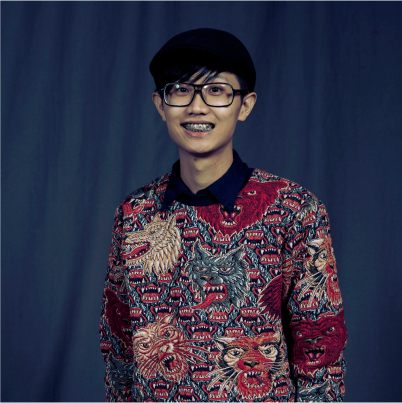
Courtesy of ZHANG XU Zhan & Golden Horse Film Festival
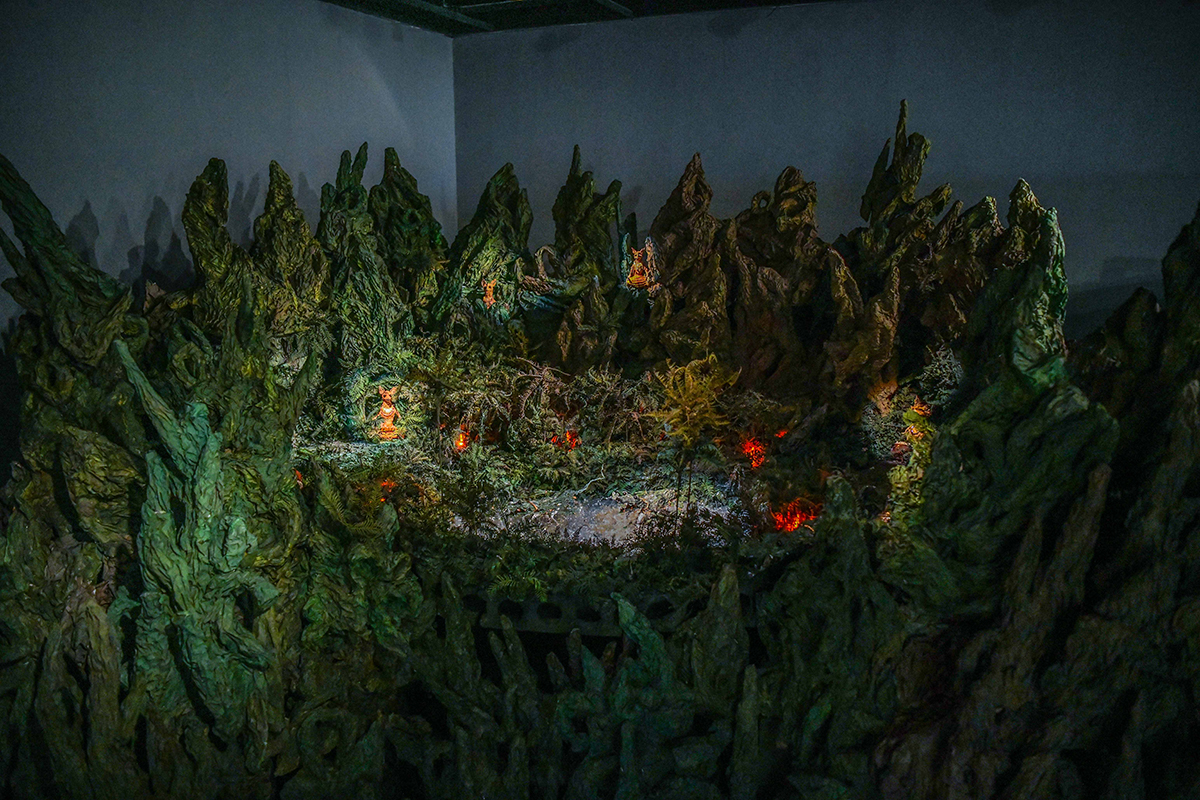
Animal Story series, 2019-2020
© ZHANG XU Zhan & Project Fulfill Art Space
Courtesy of ZHANG XU Zhan & Project Fulfill Art Space
-
ZHENG Bo
Born in 1974 in Beijing, China. Lives and works in Lantau Island, Hong Kong.
In his practice and teaching, Zheng is committed to multispecies vibrancy. He investigates the past and imagines the future from the perspectives of marginalized communities and marginalized plants. He creates weedy gardens, living slogans and eco-queer films to cultivate ecological wisdom beyond the end of the world. In this Triennale, Zheng will exhibit the series Pteridophilia, imagining intimate relations between queer plants and queer humans. He participated in the Shanghai Biennale in 2016 and the Taipei Biennial and Manifesta 12 in 2018. He held a solo exhibition at the Kyoto City University of Arts Art Gallery @KCUA in 2019.
- Venue:
- PLOT48
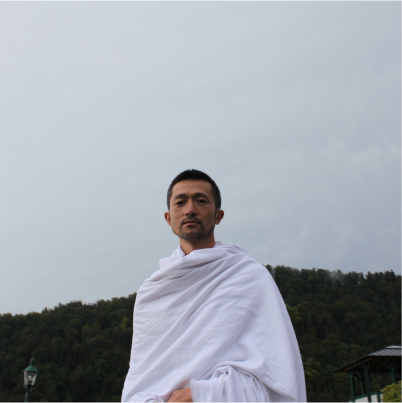
Courtesy of the Artist and Edouard Malingue Gallery
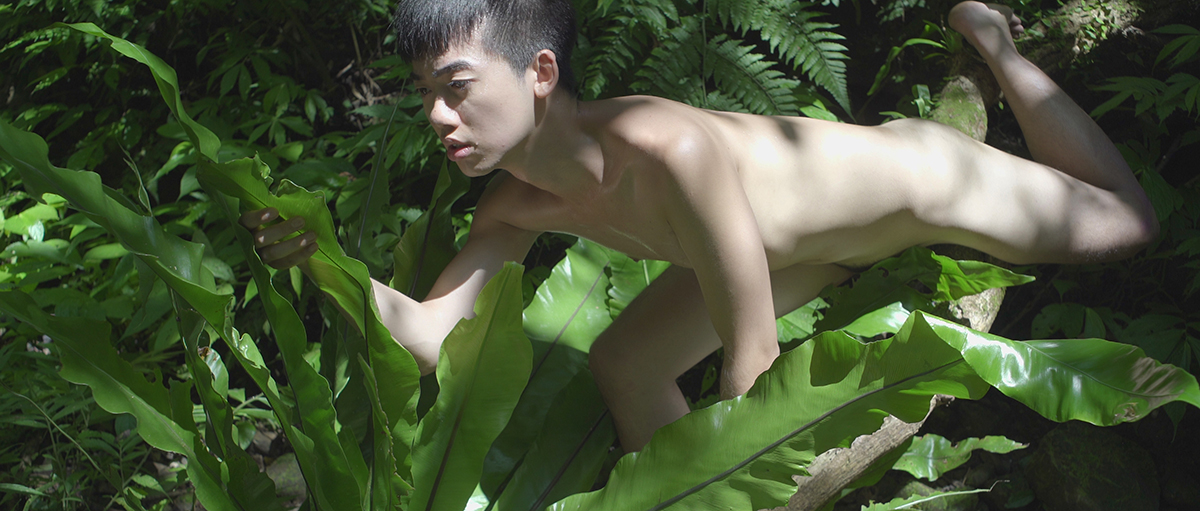
Pteridophilia I, 2016
Courtesy of the Artist and Edouard Malingue Gallery


